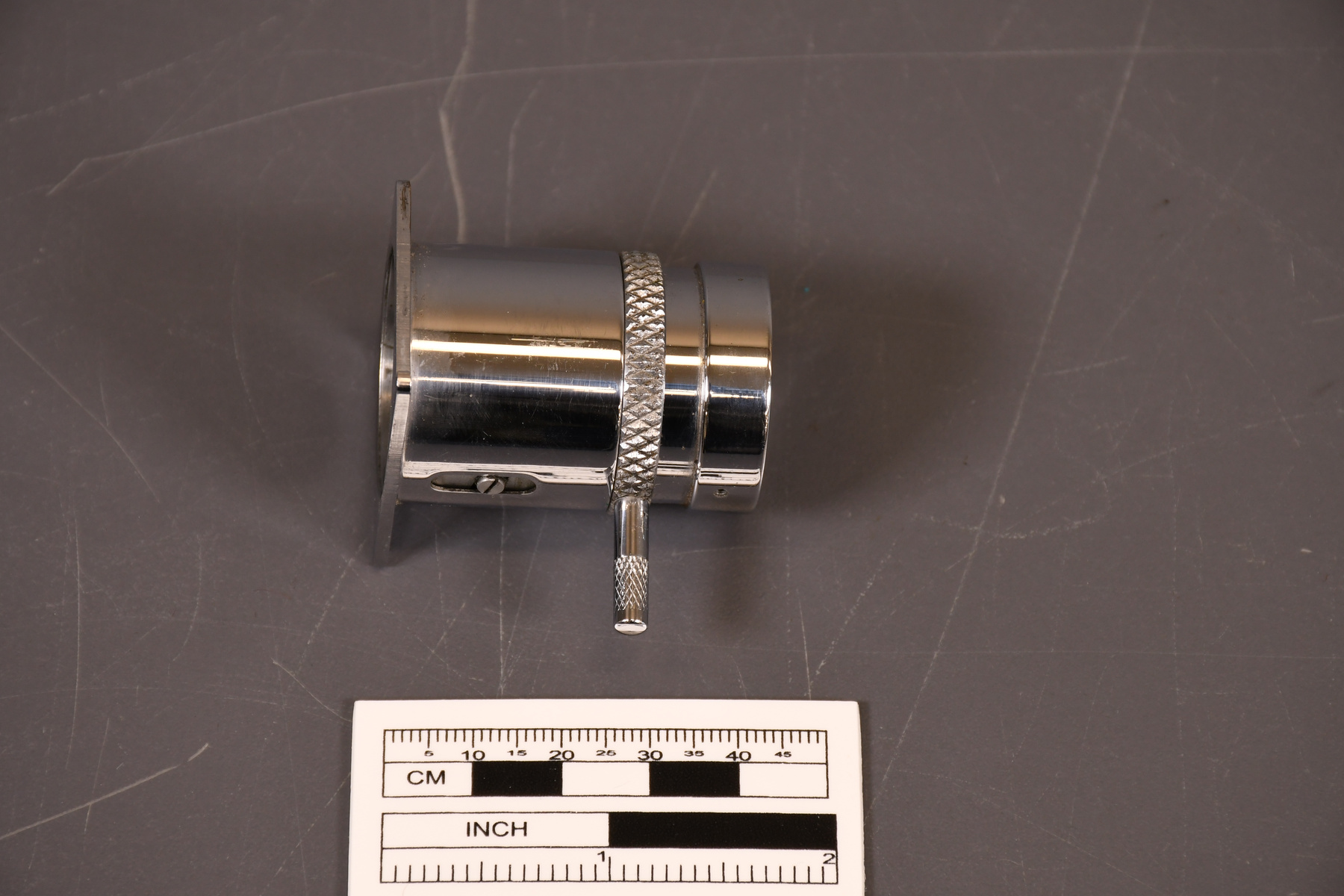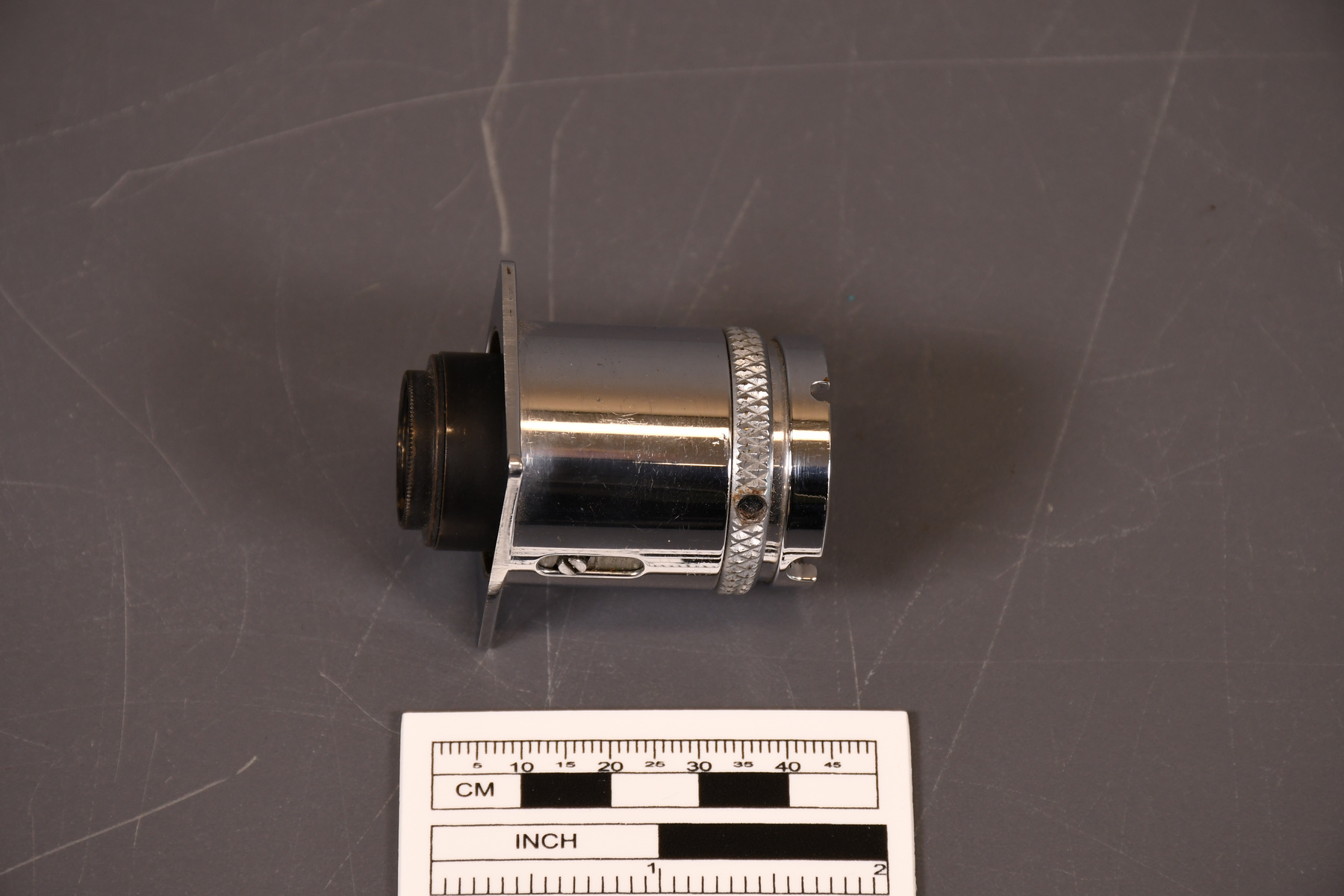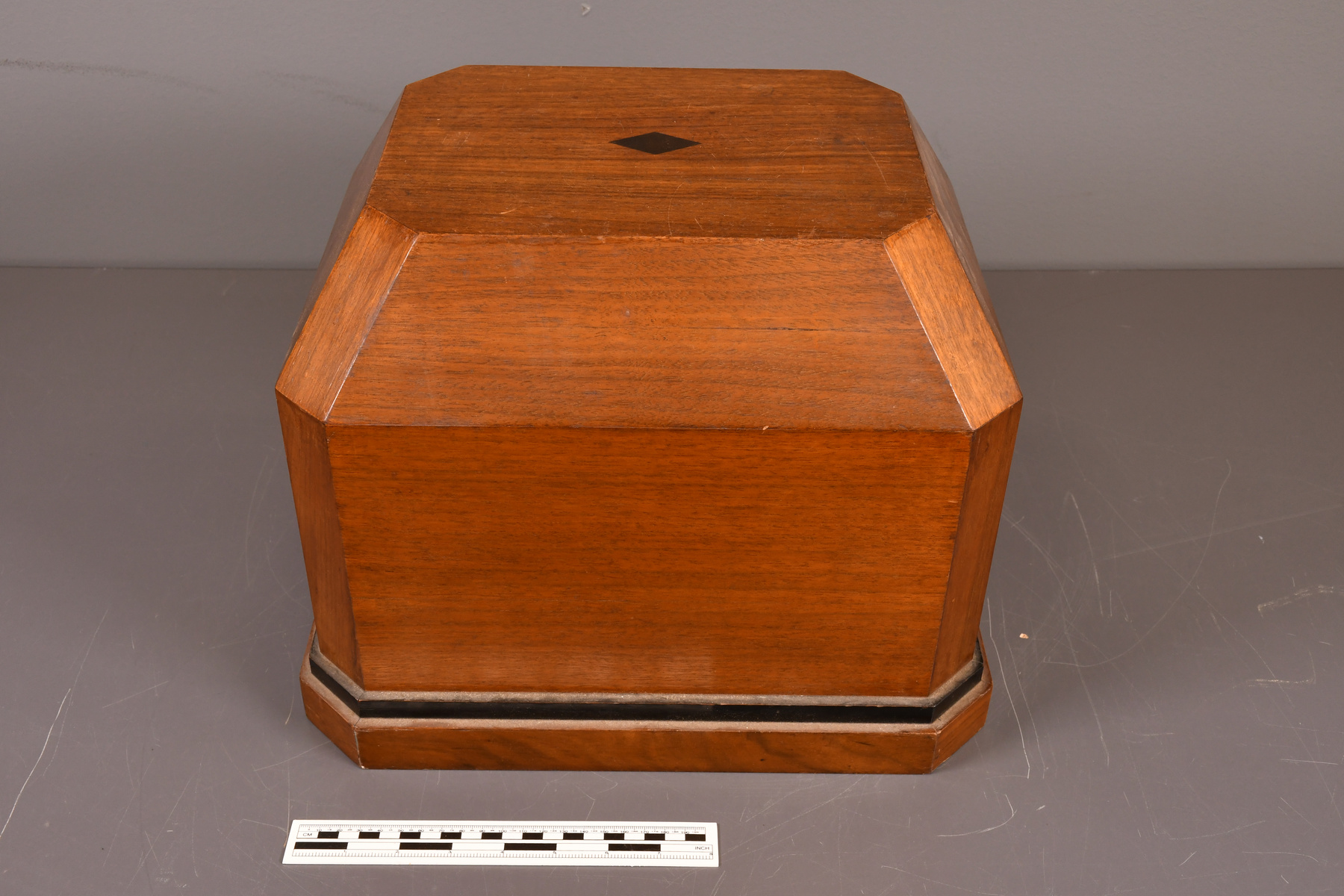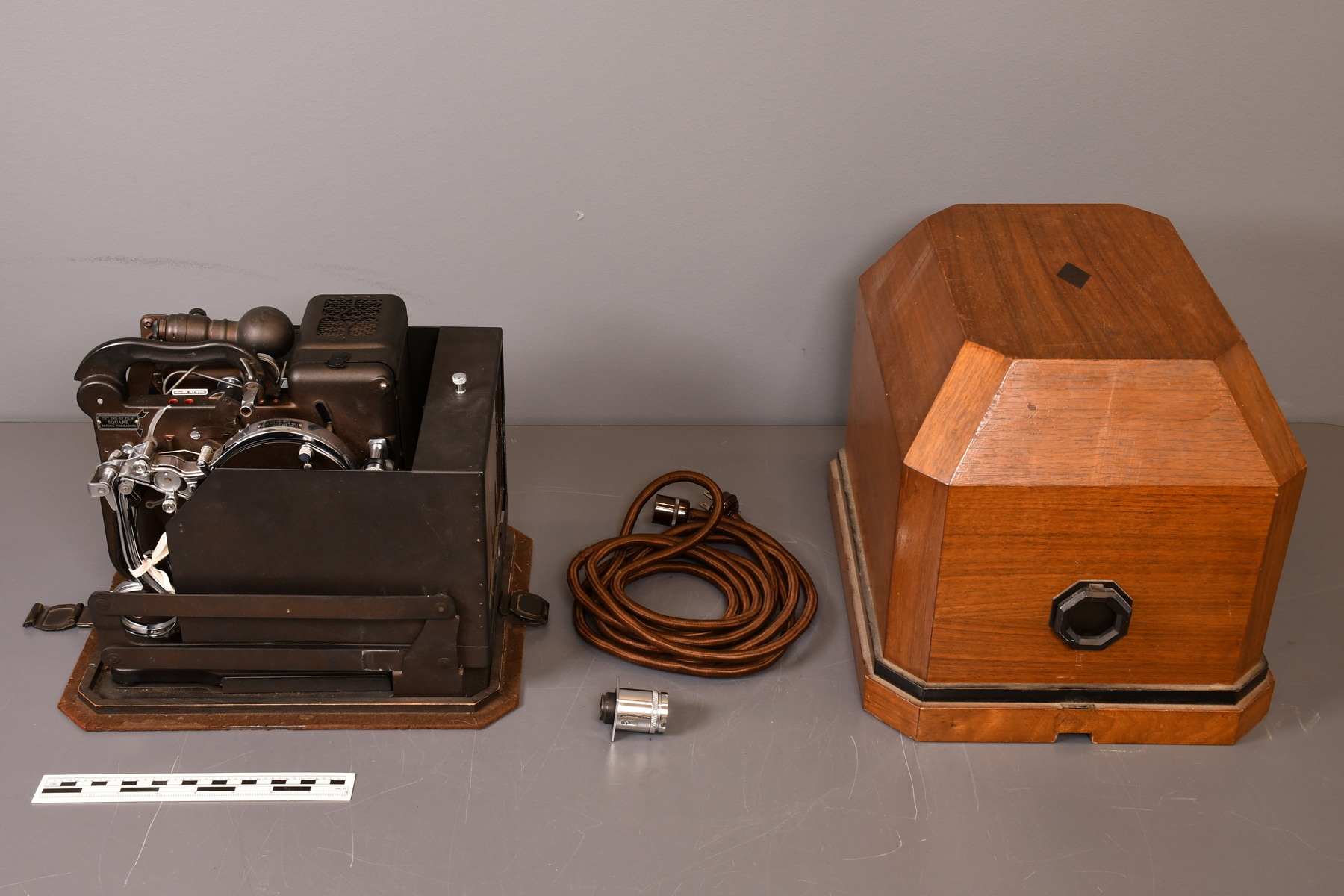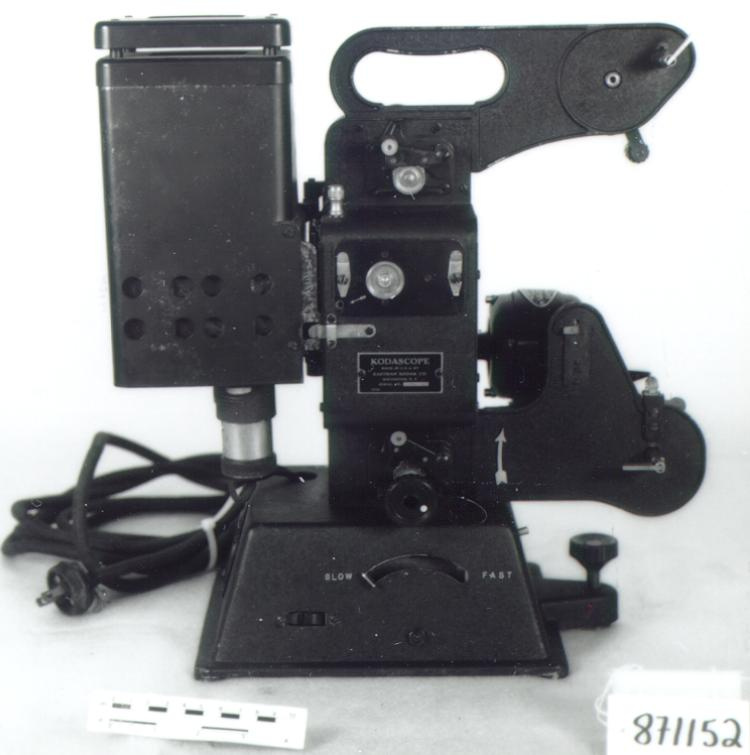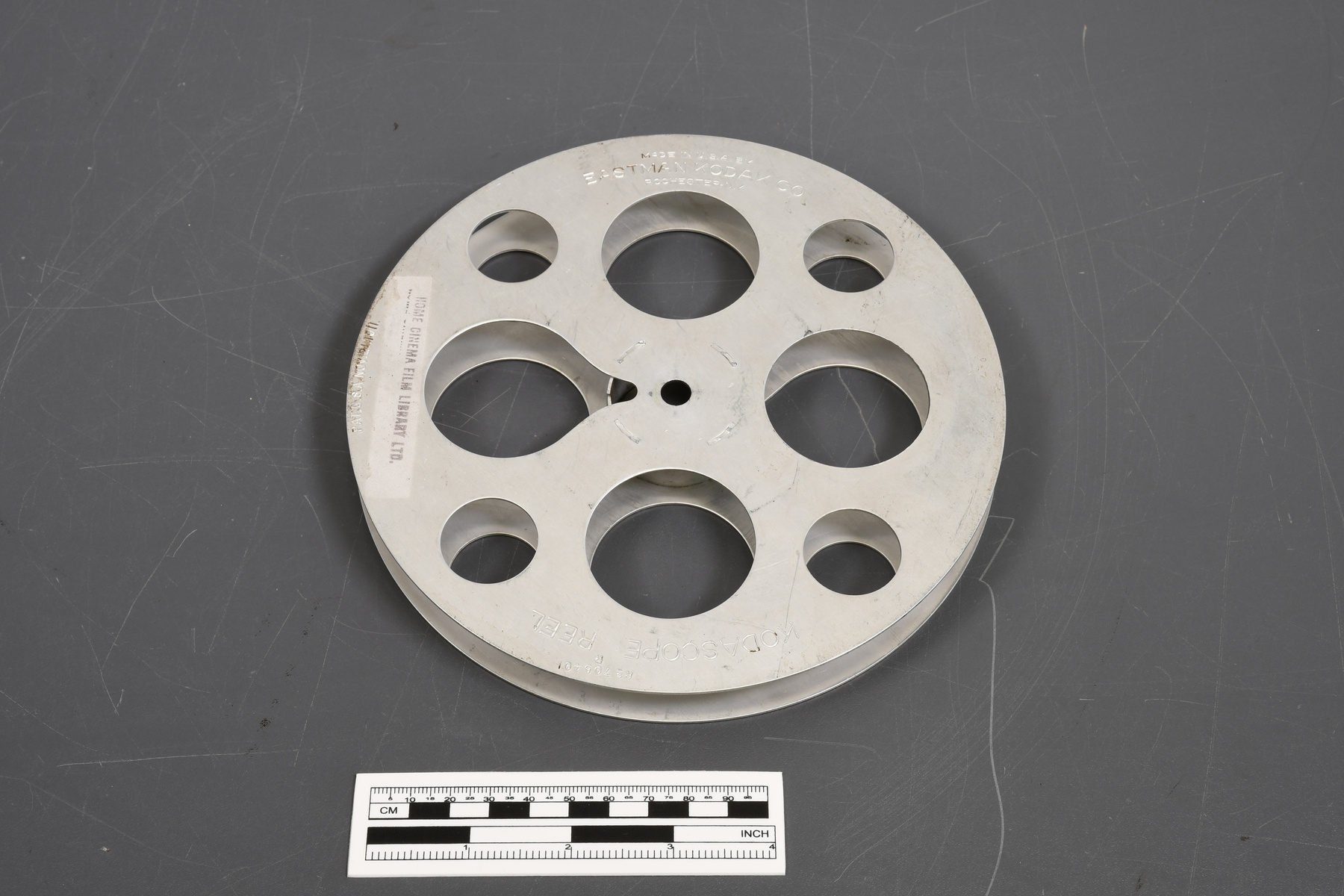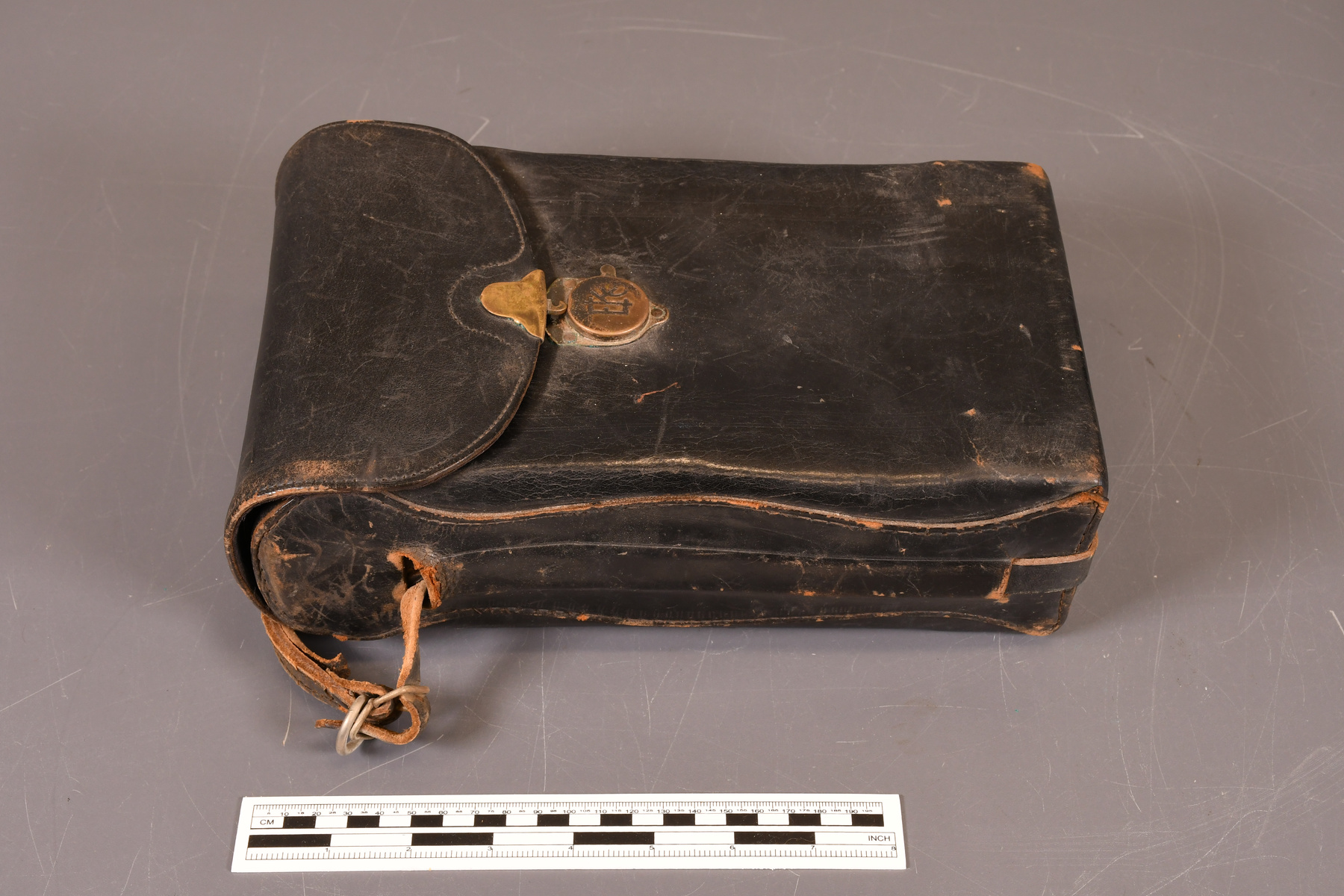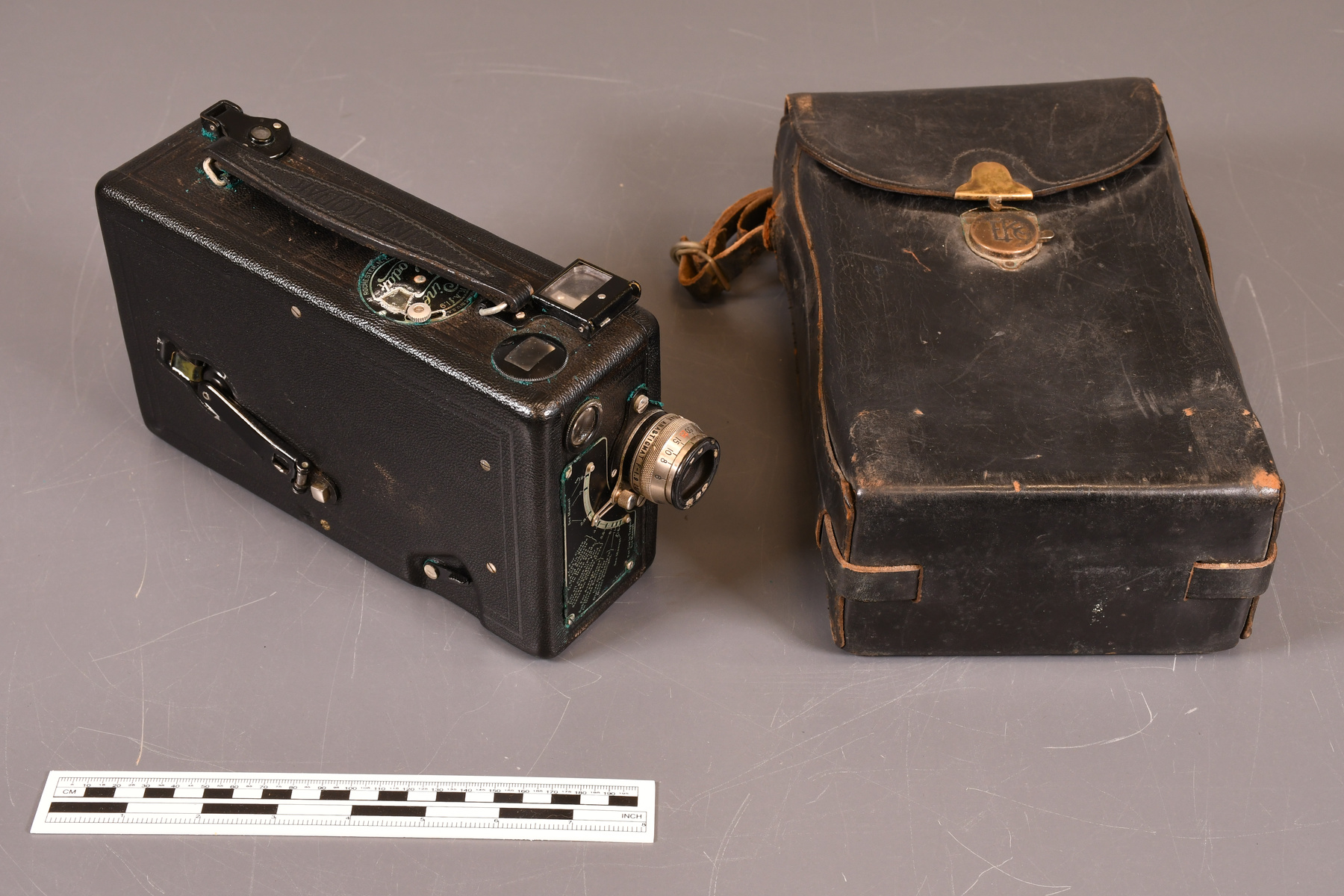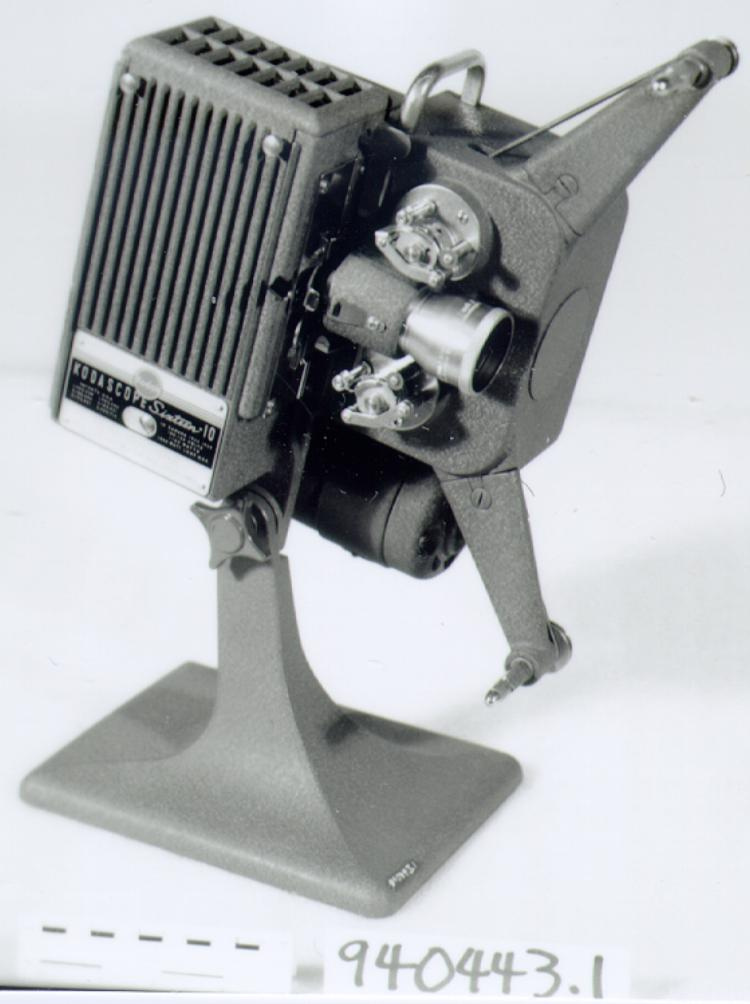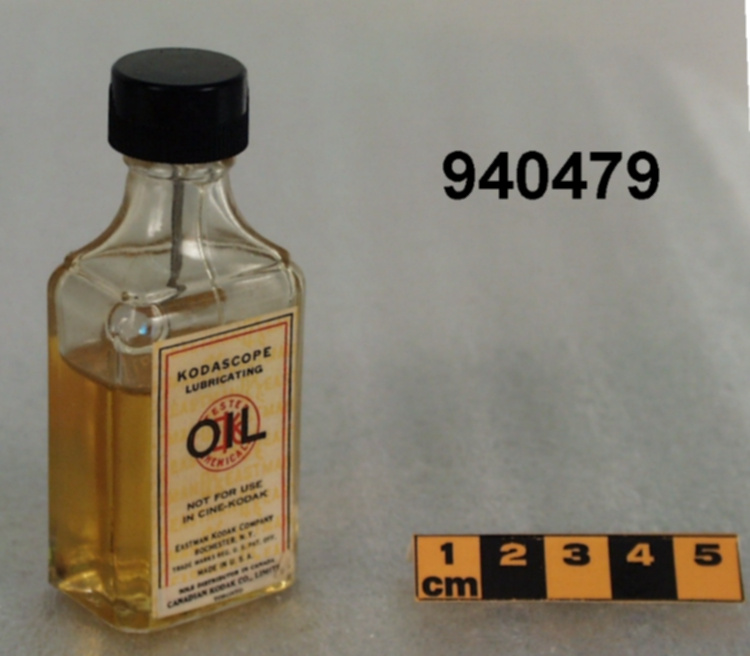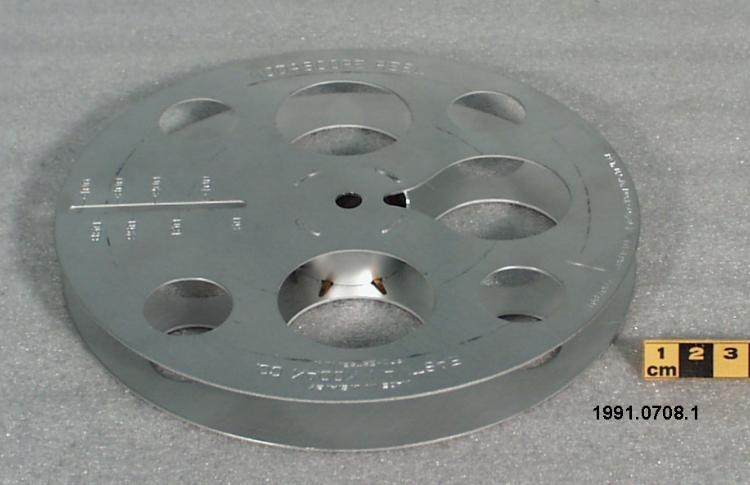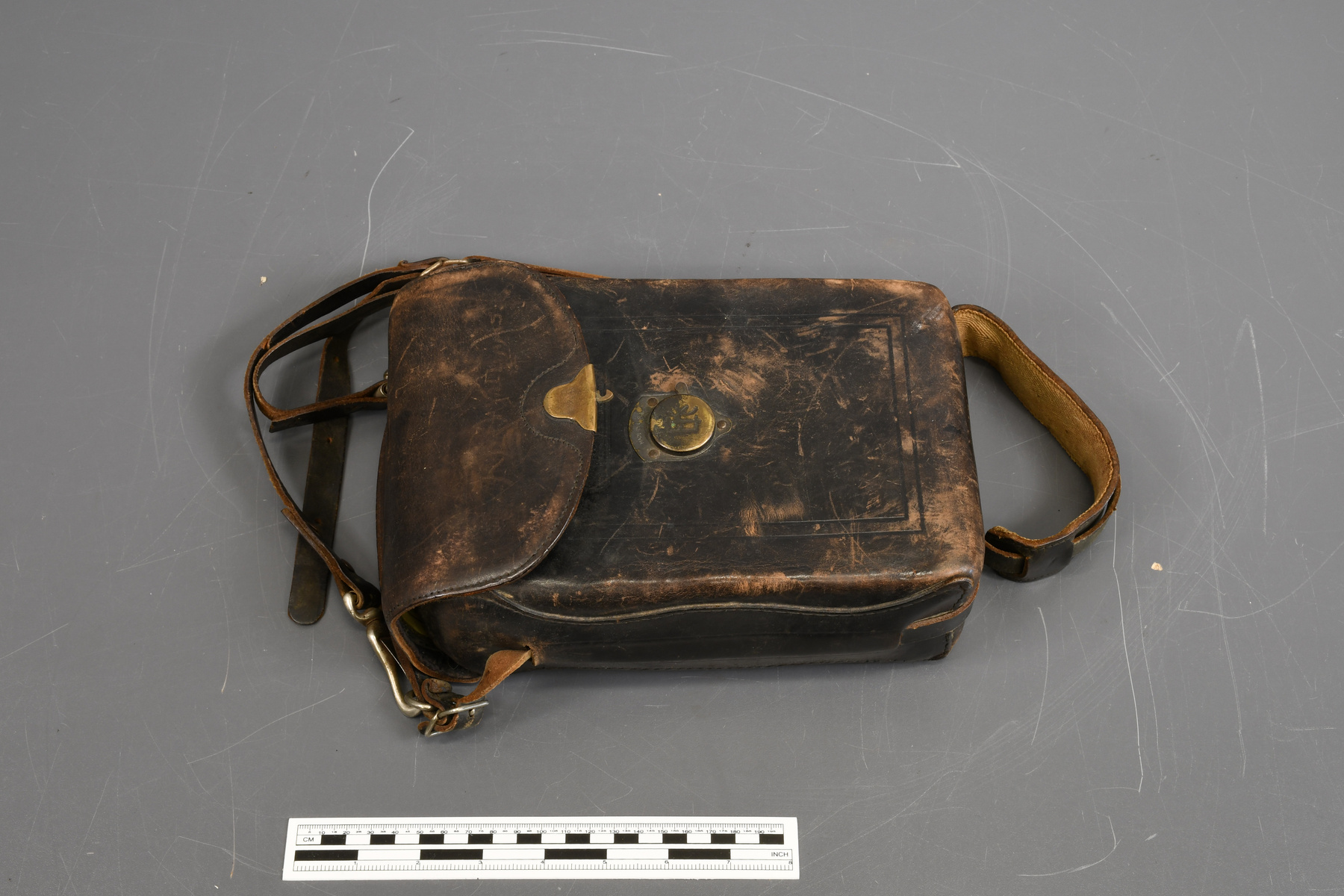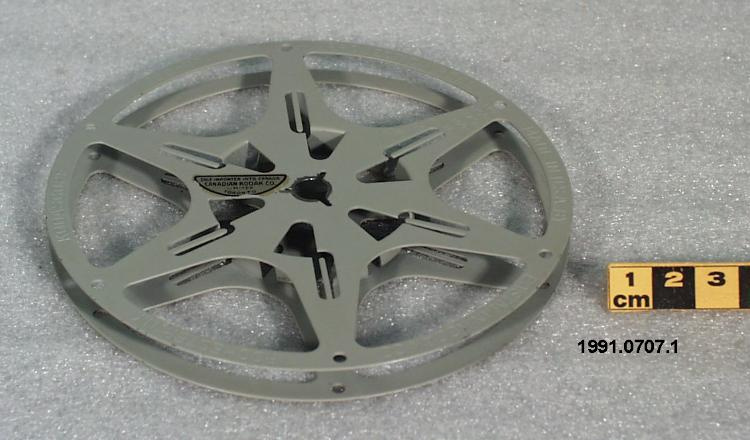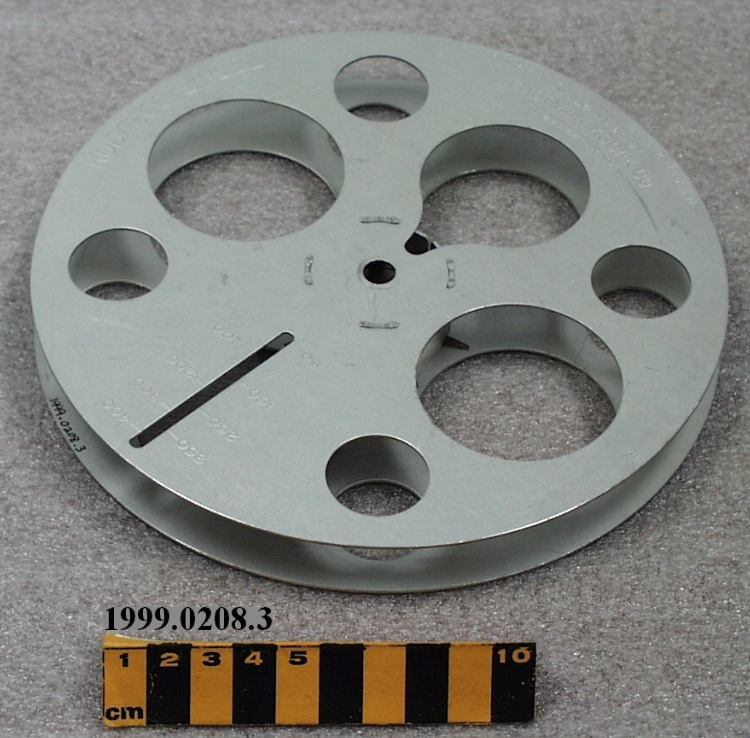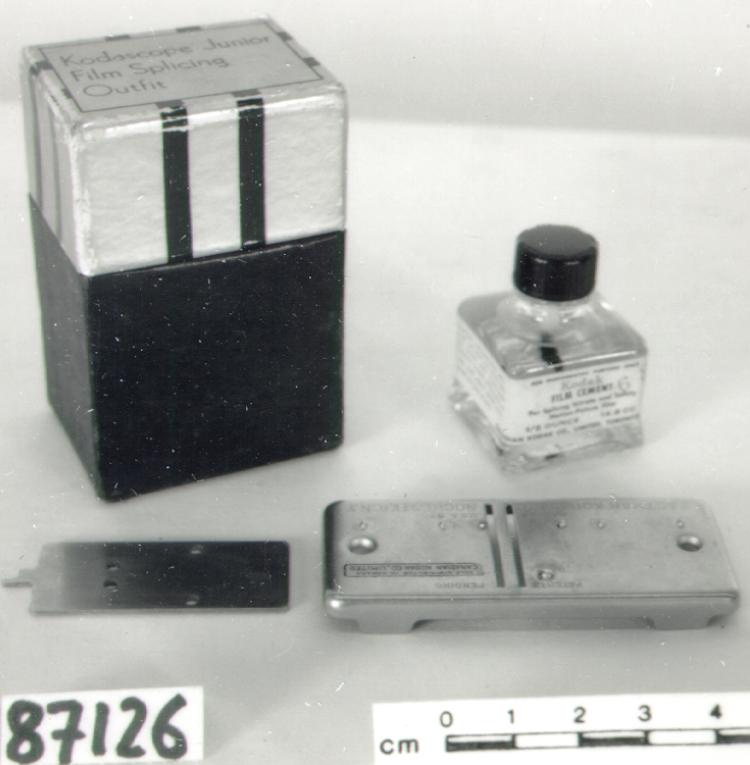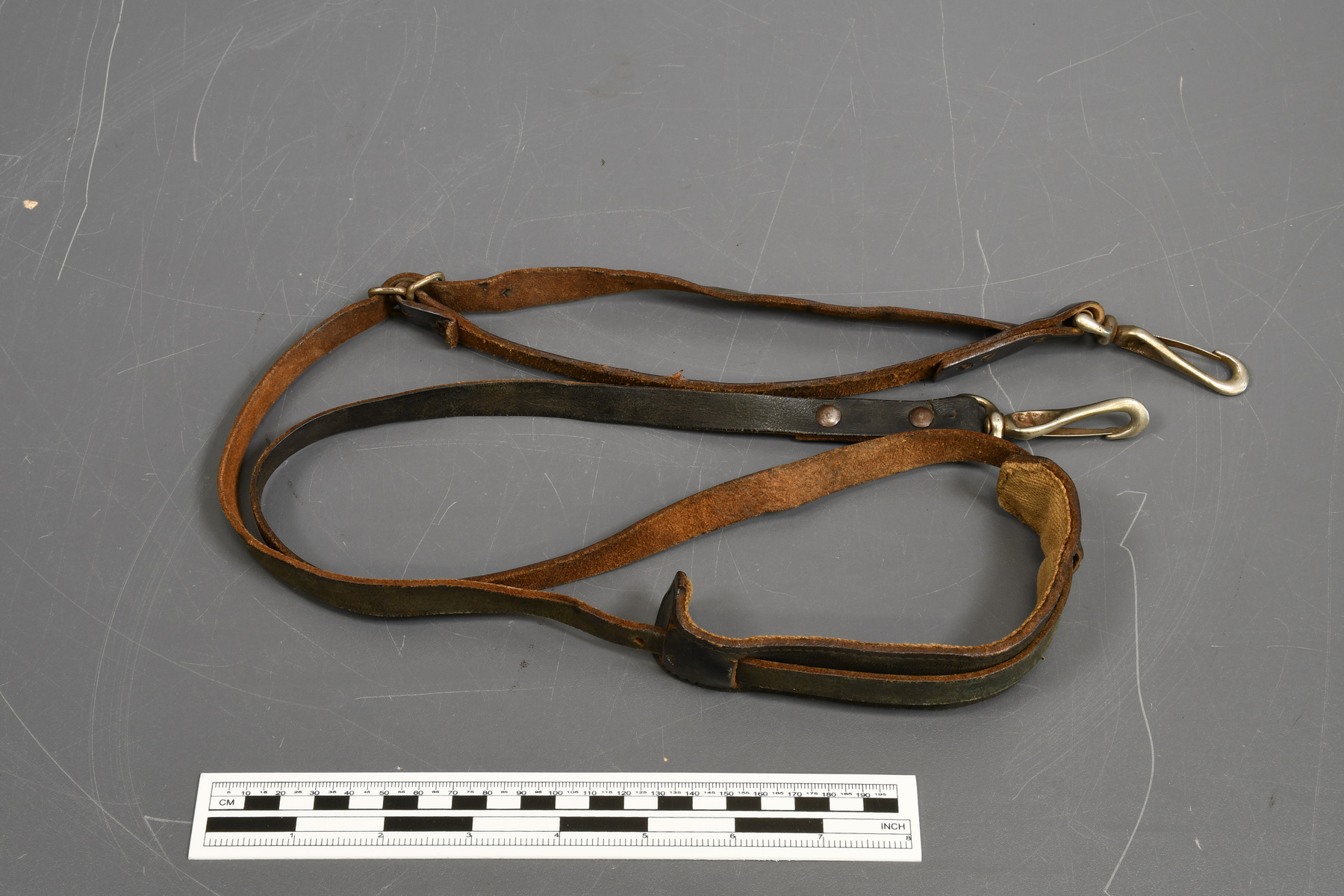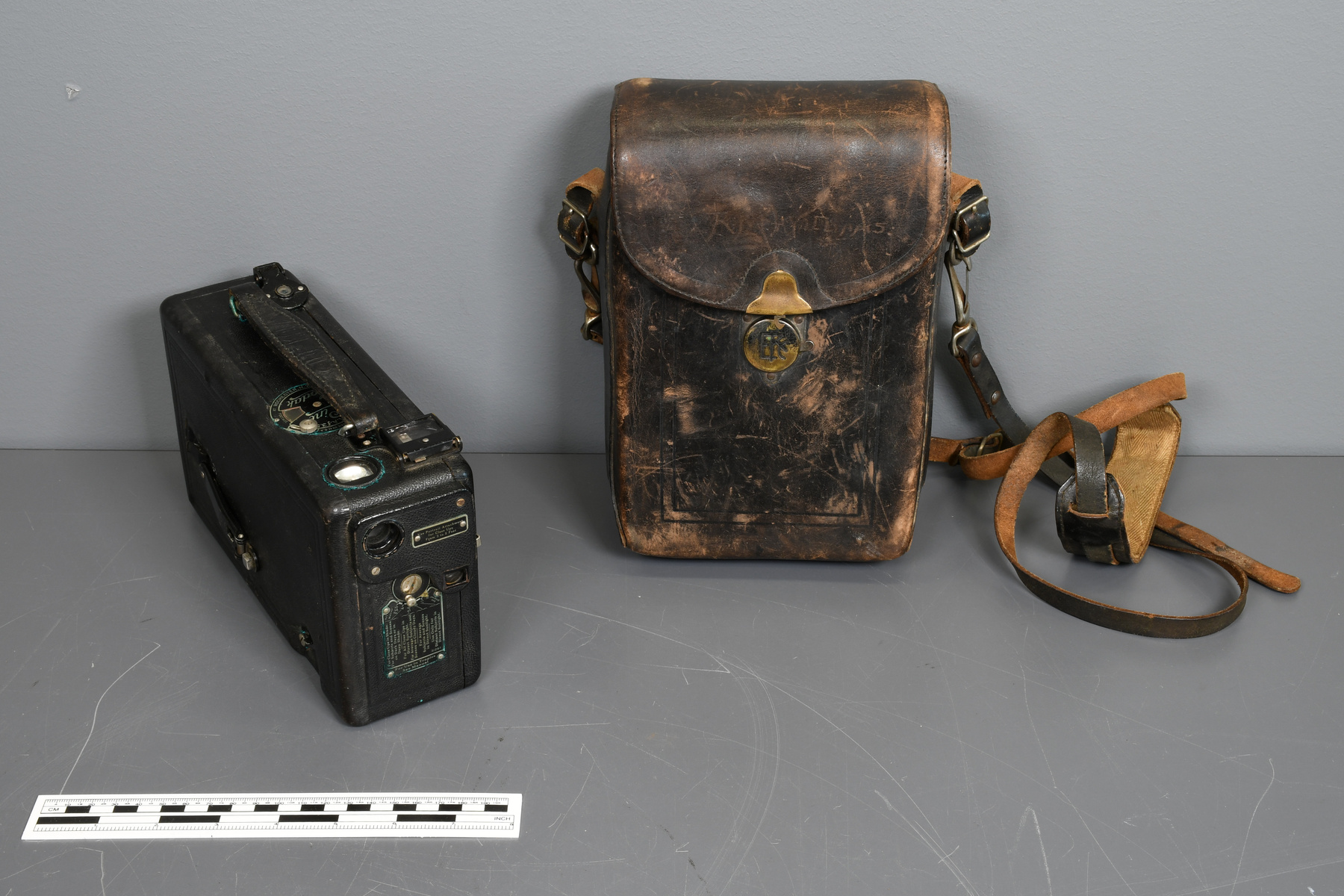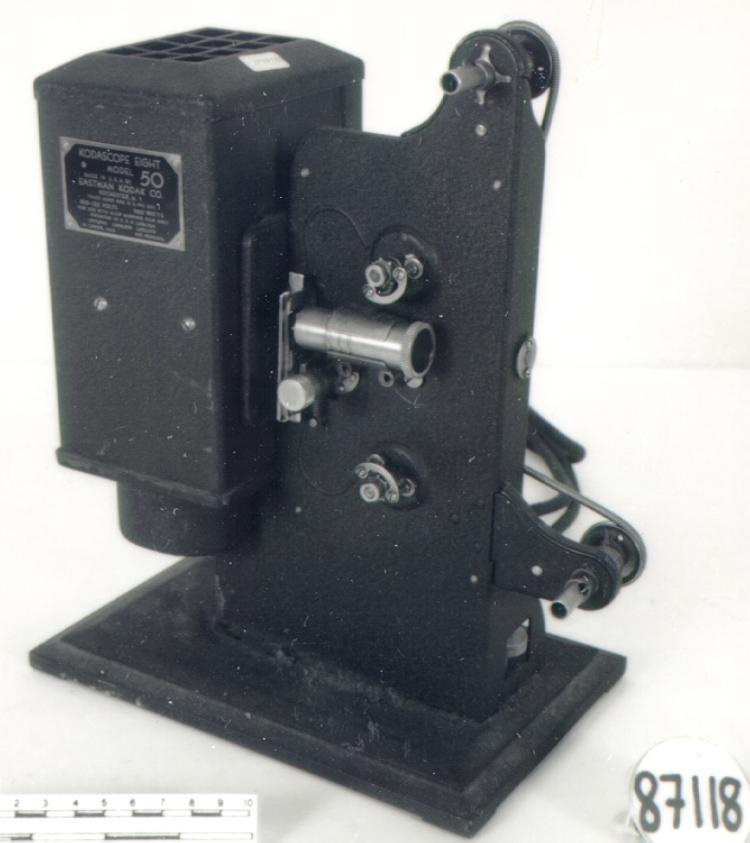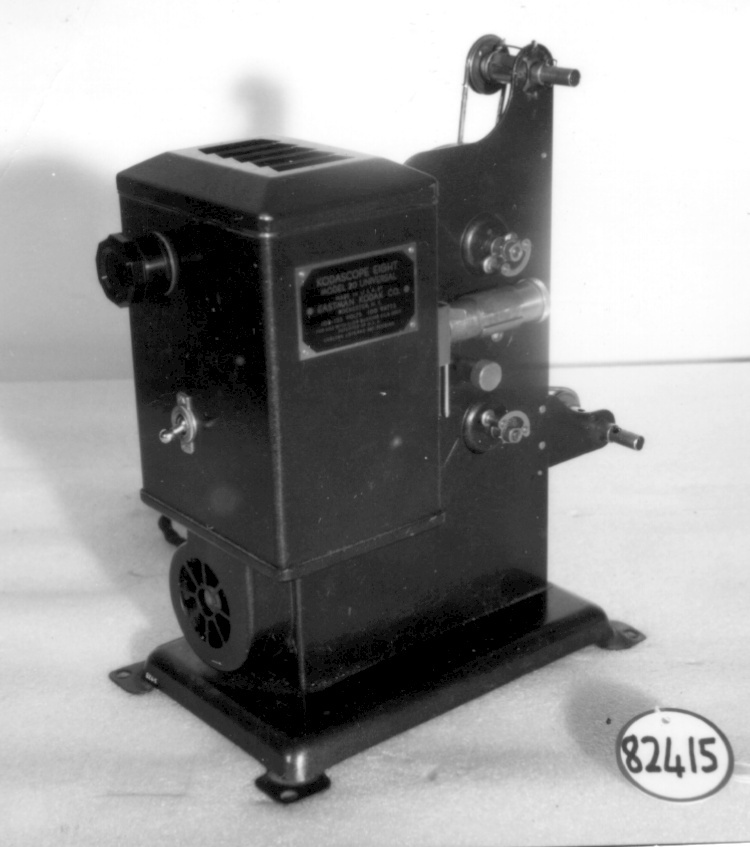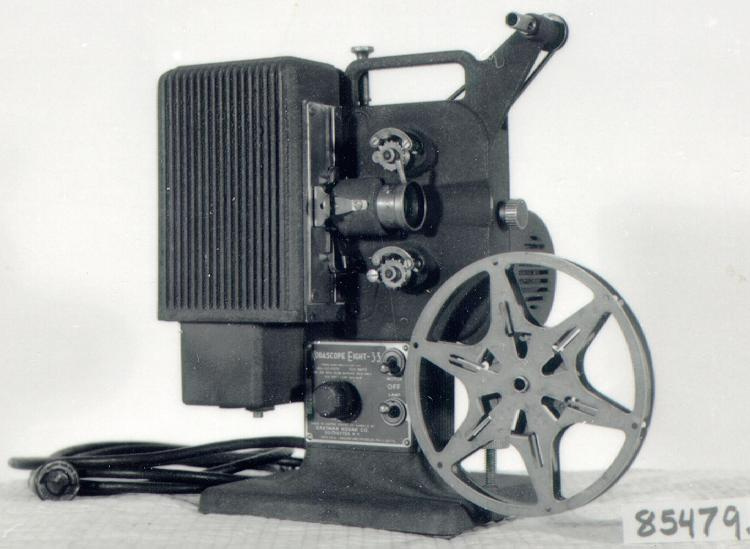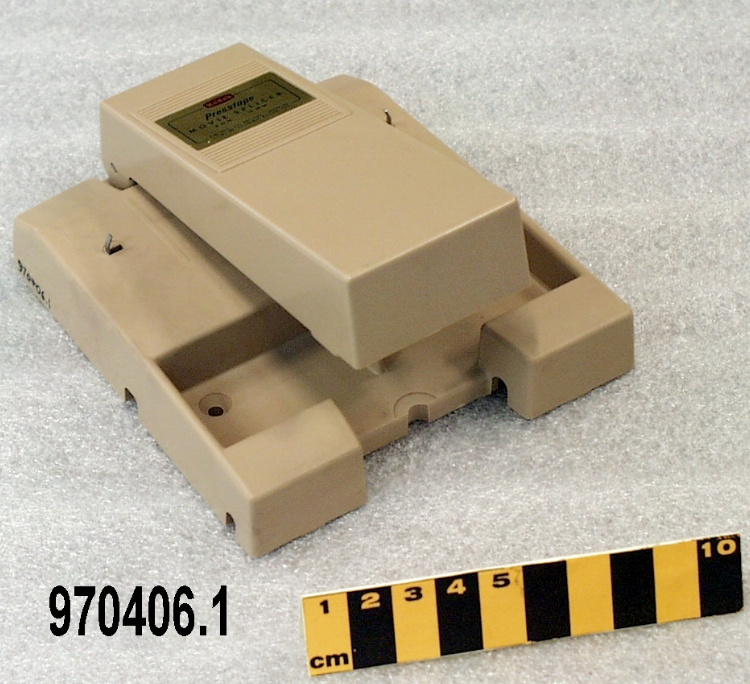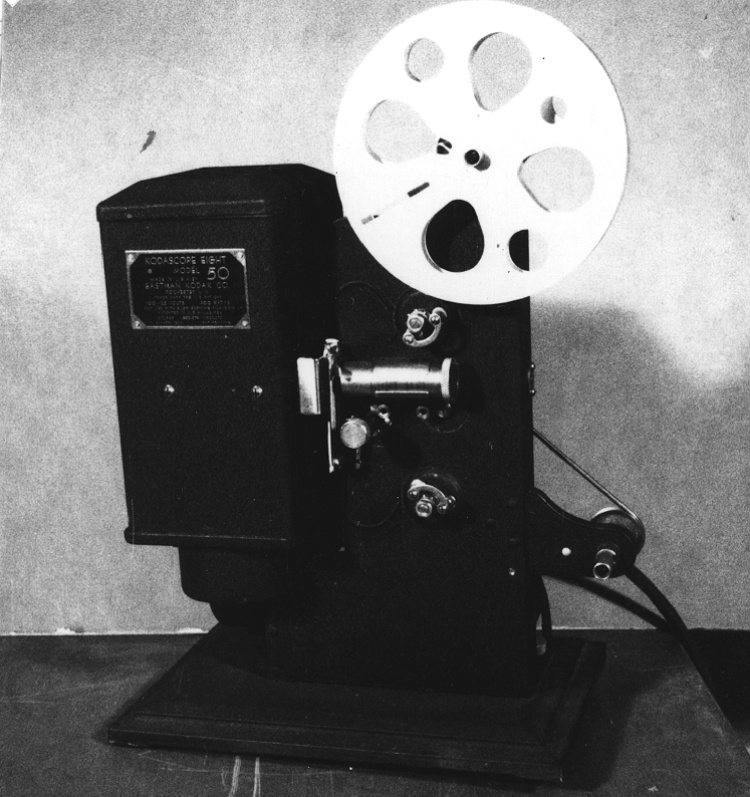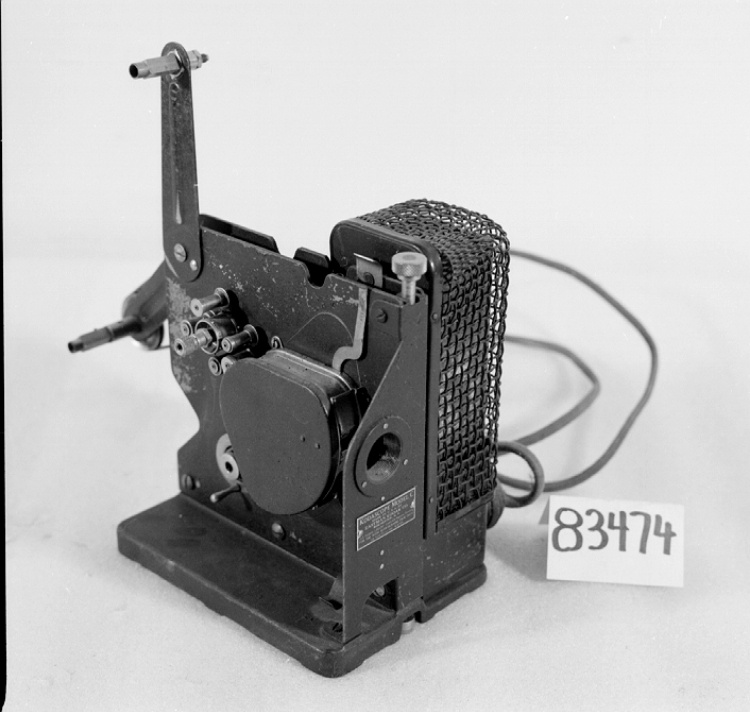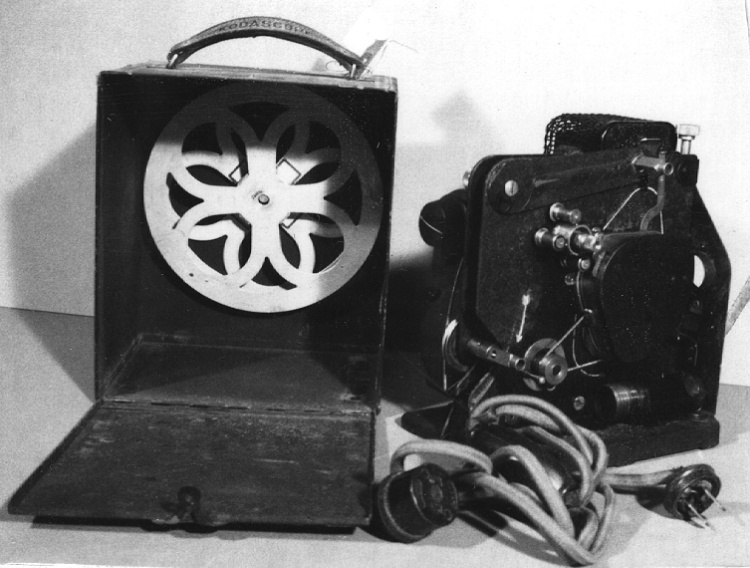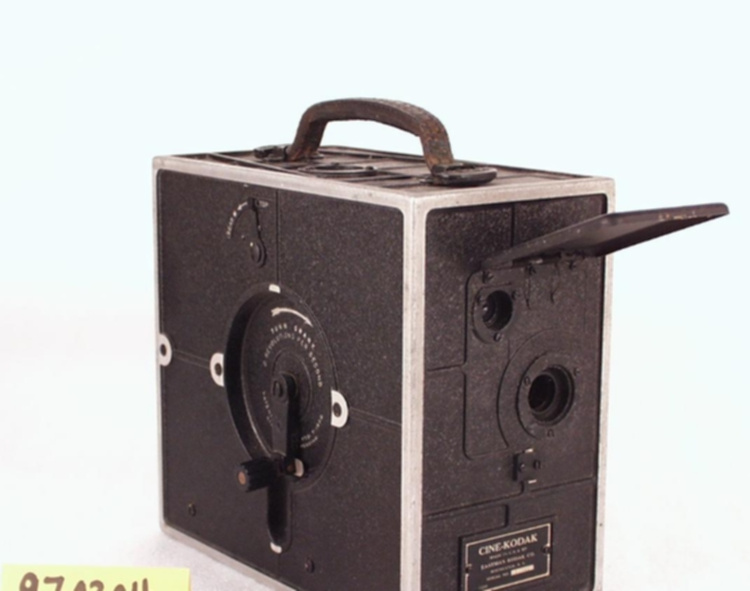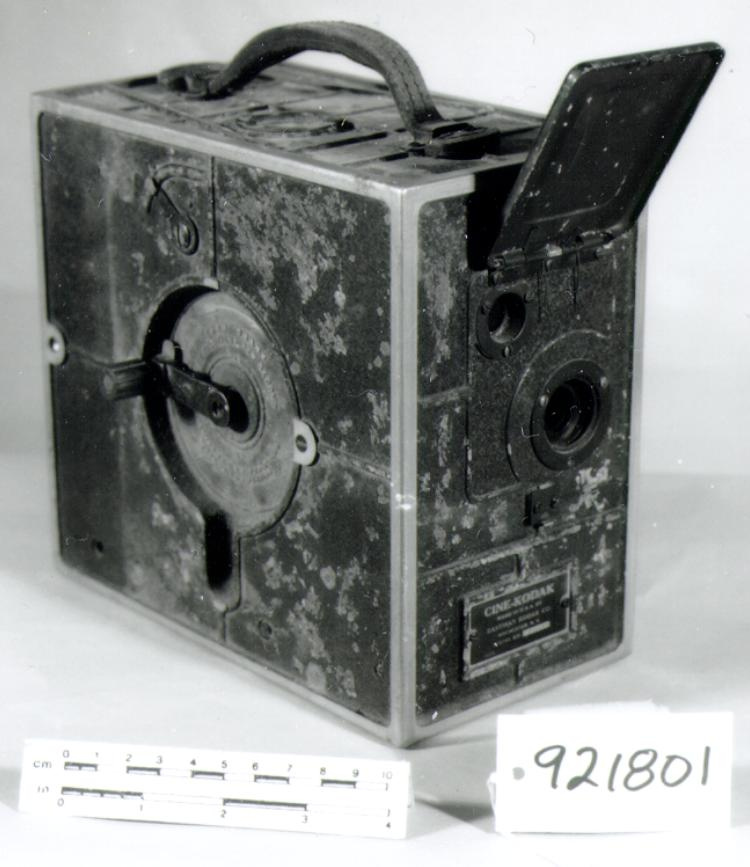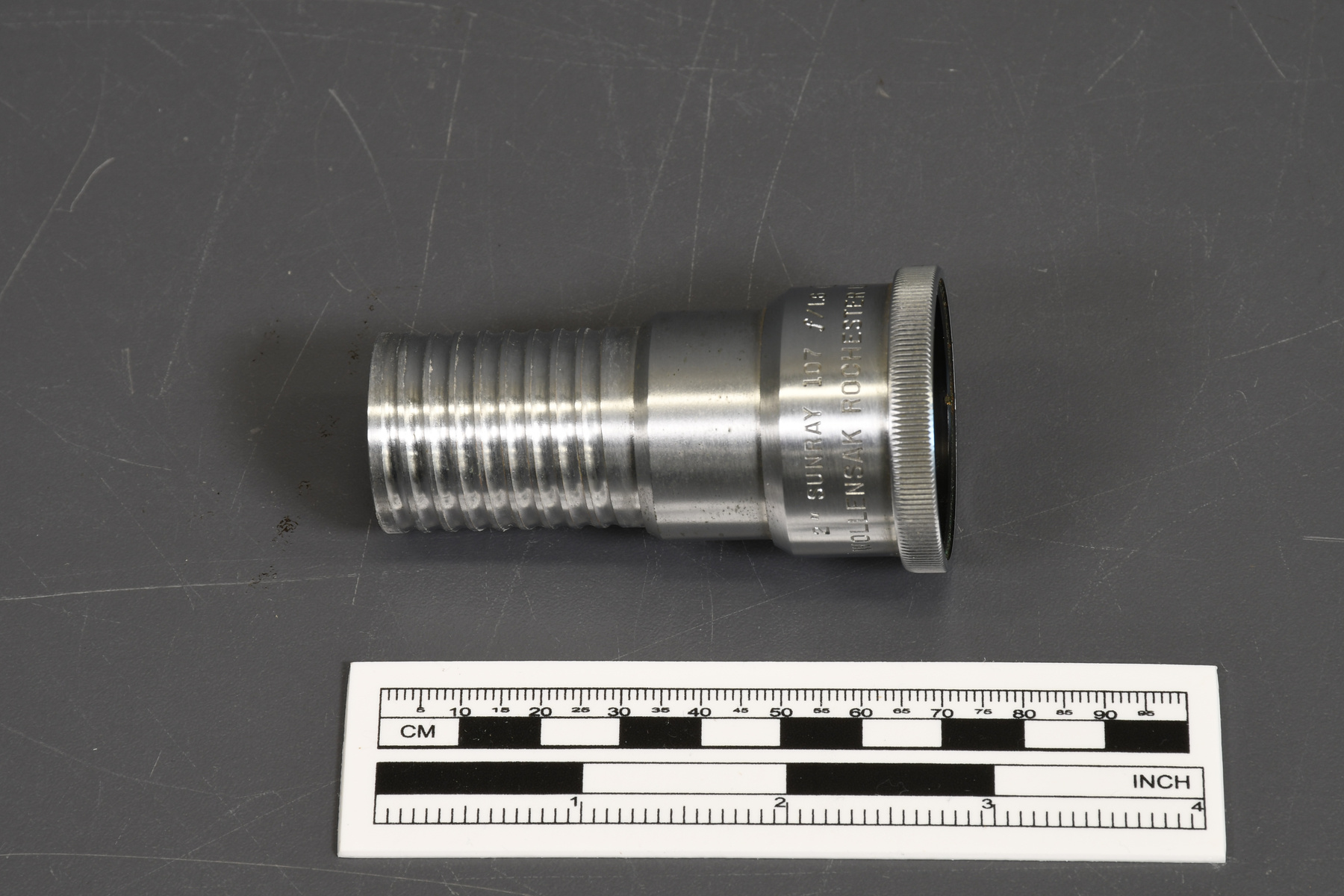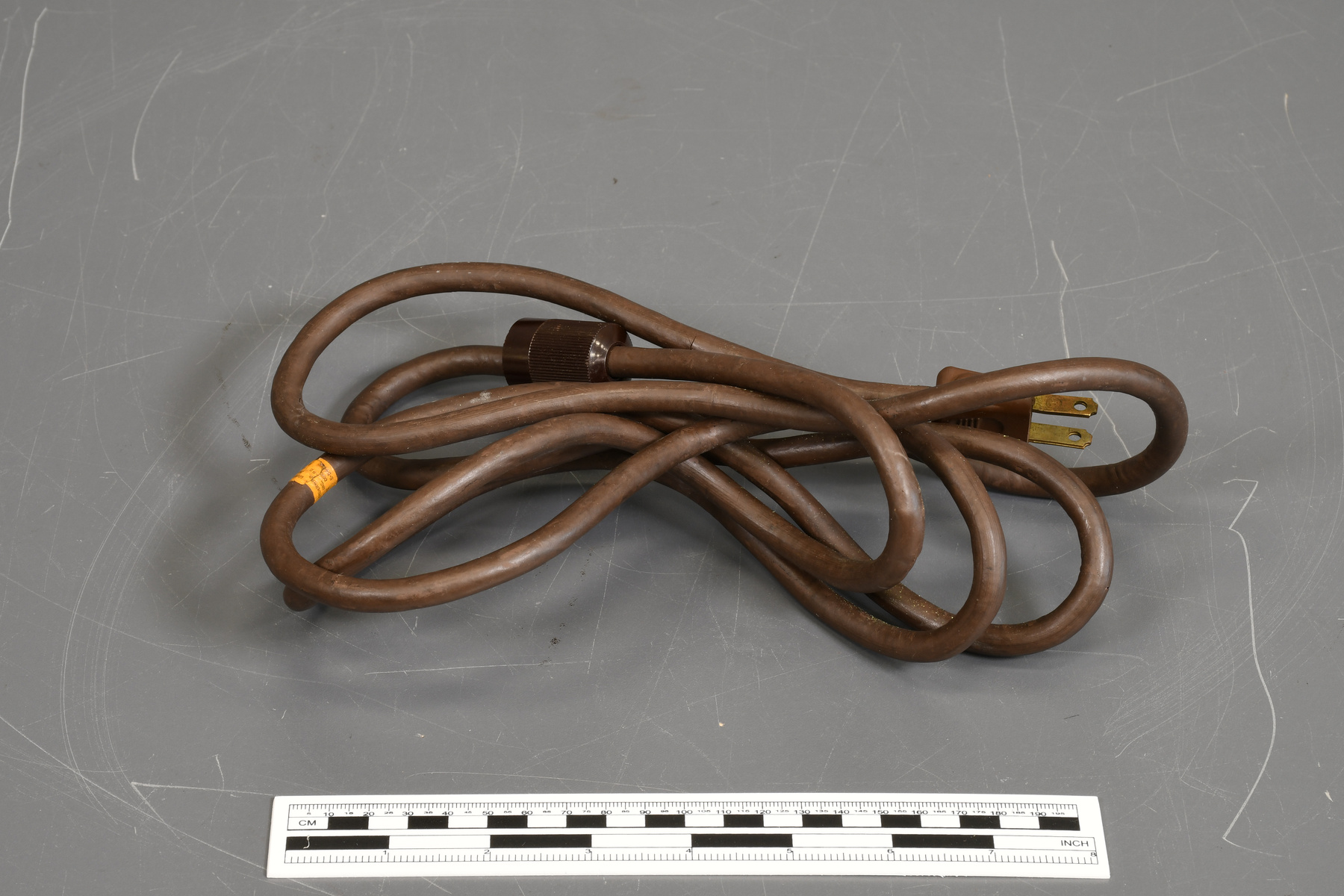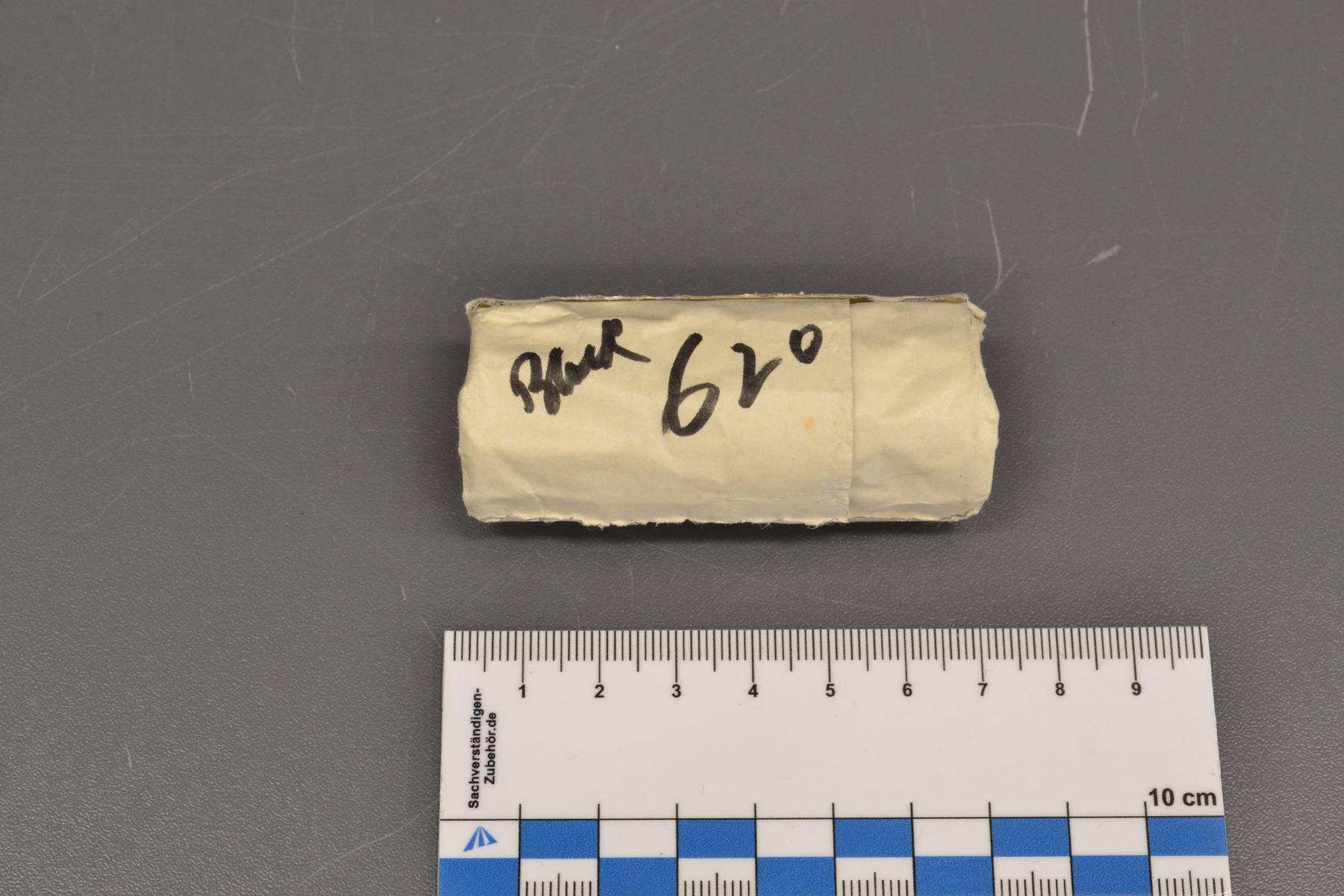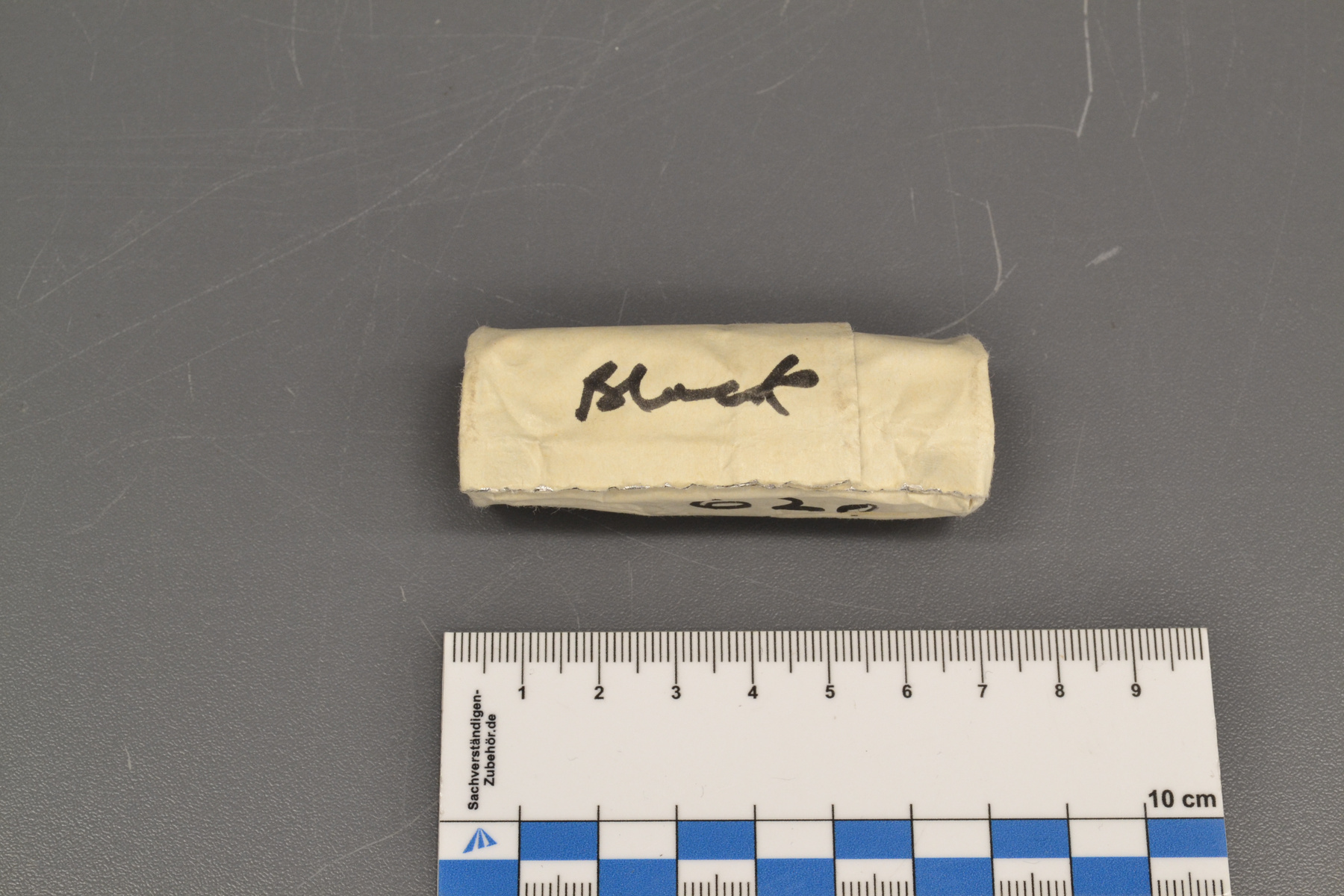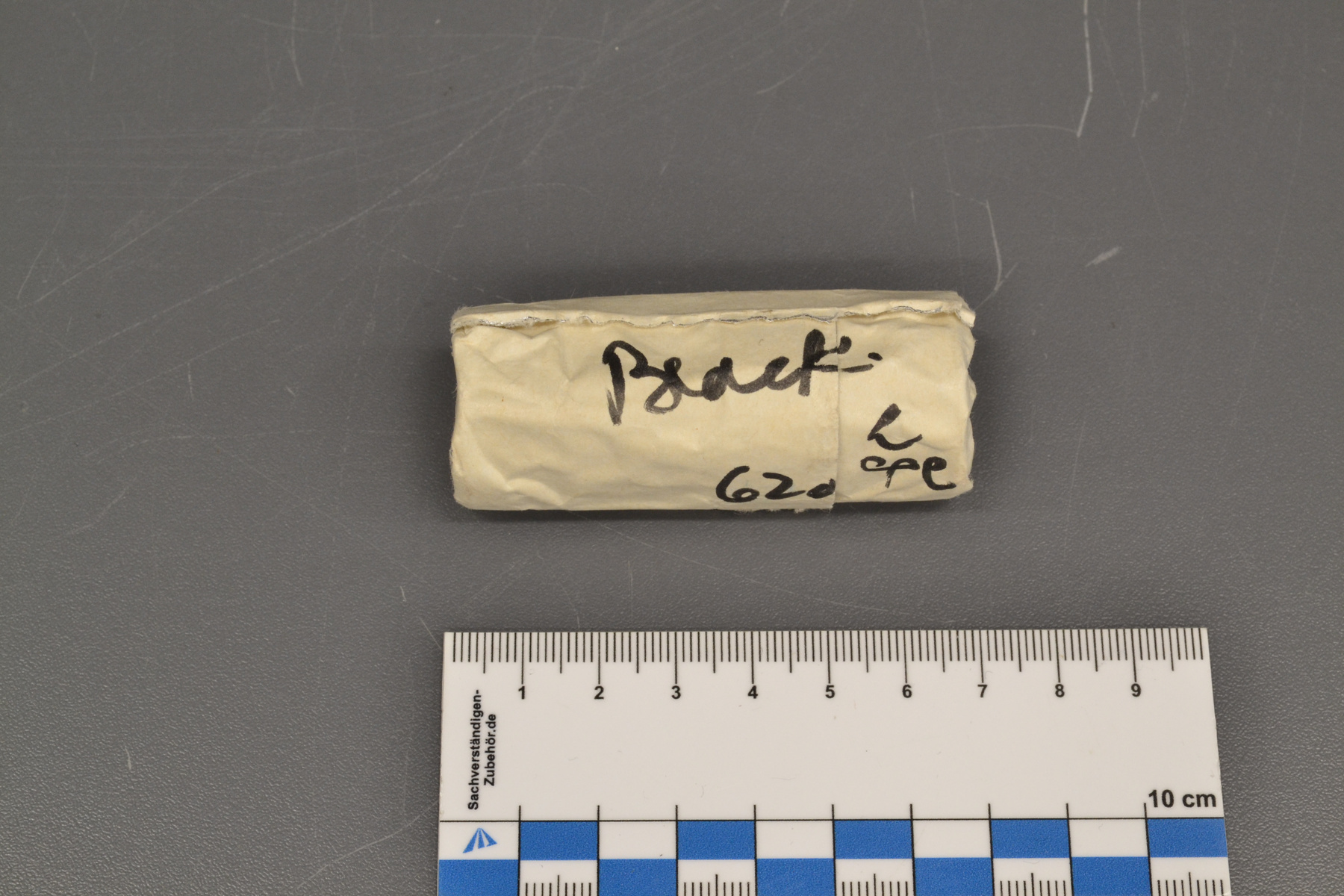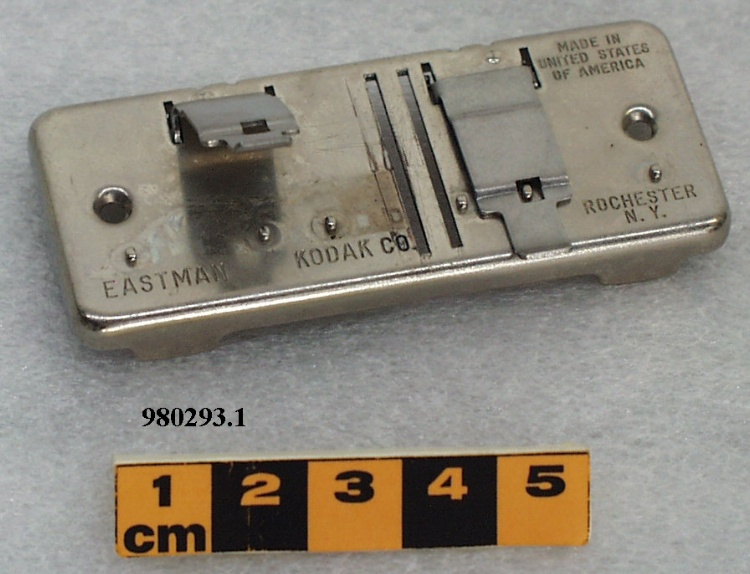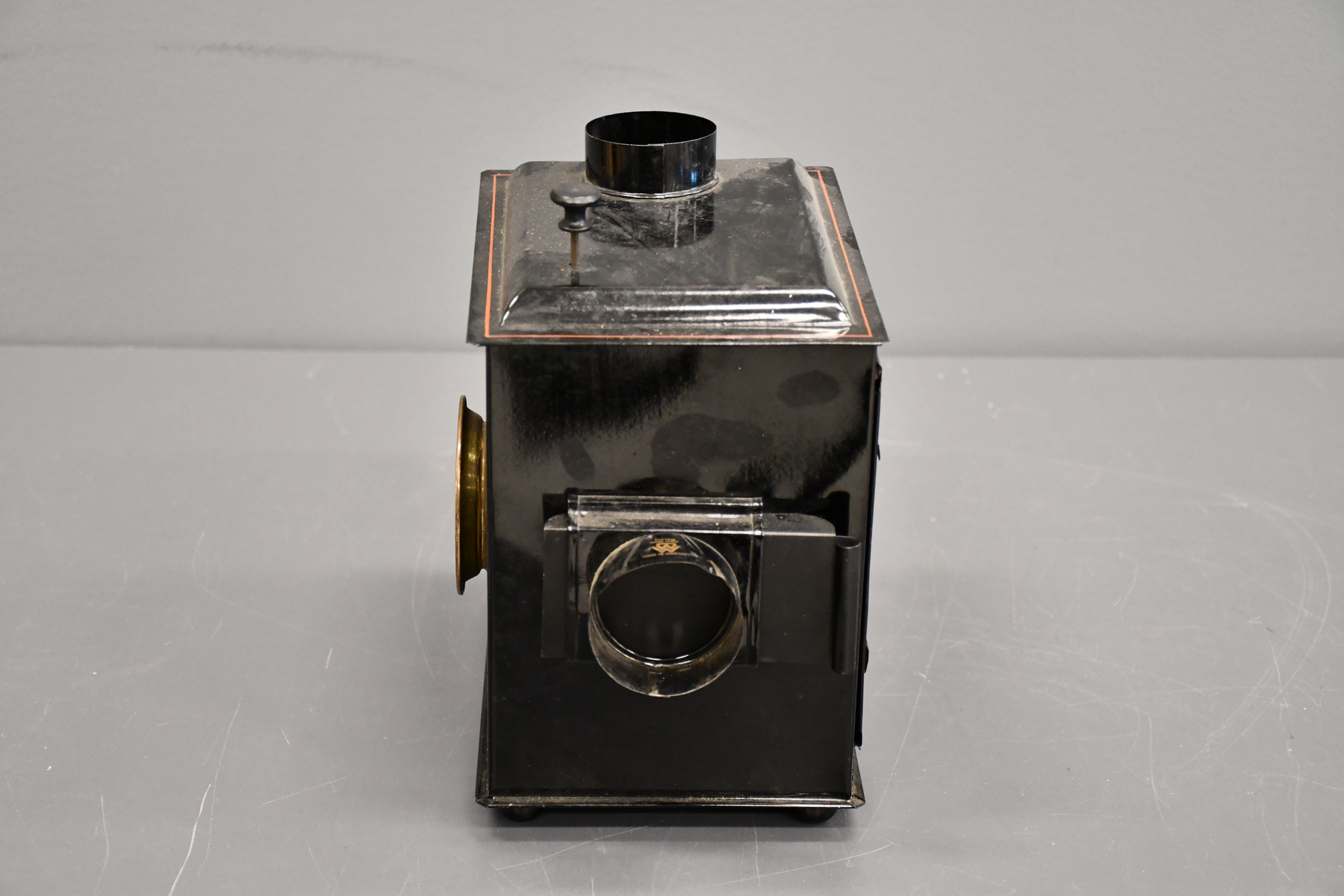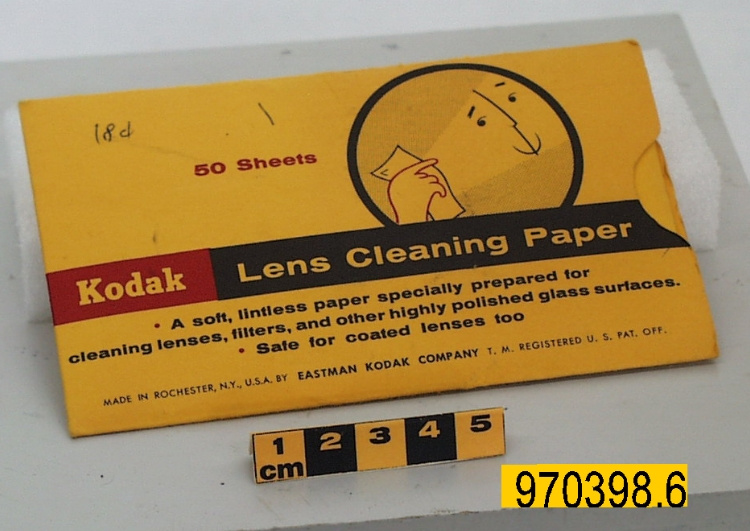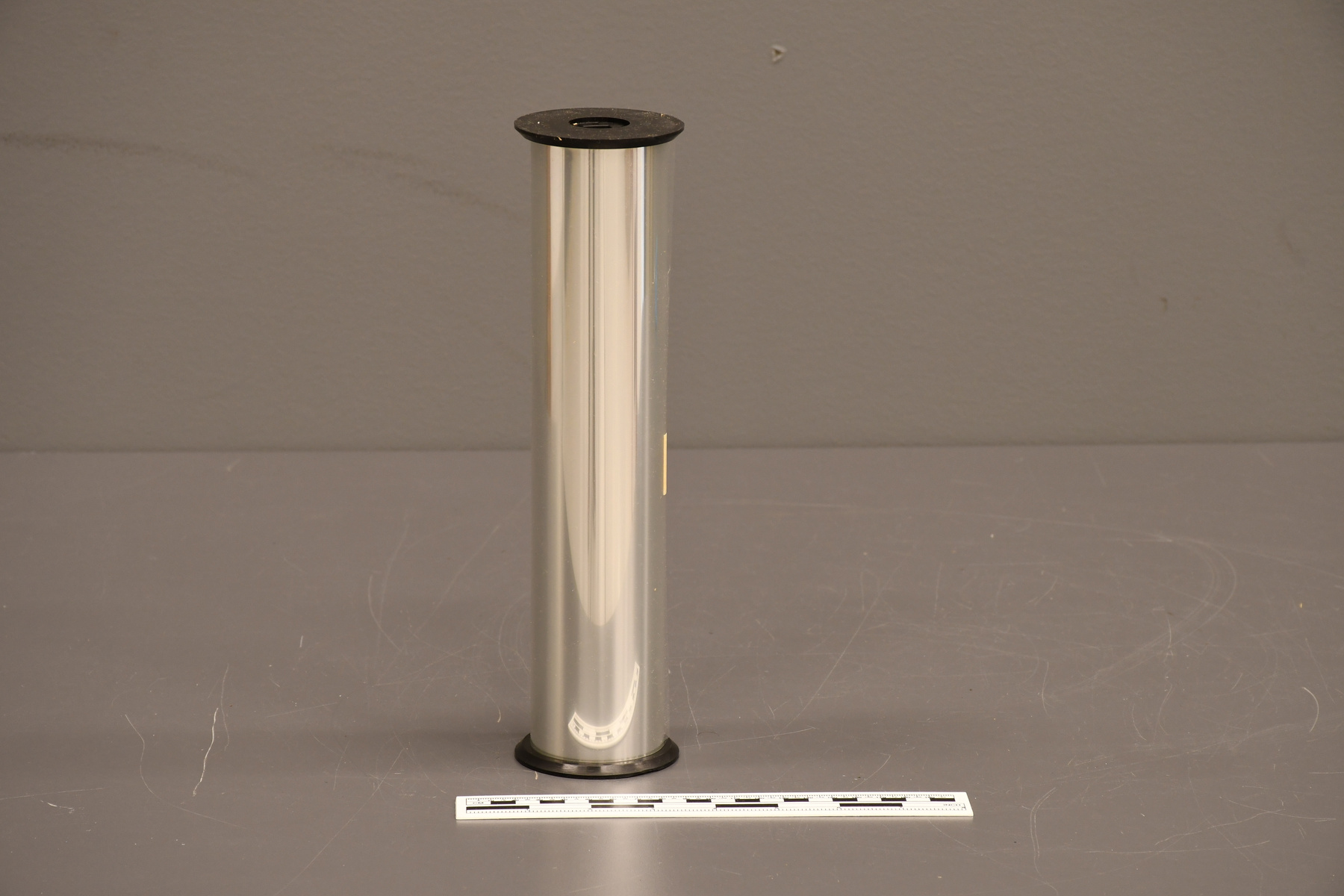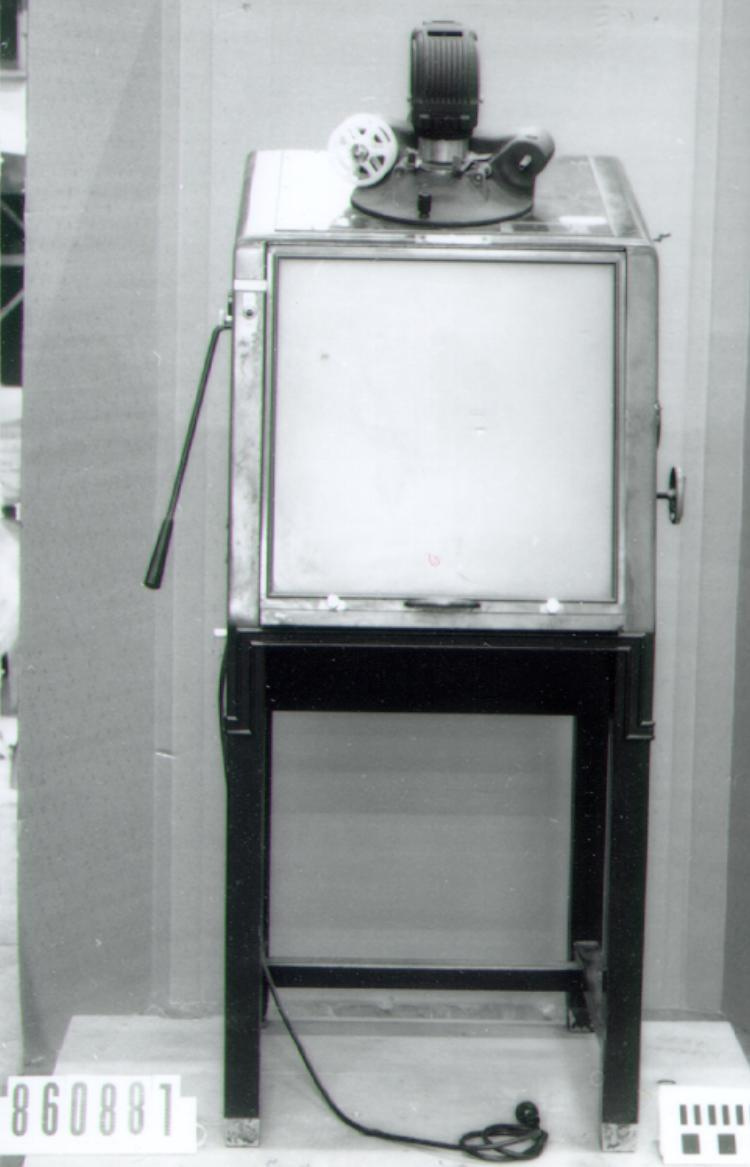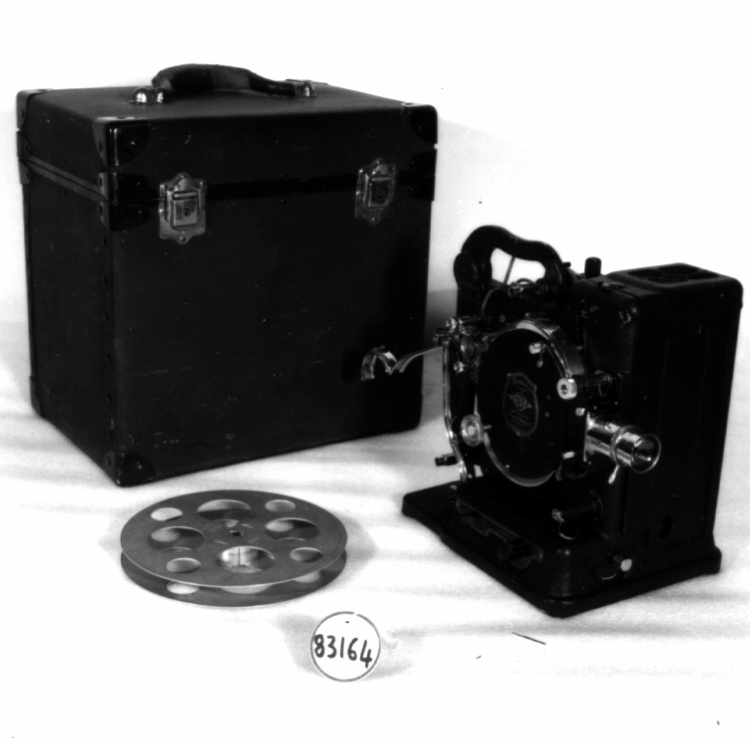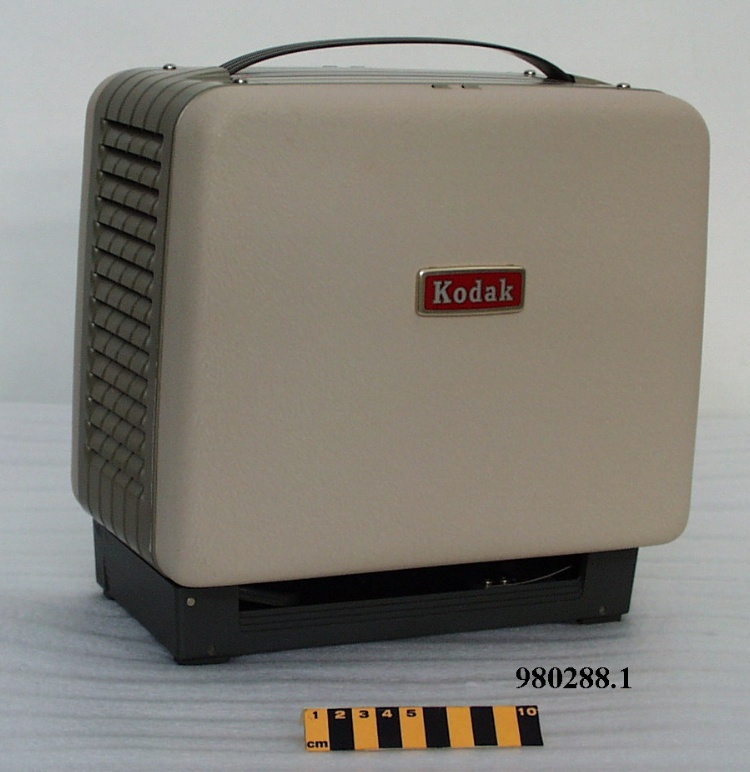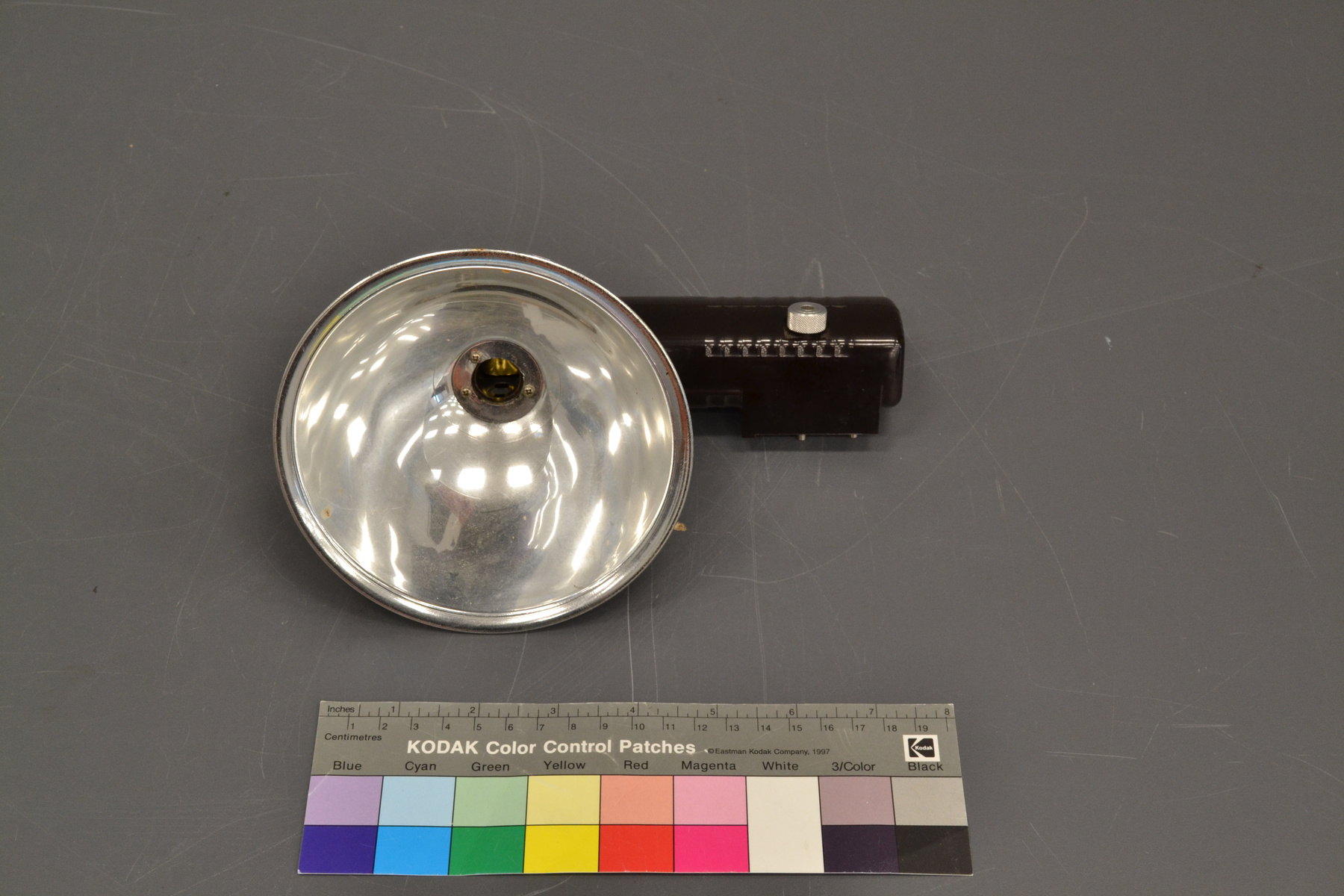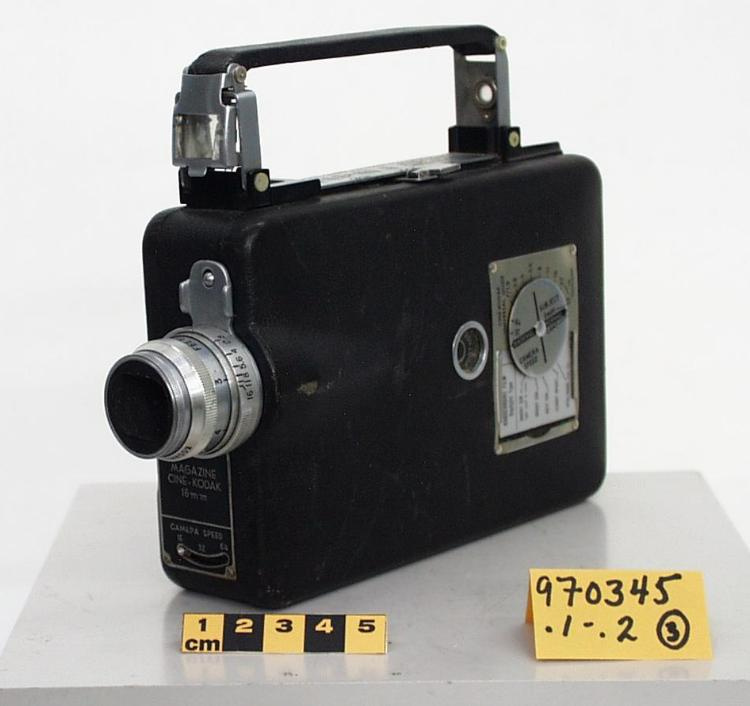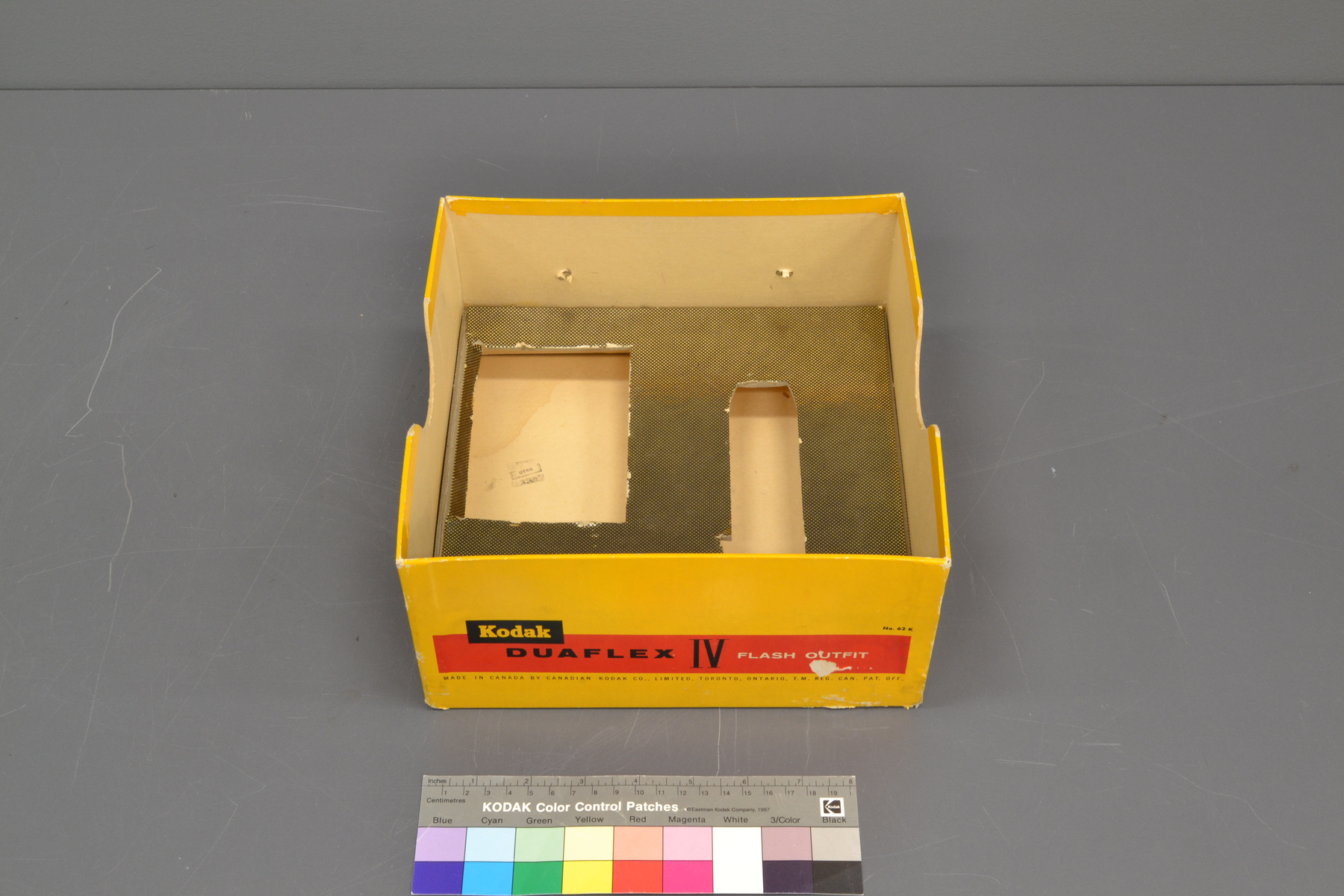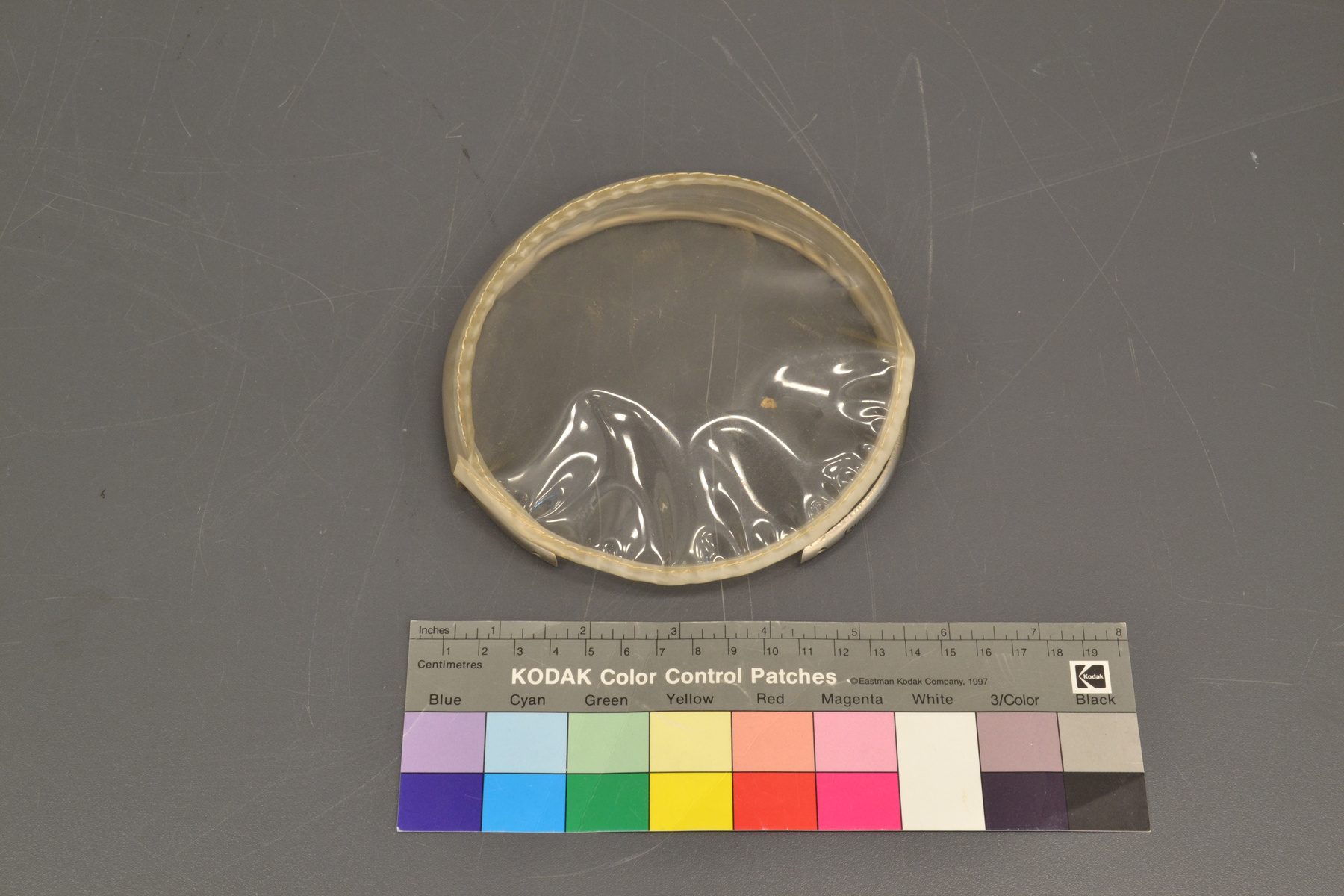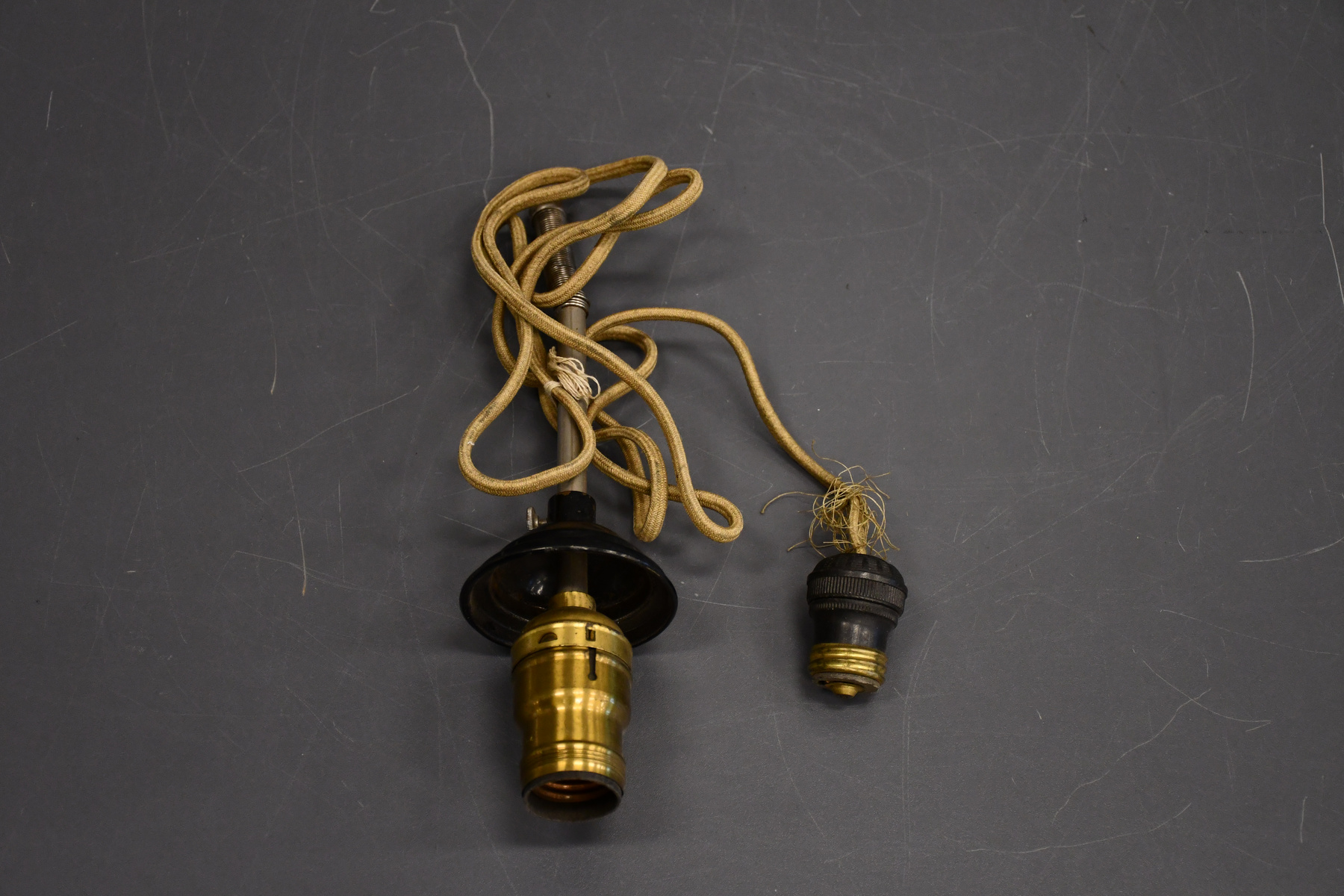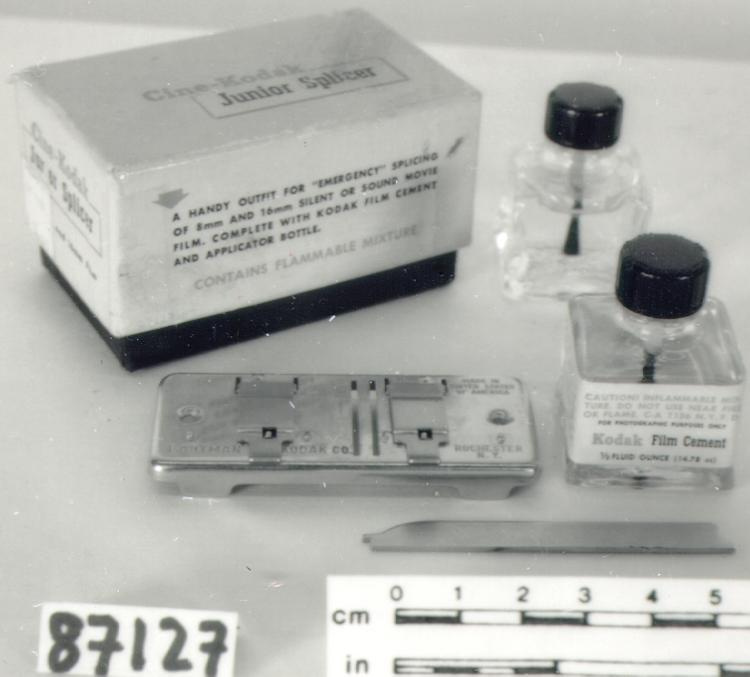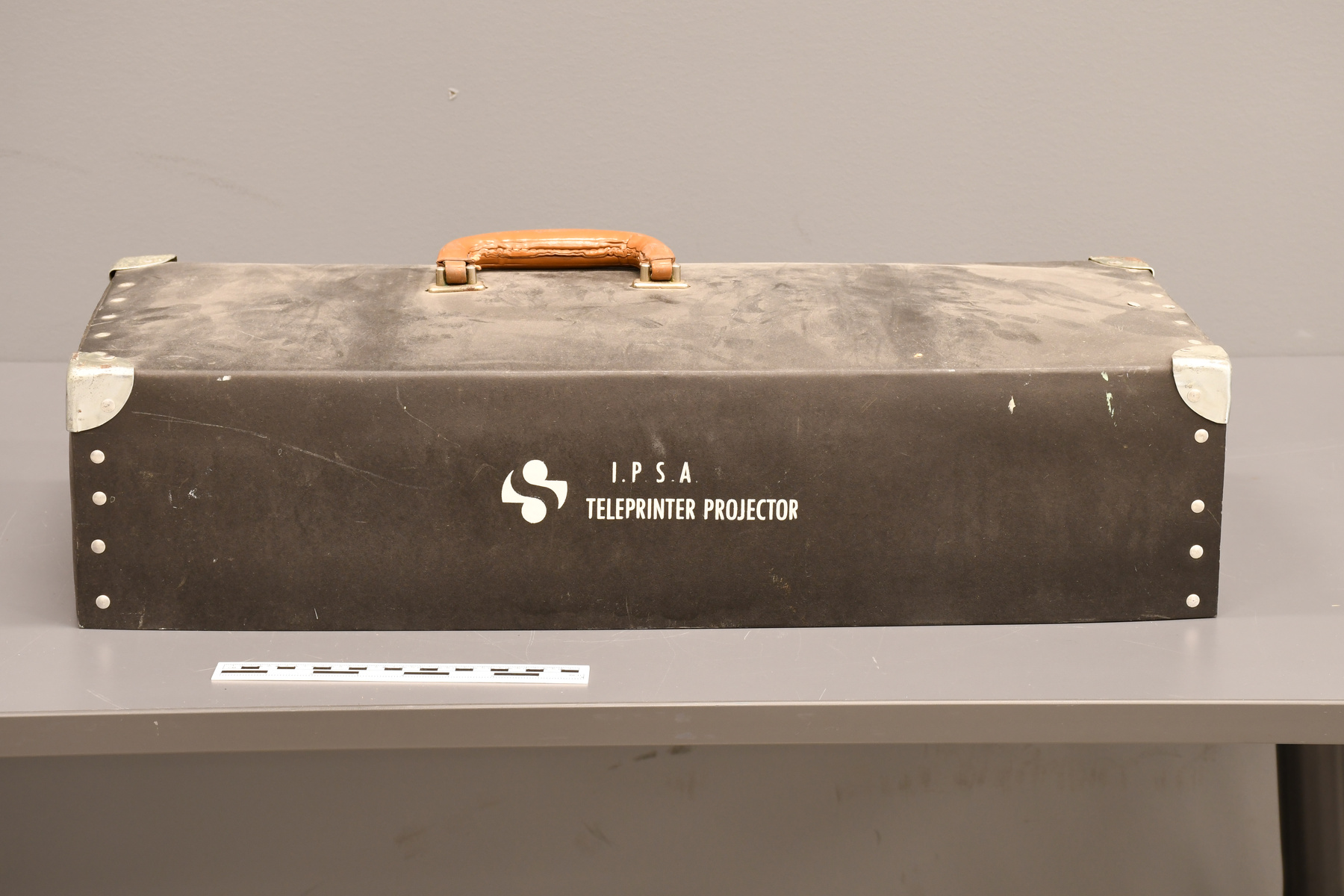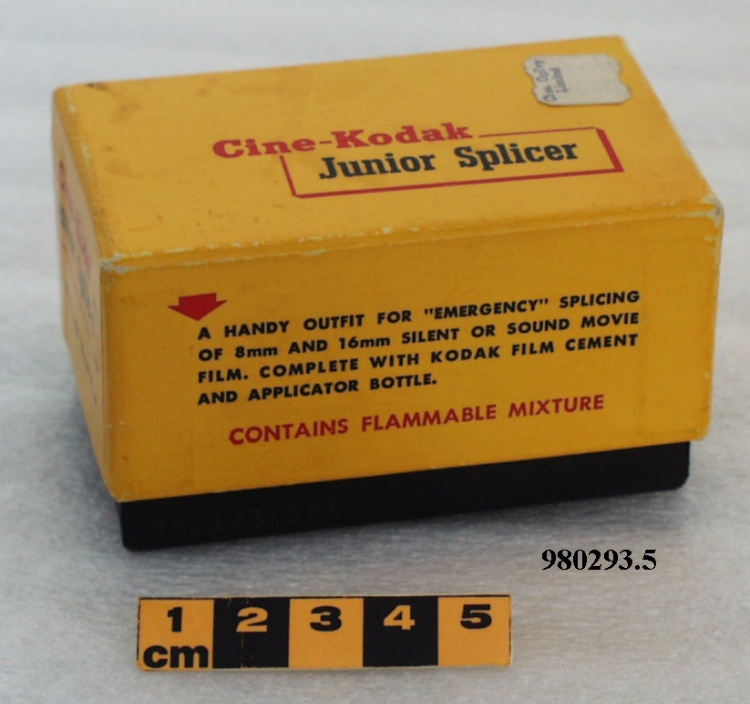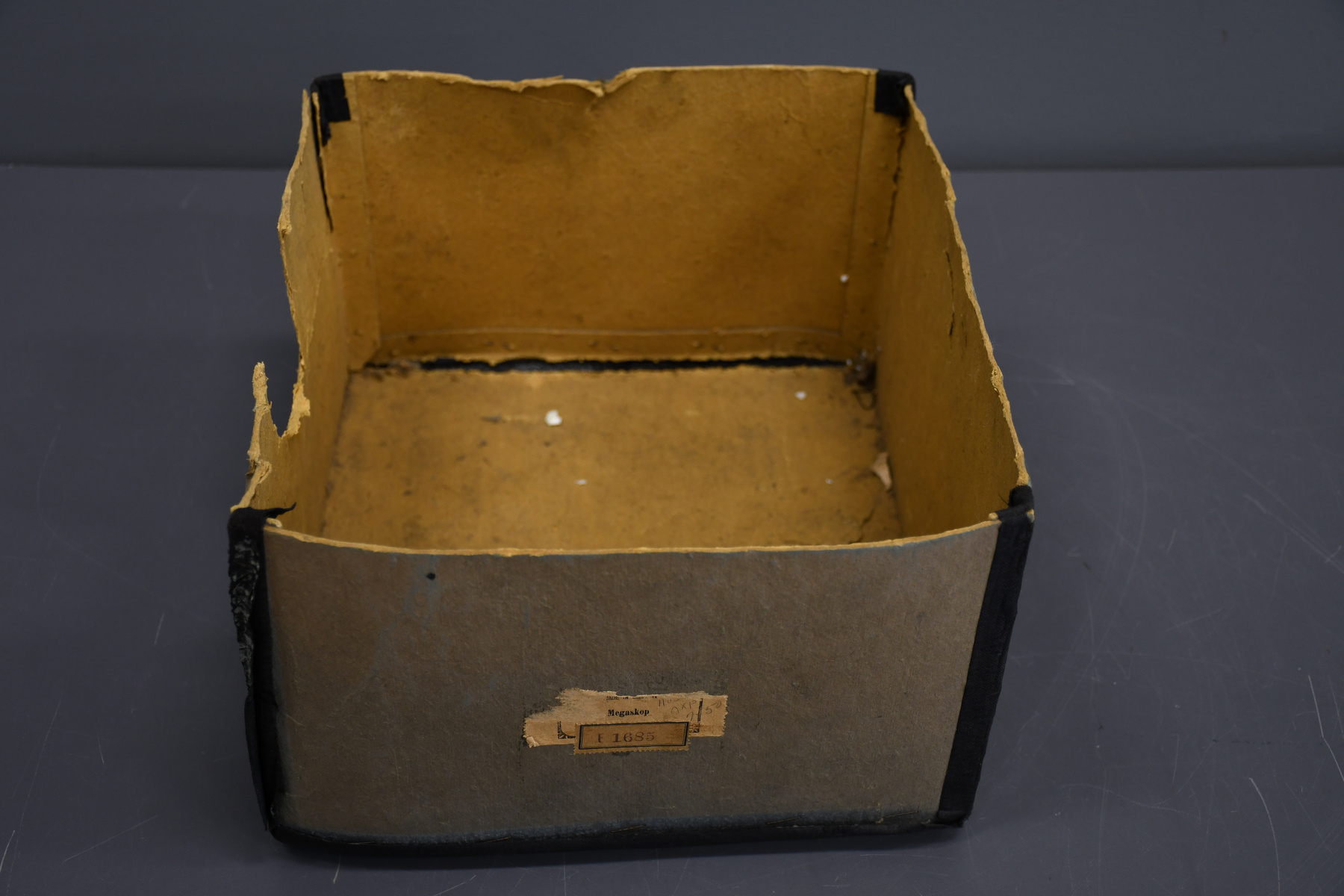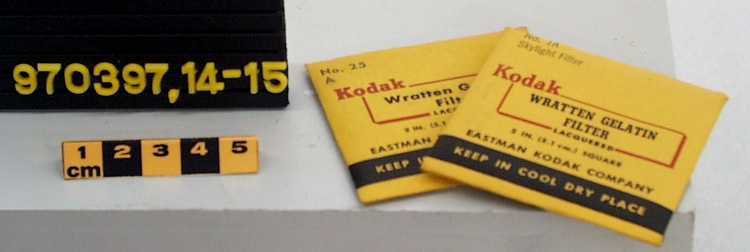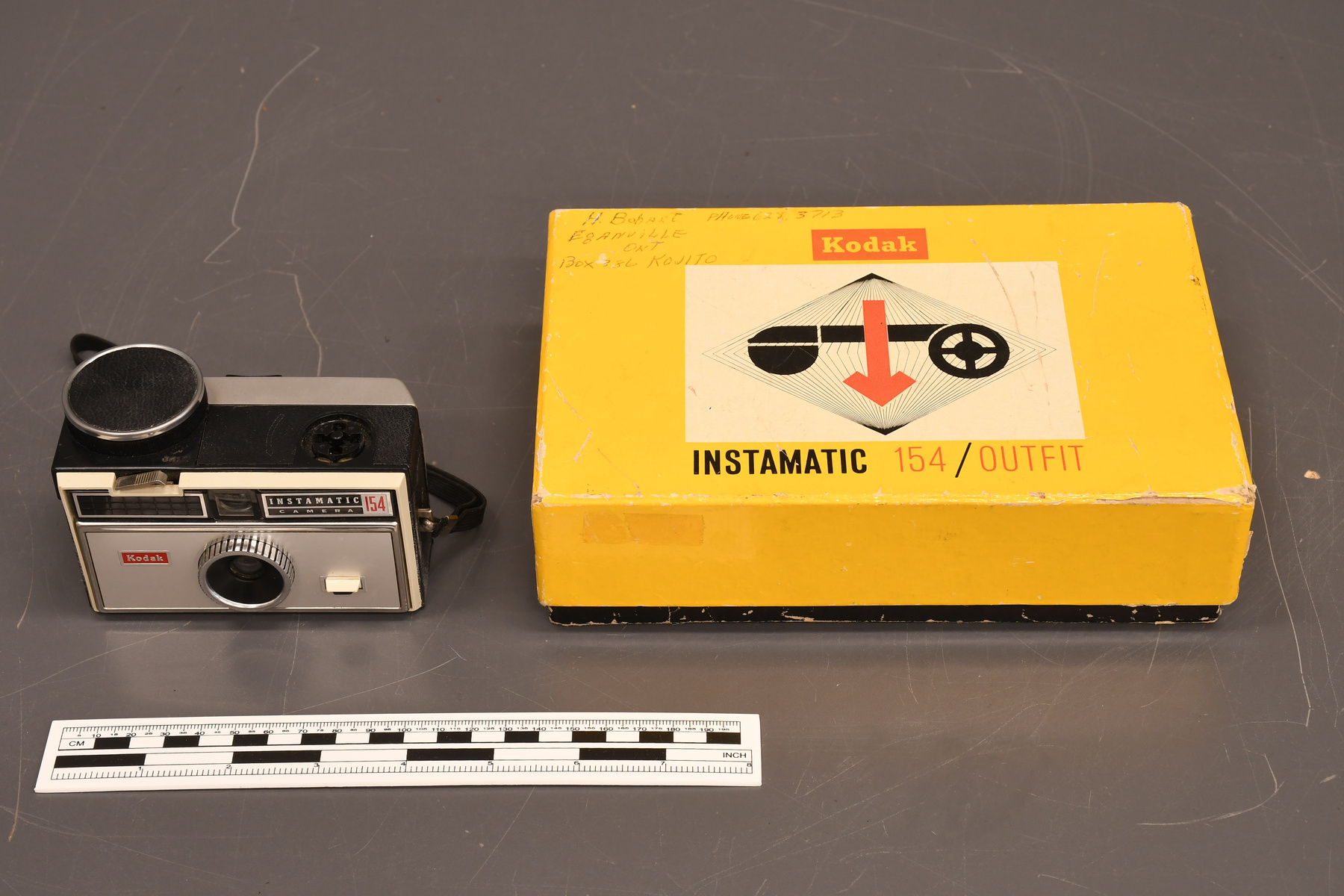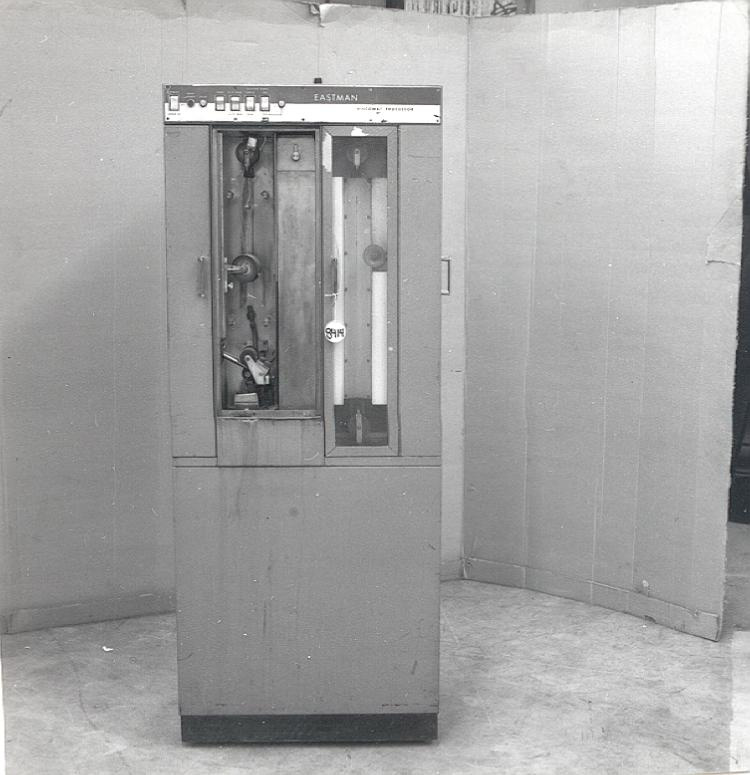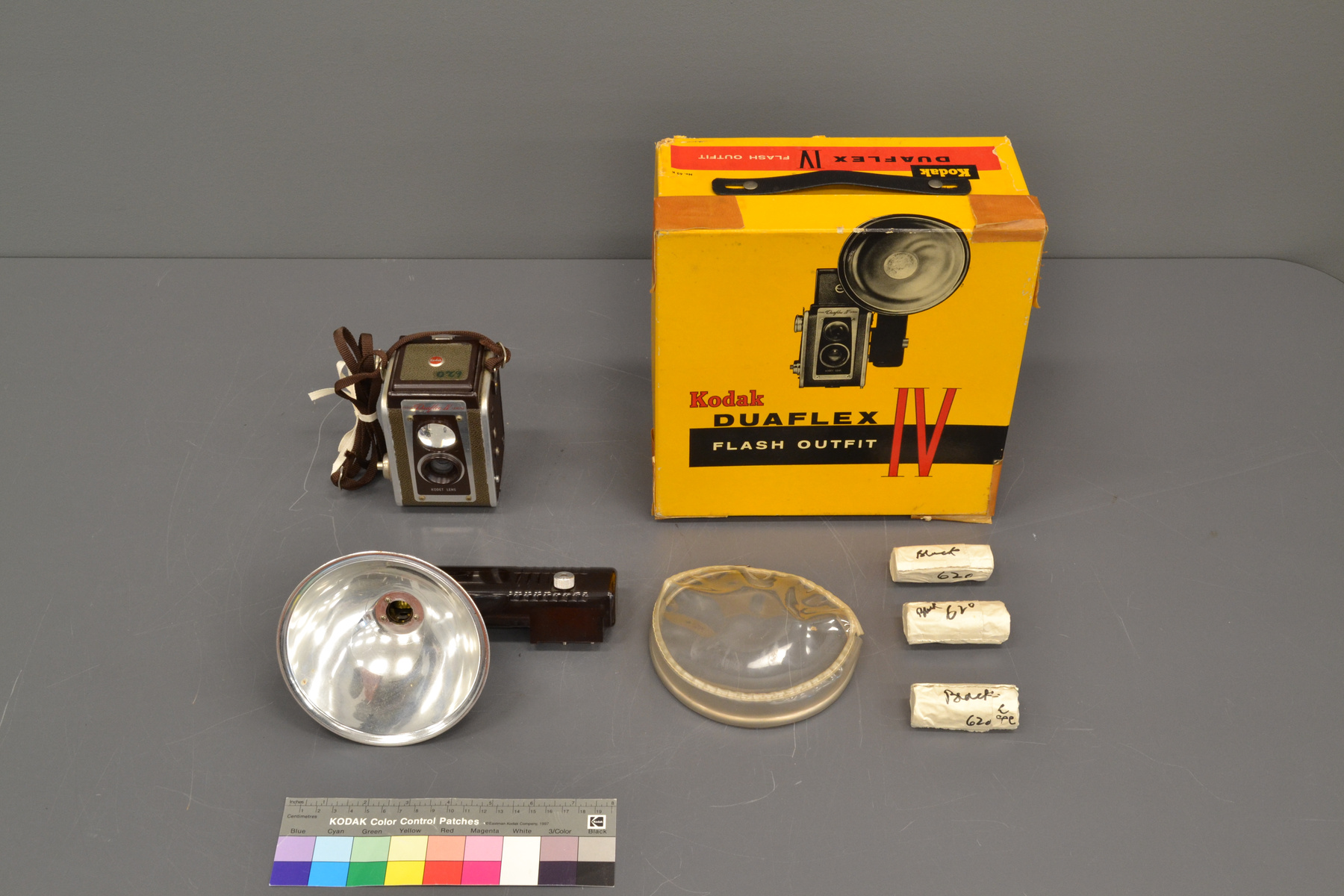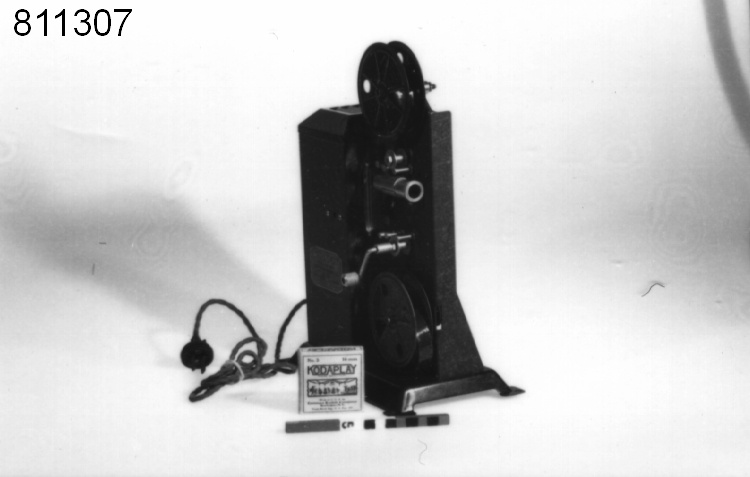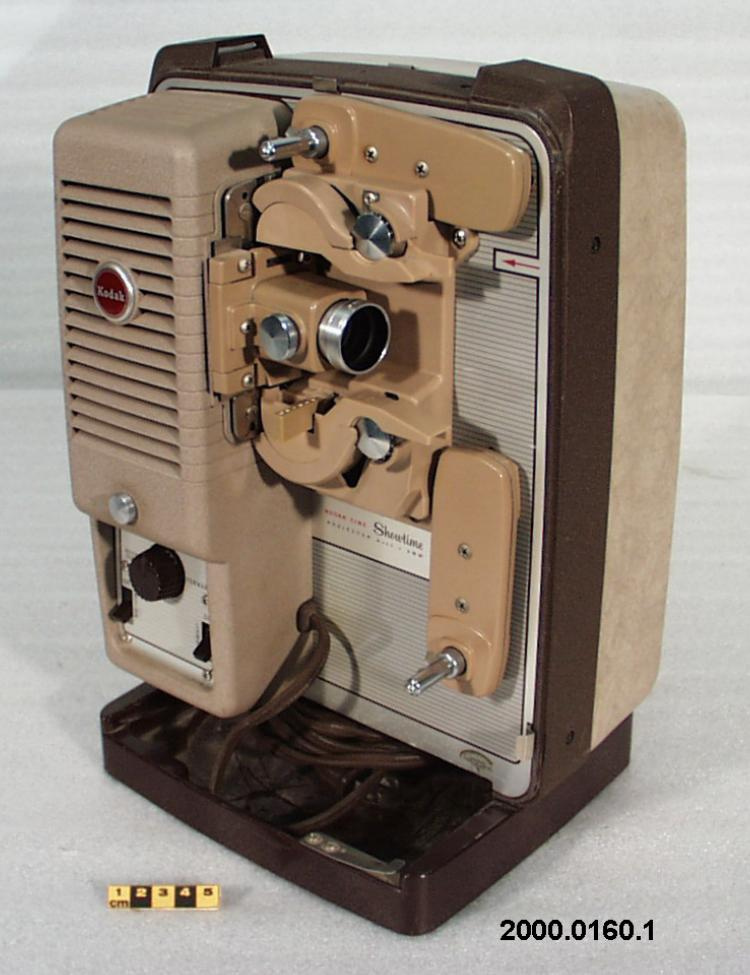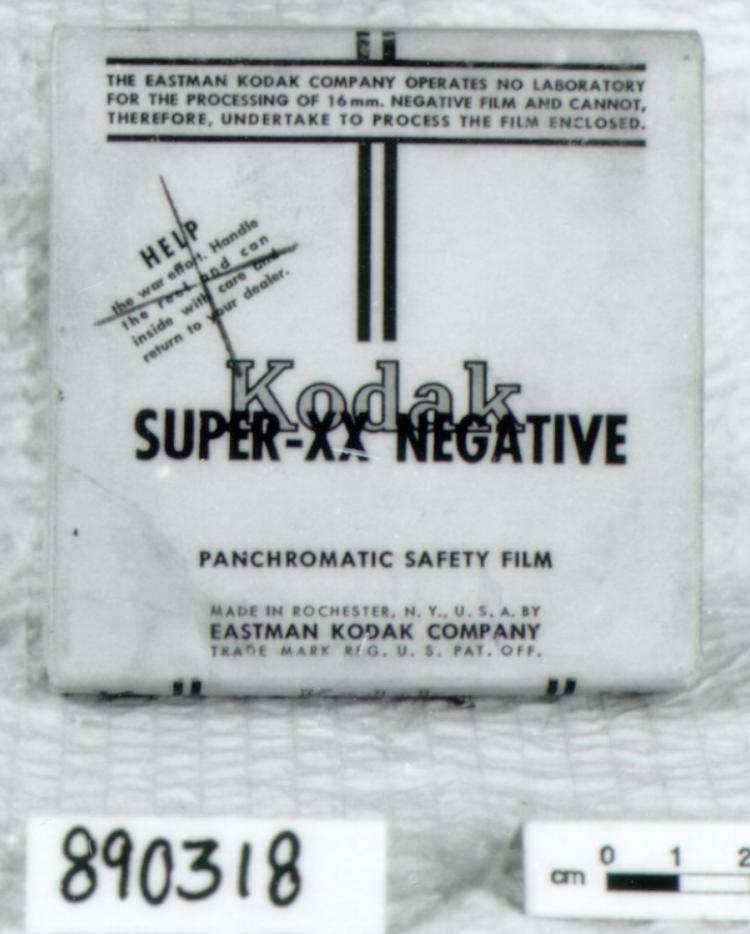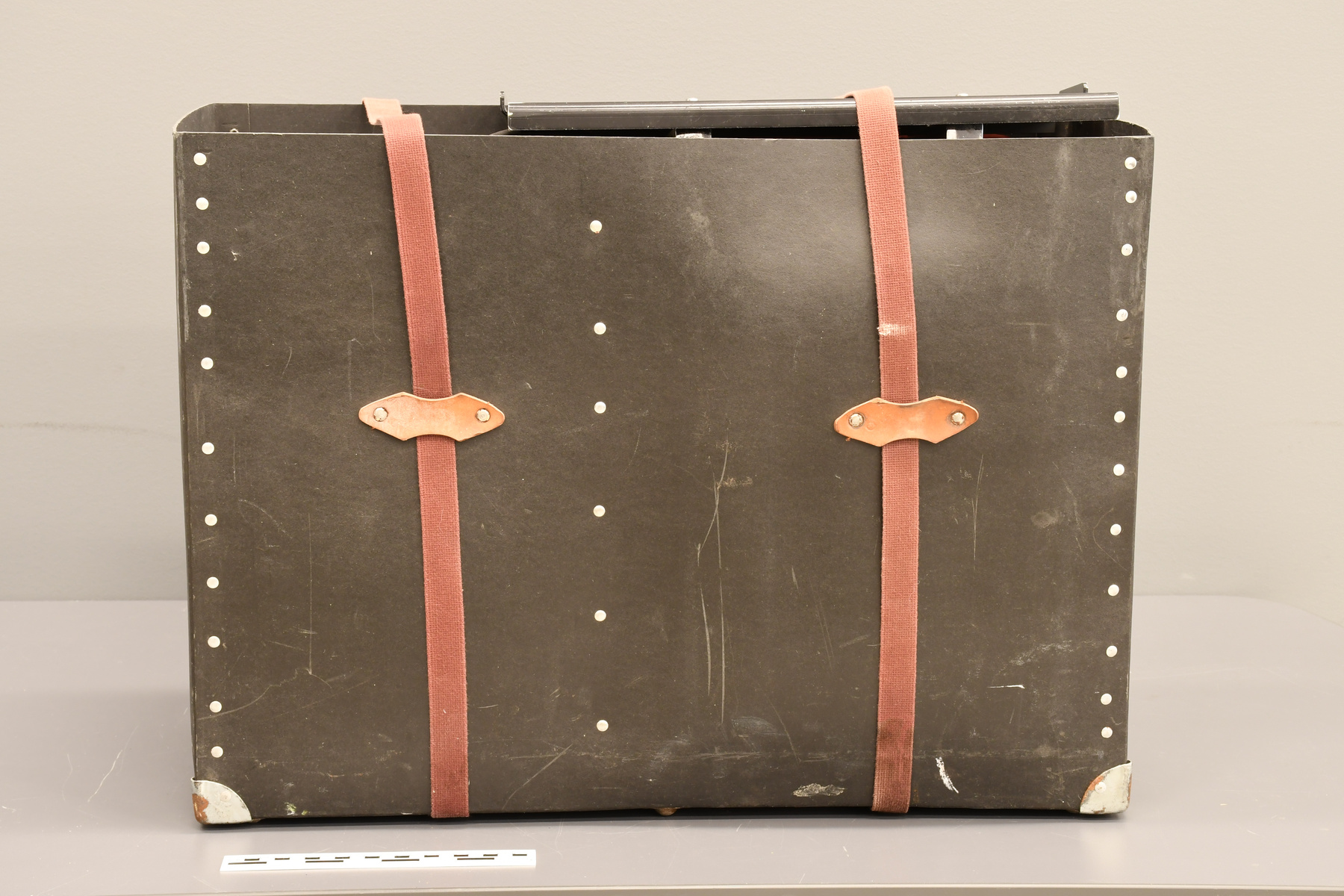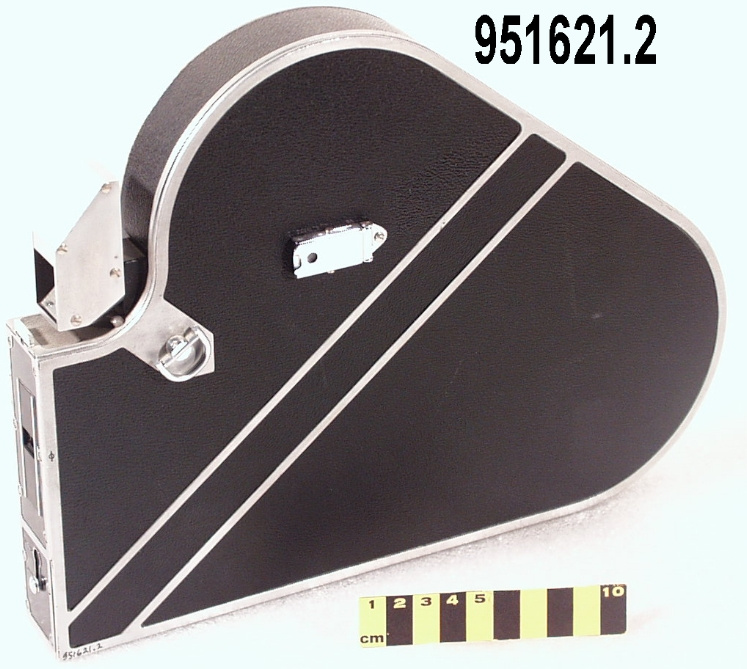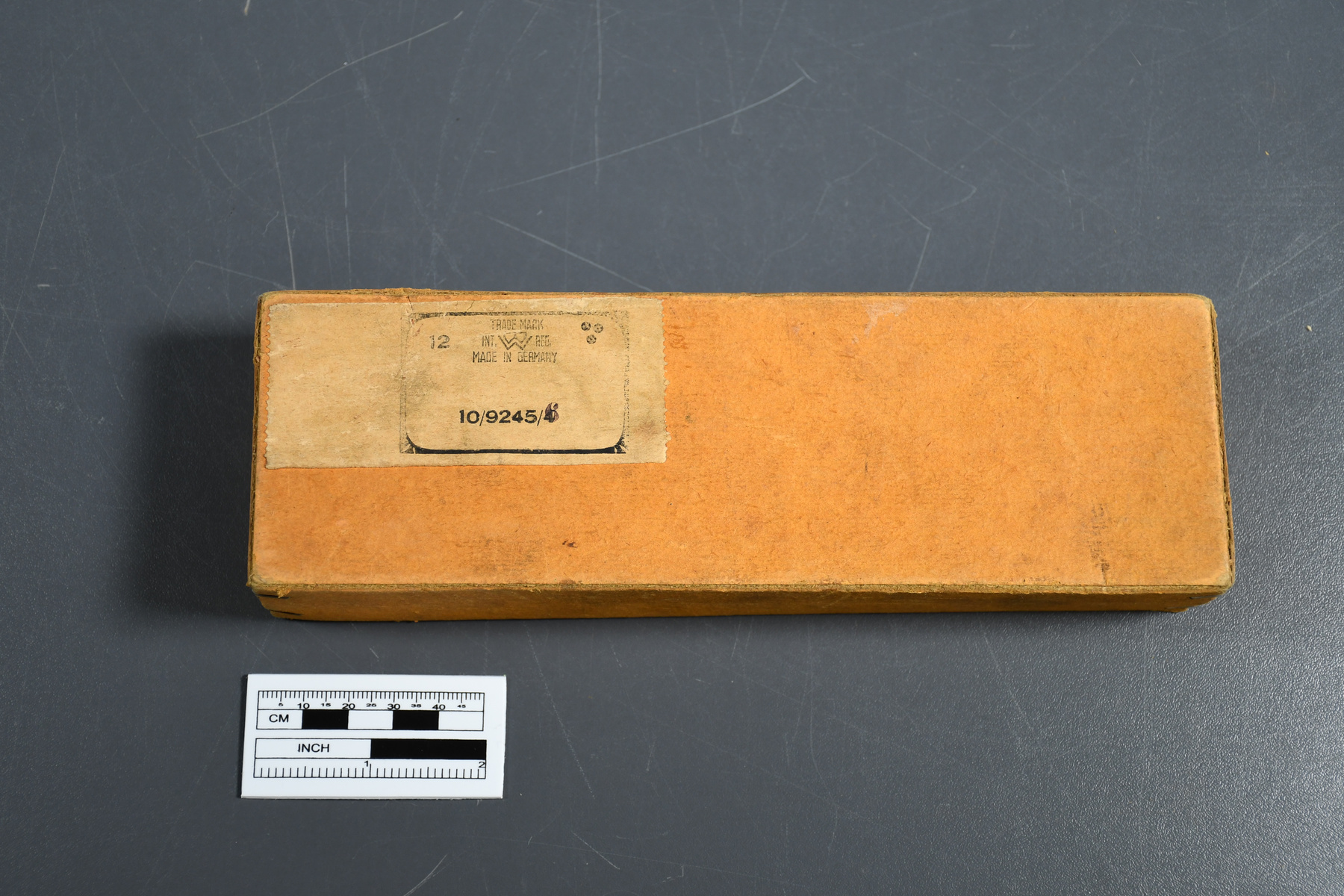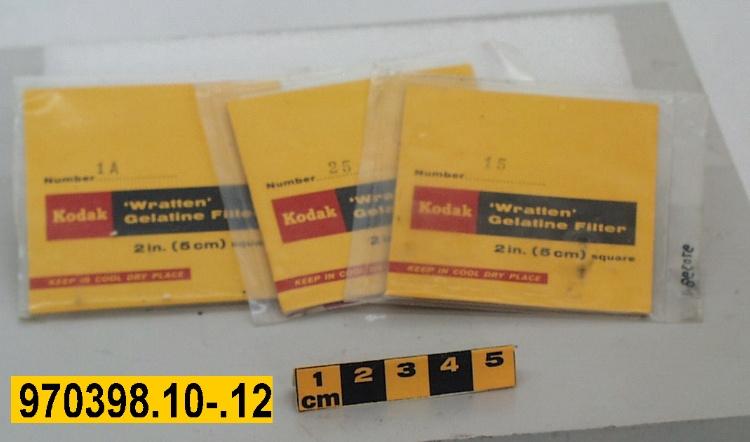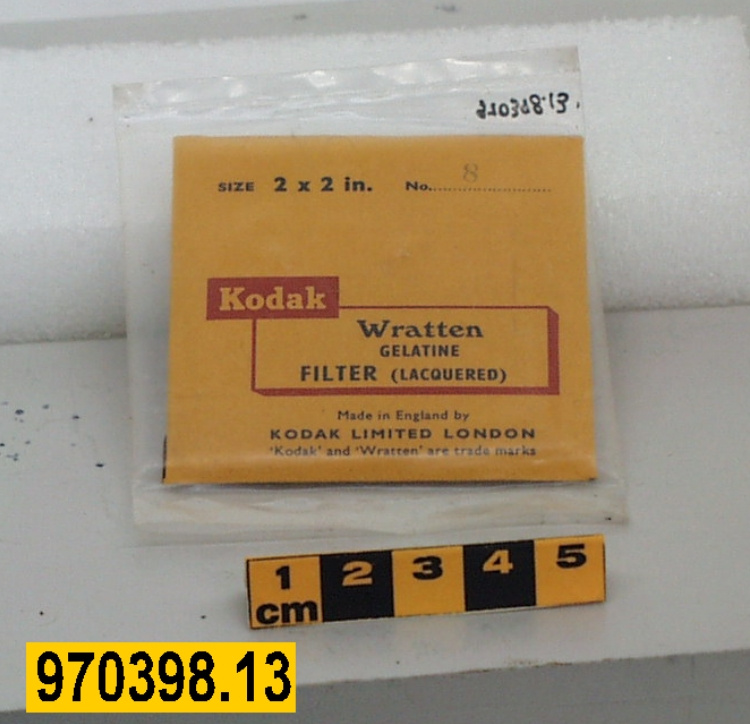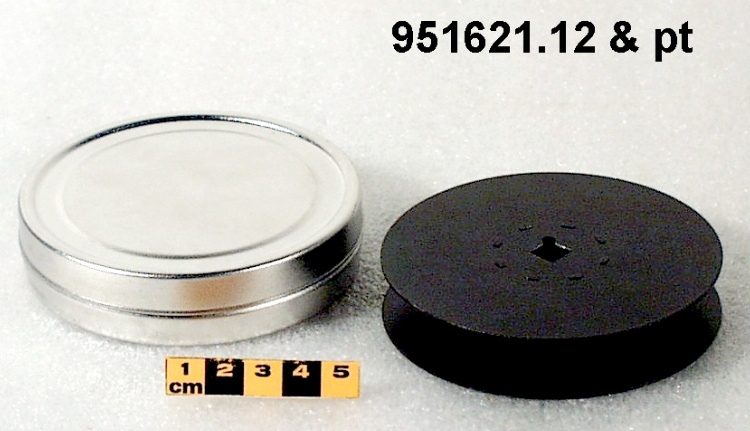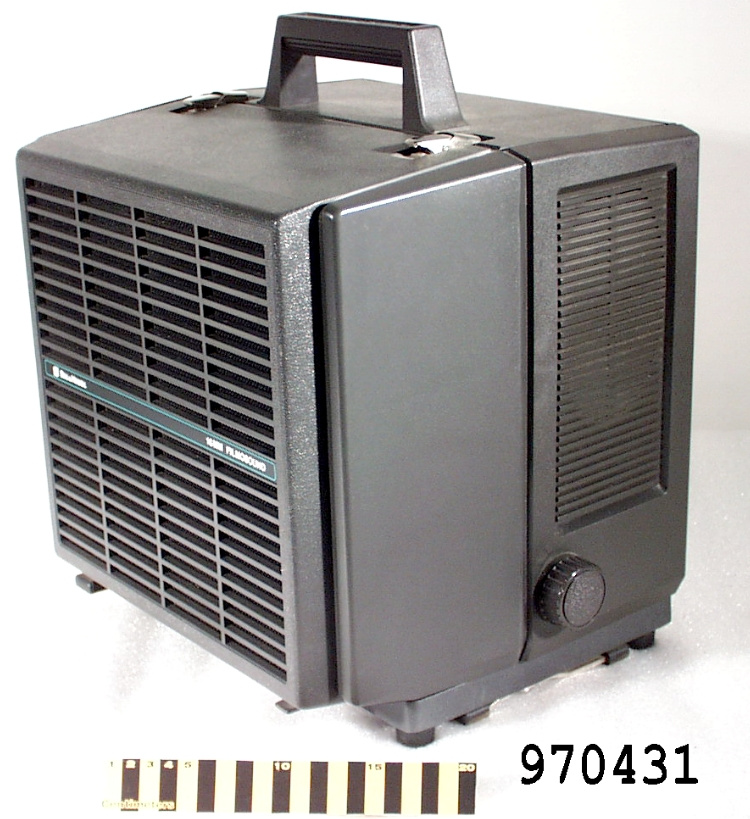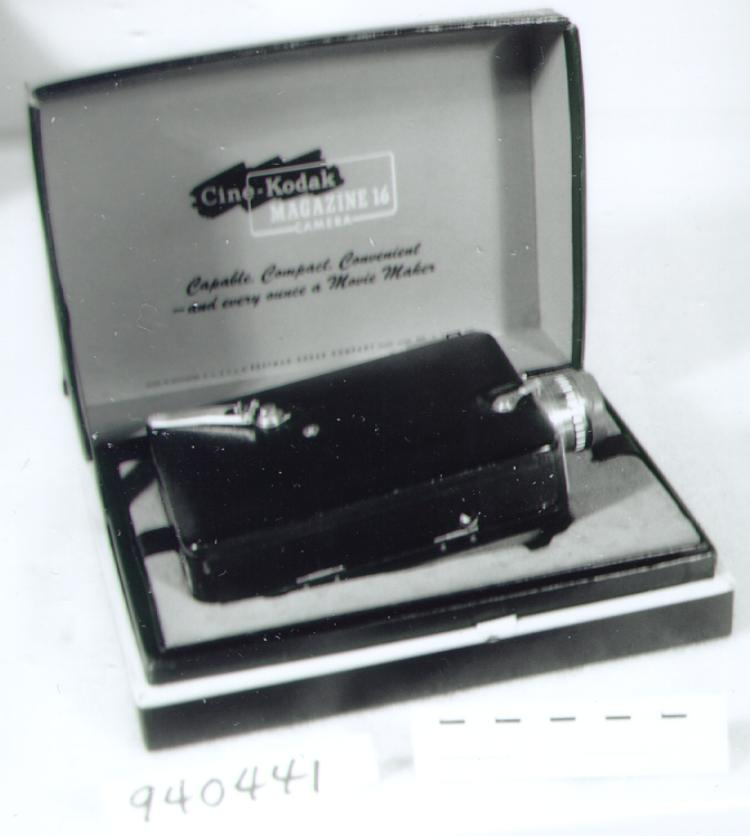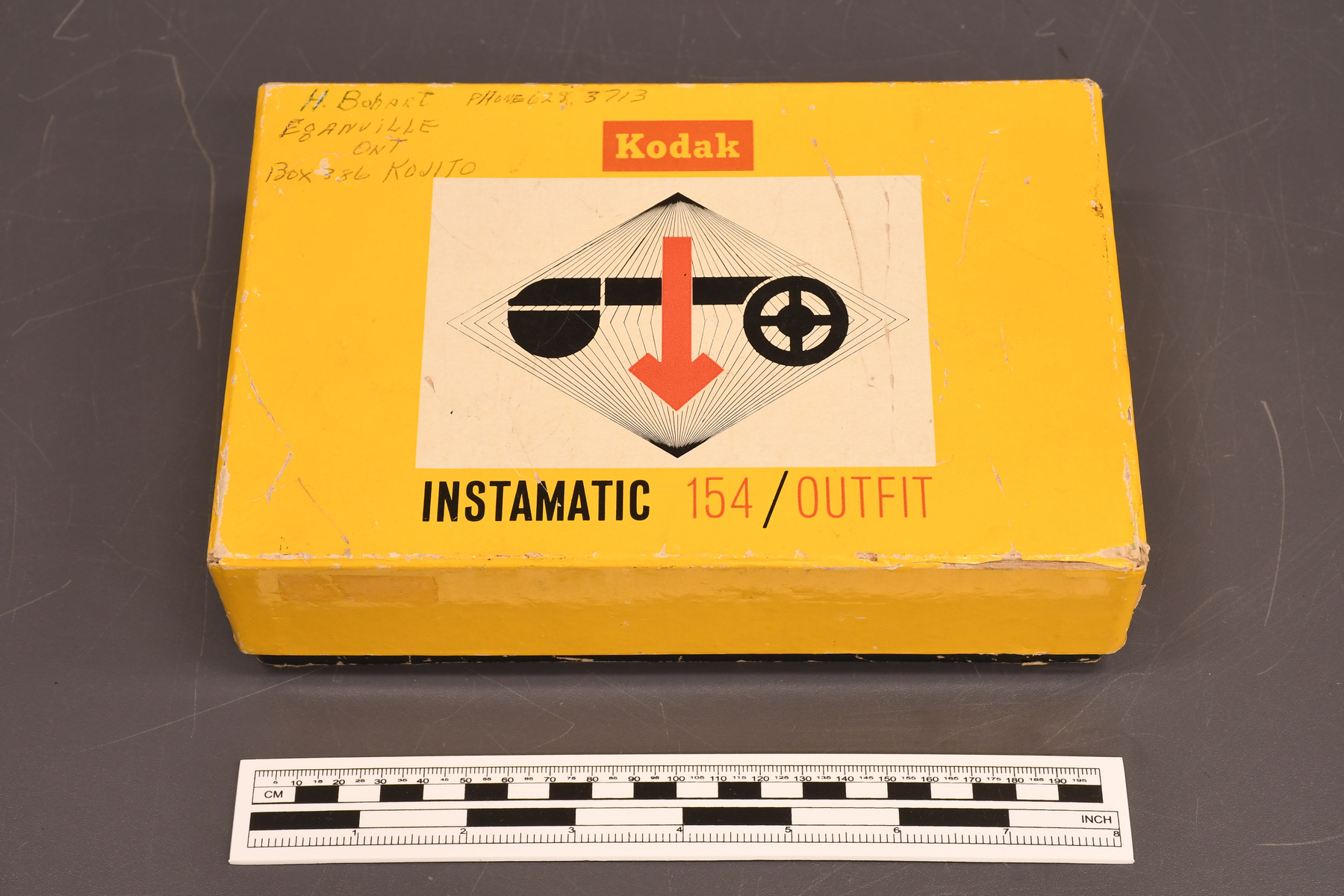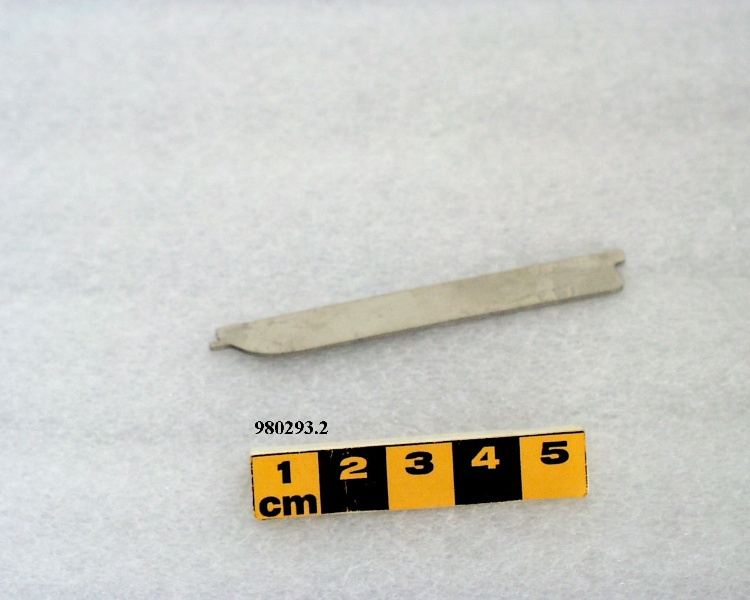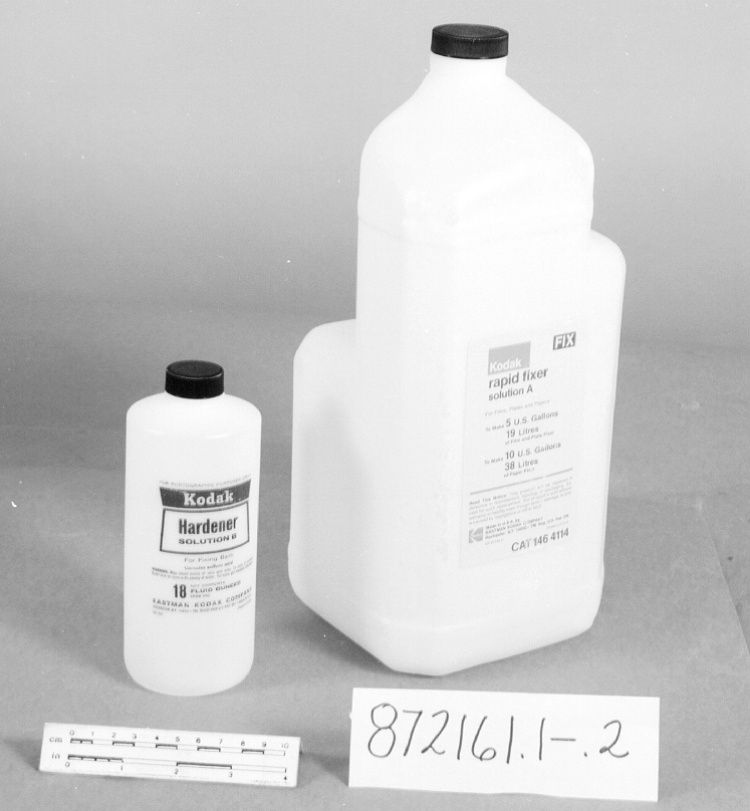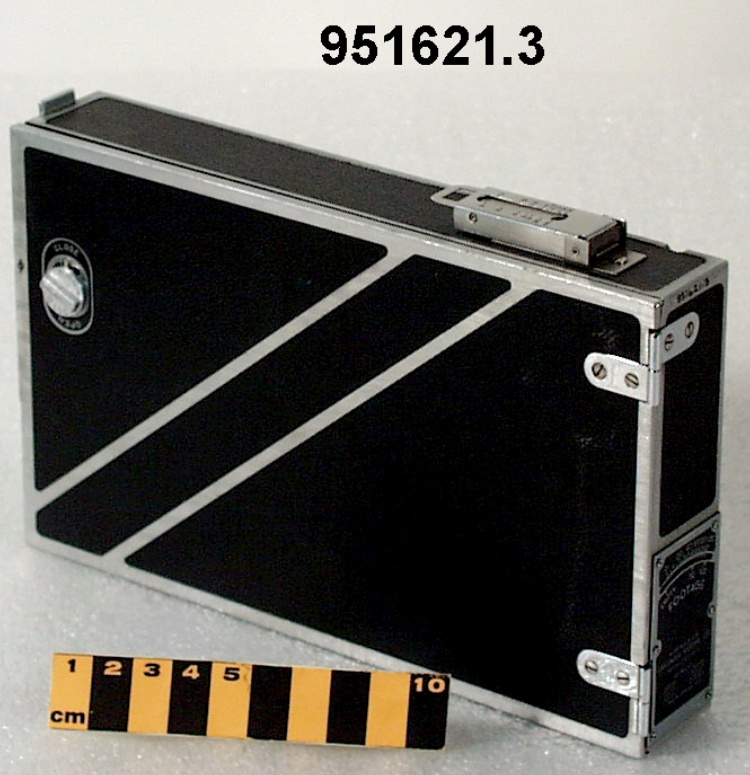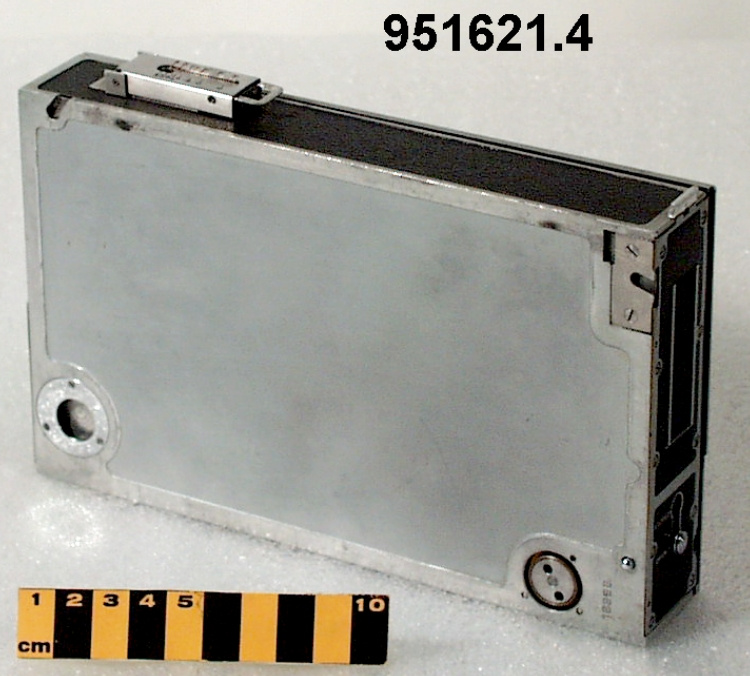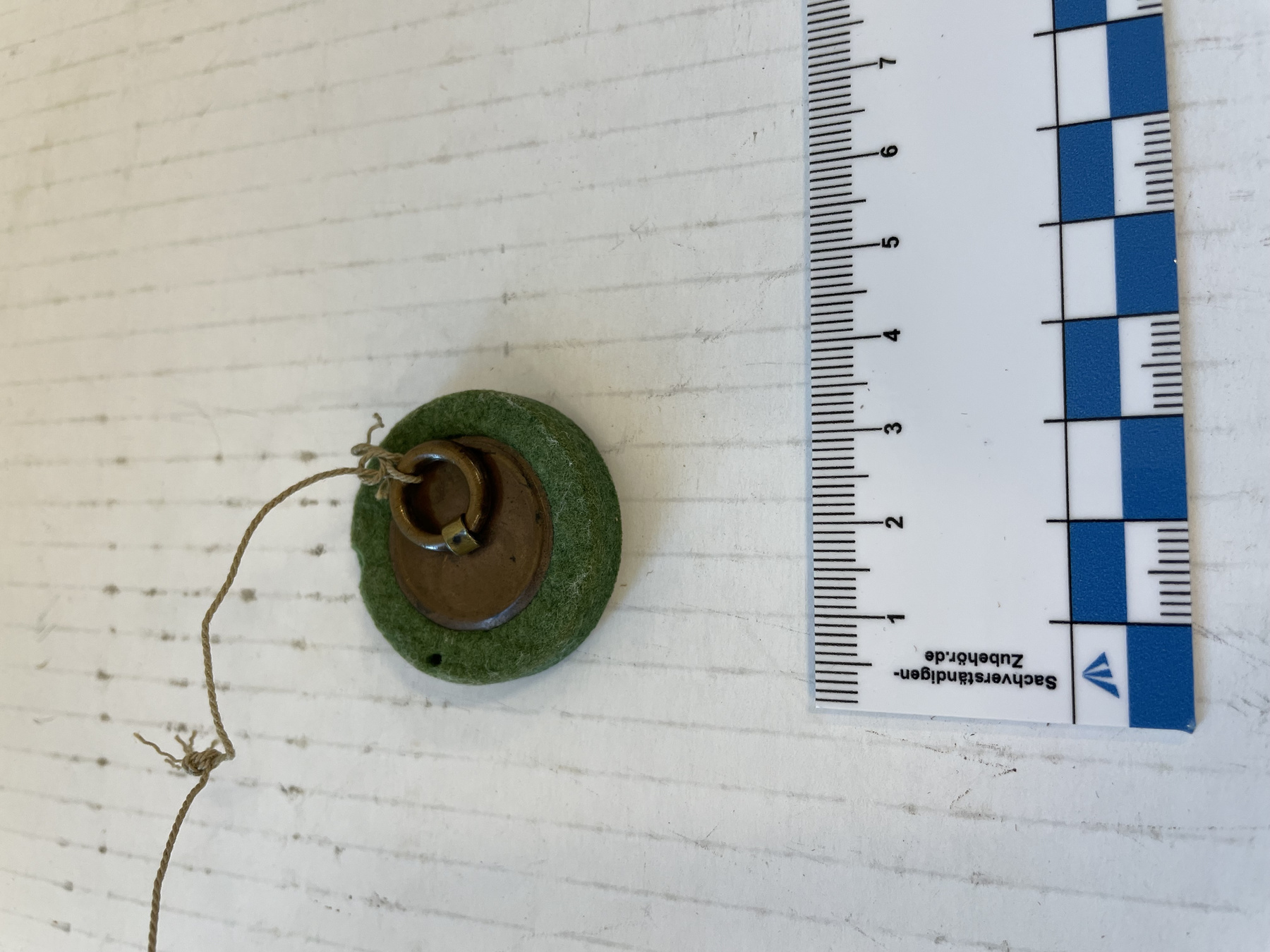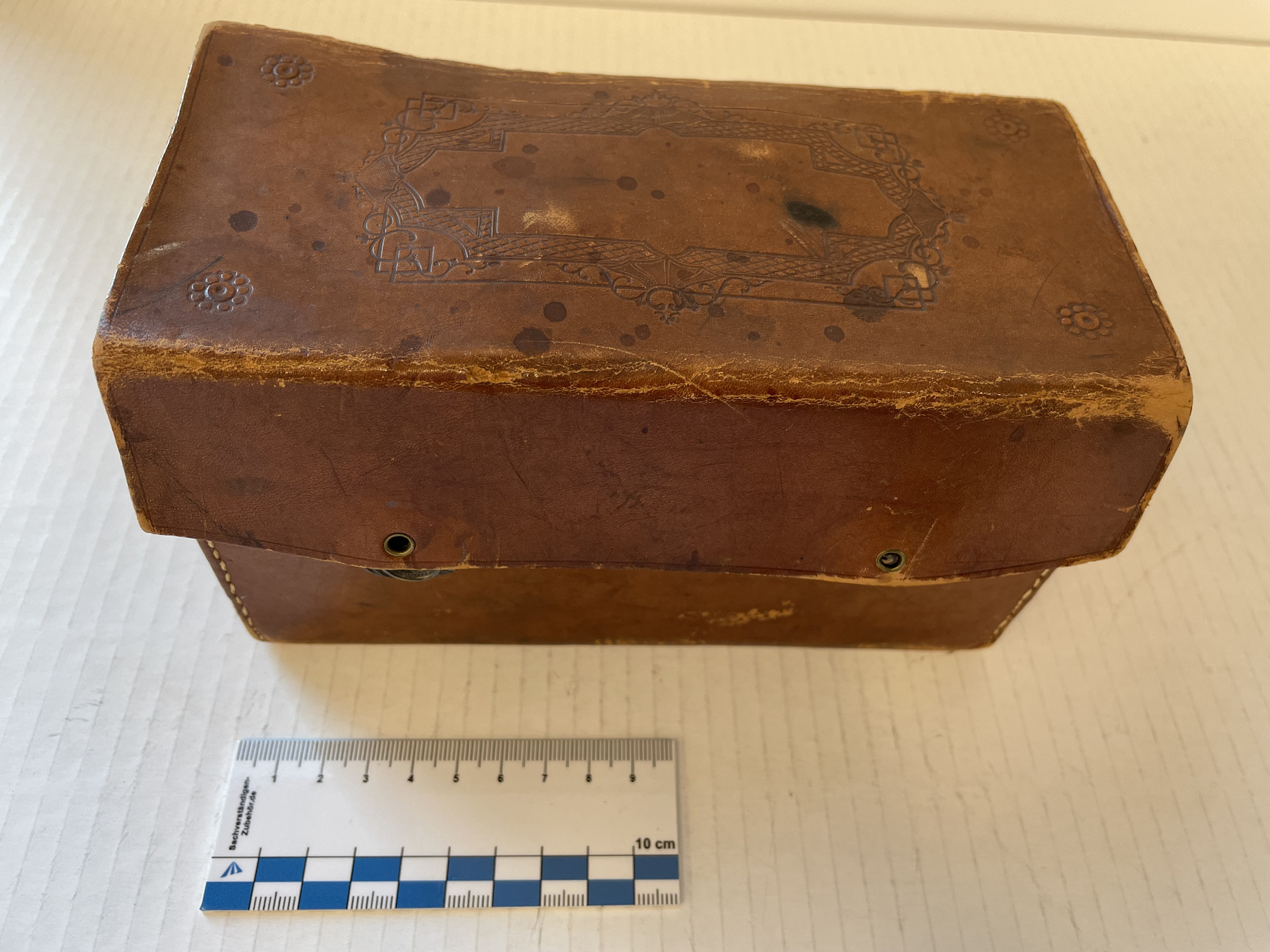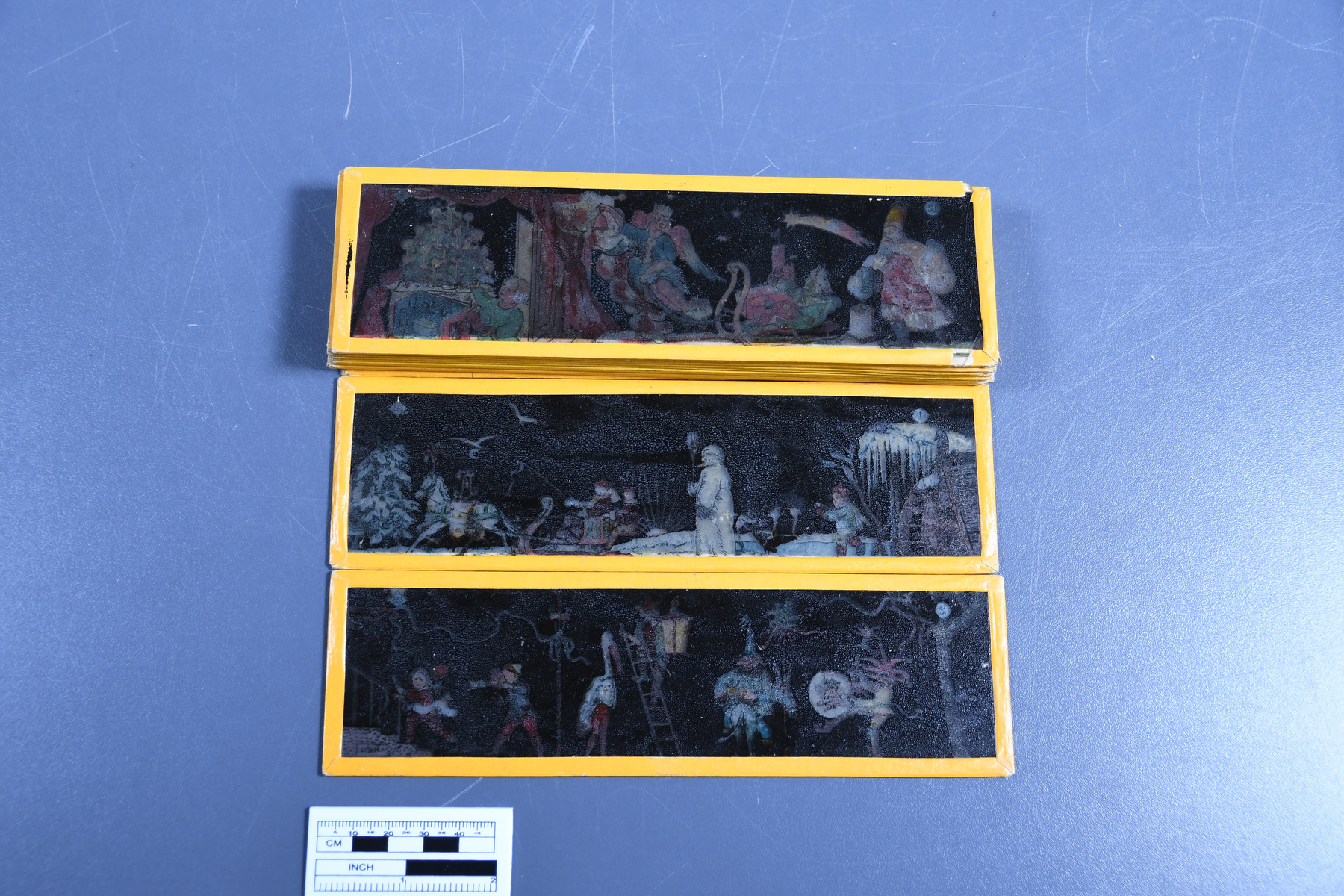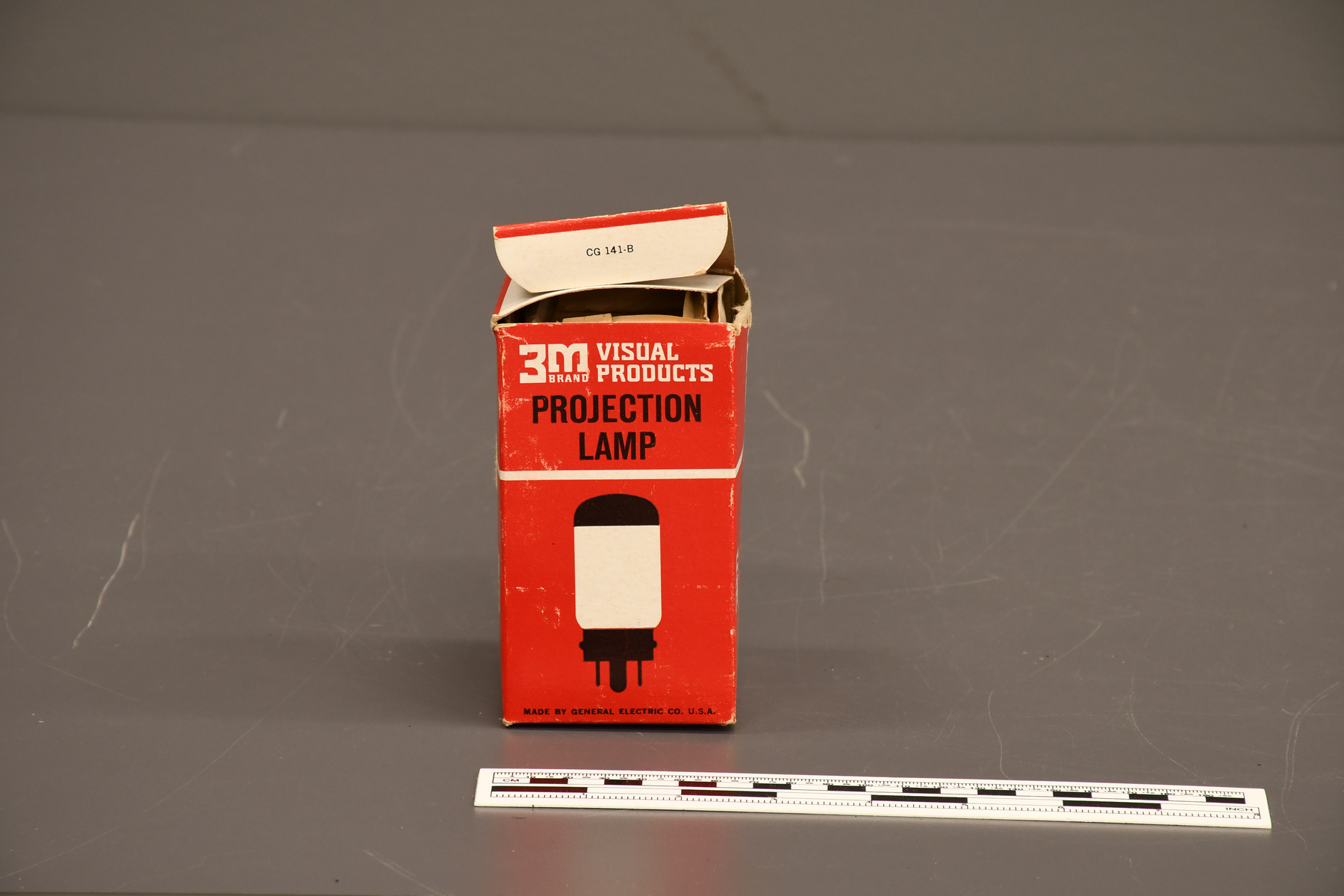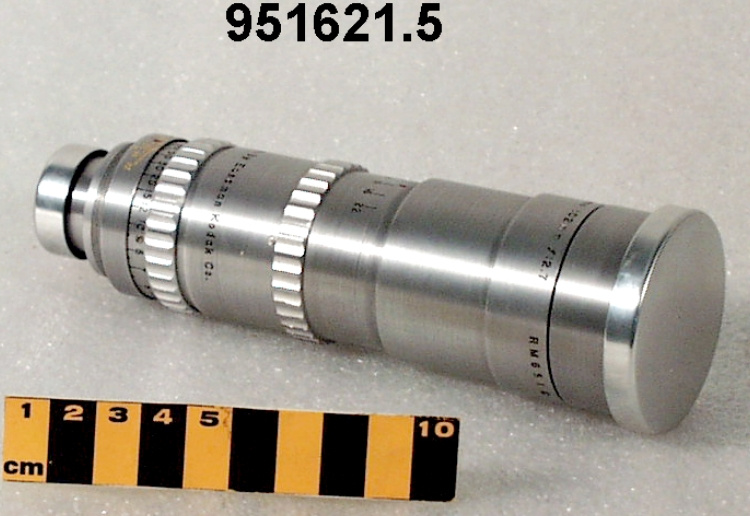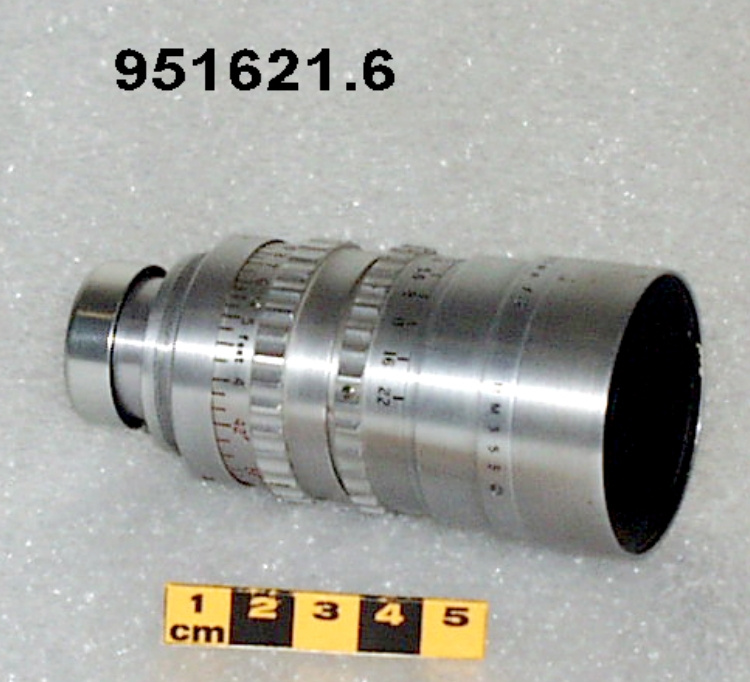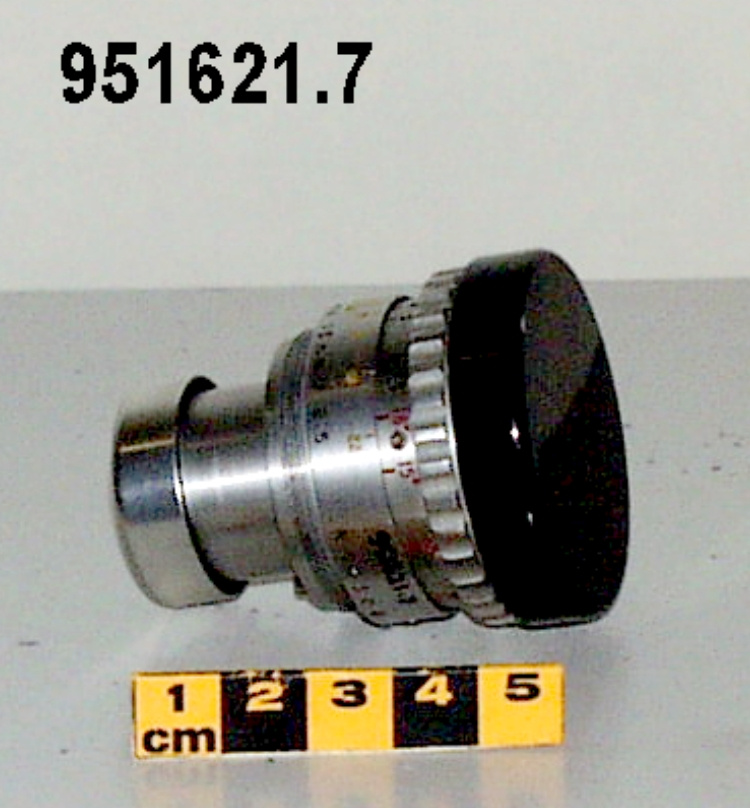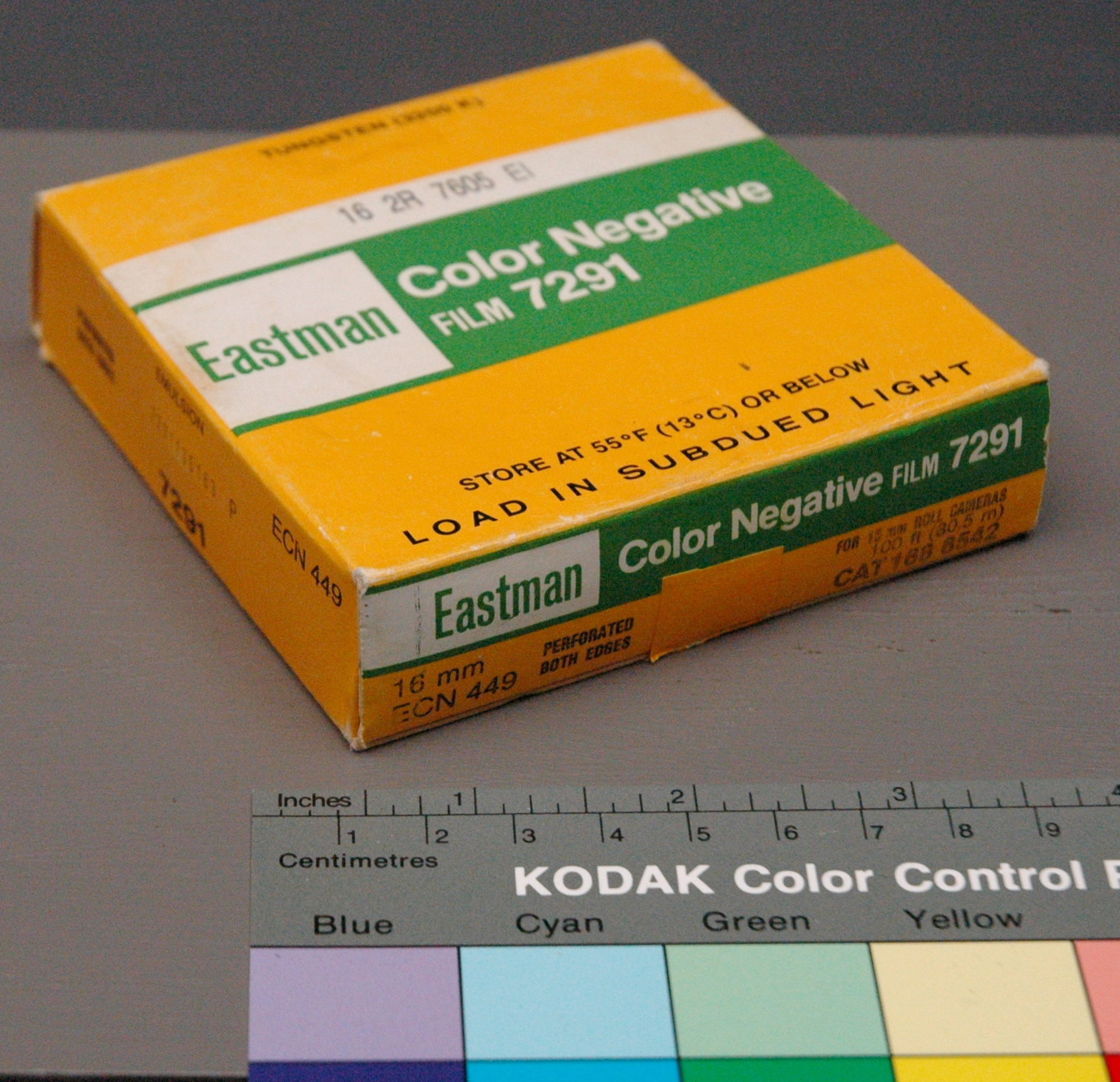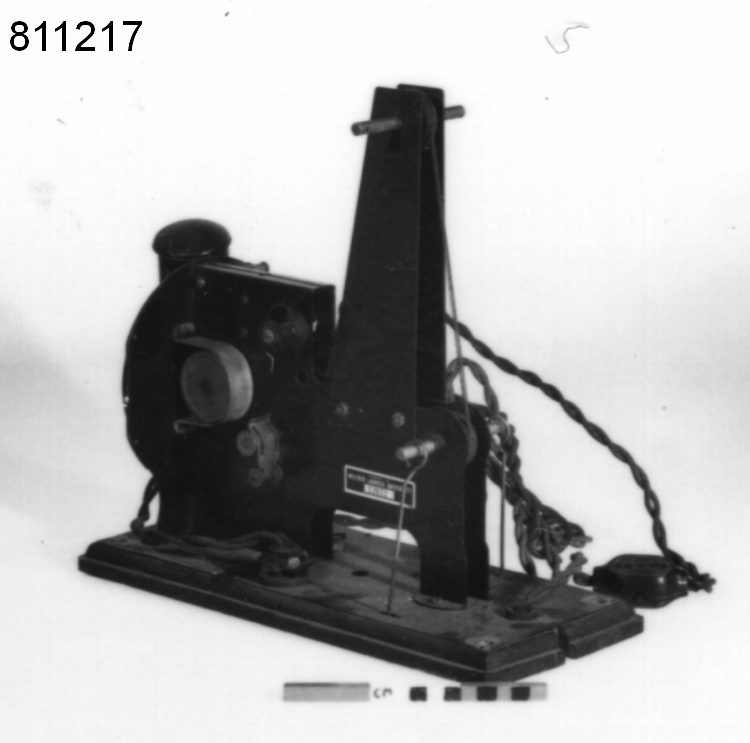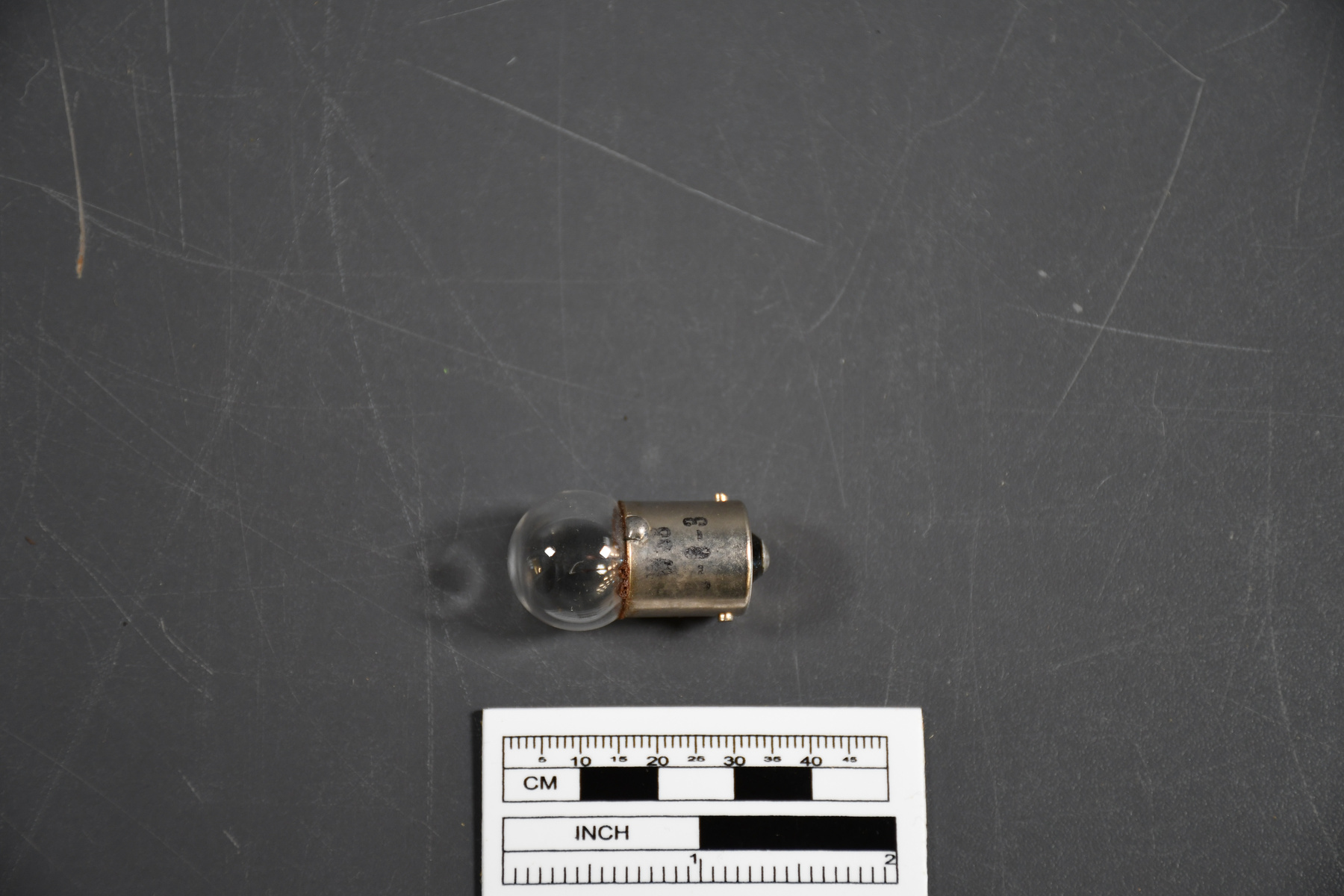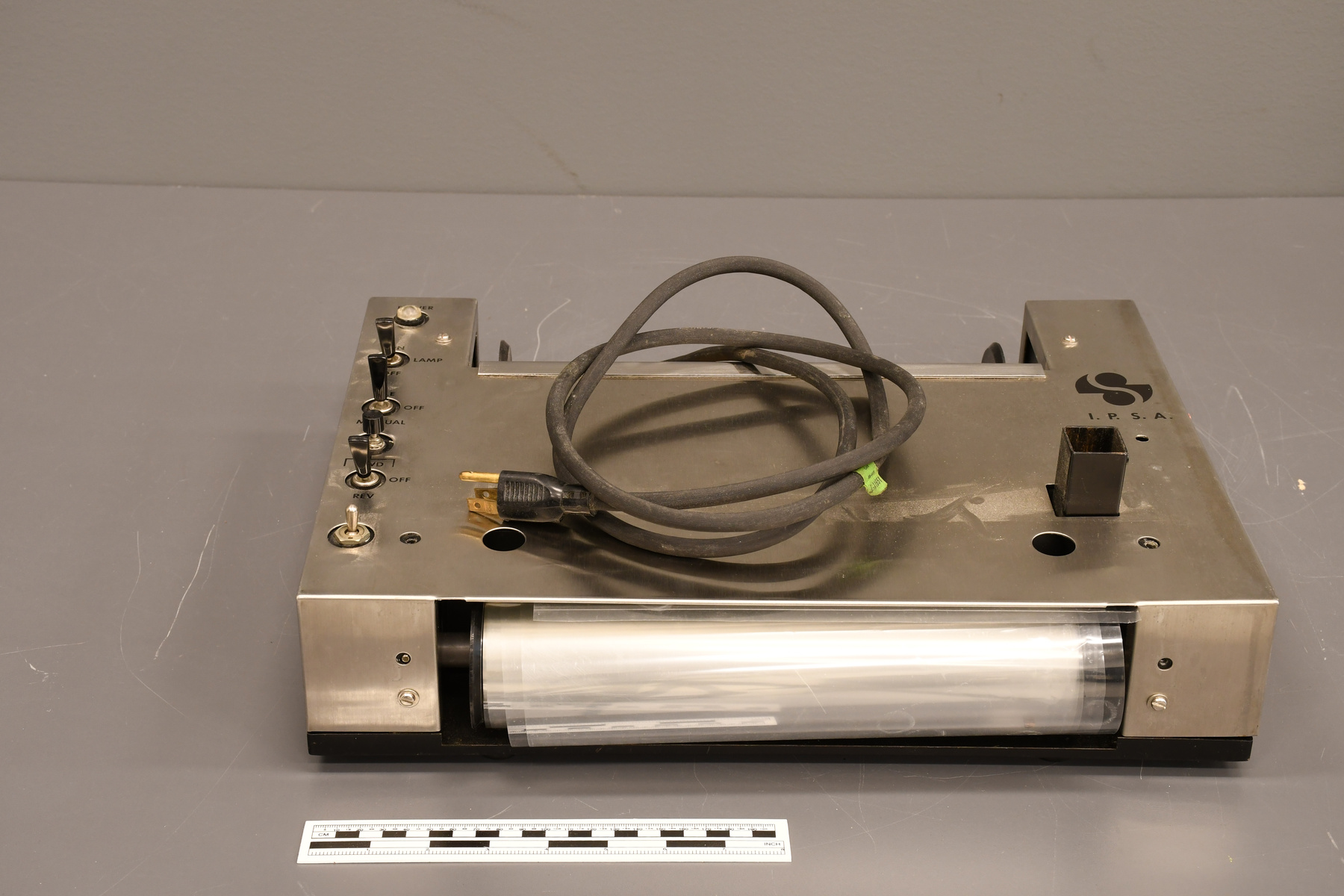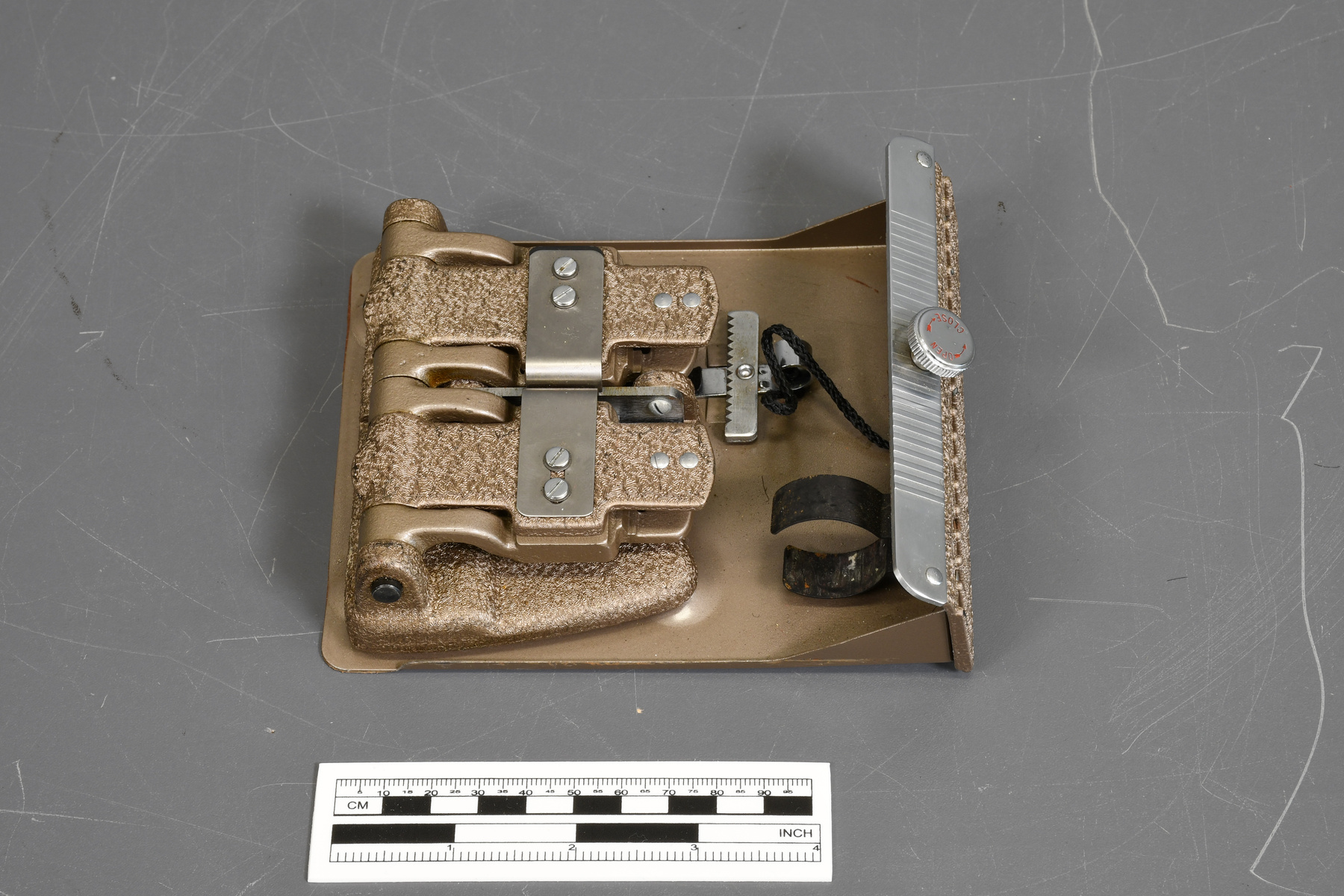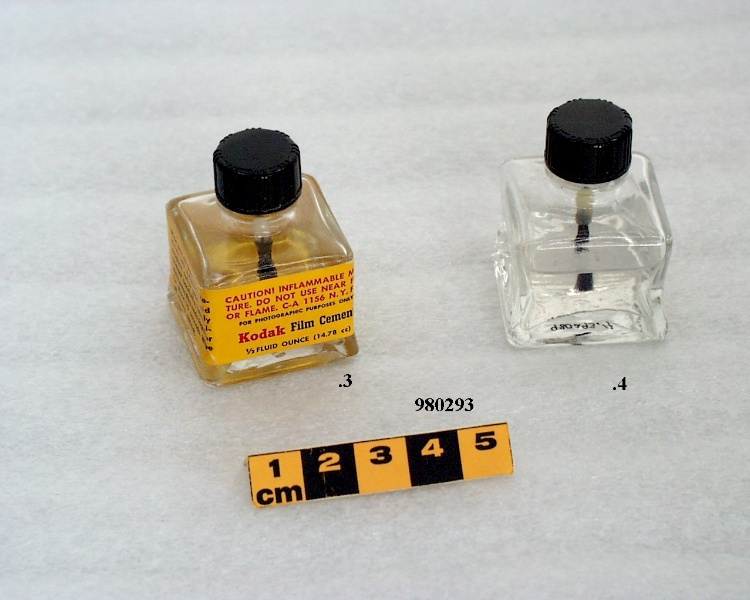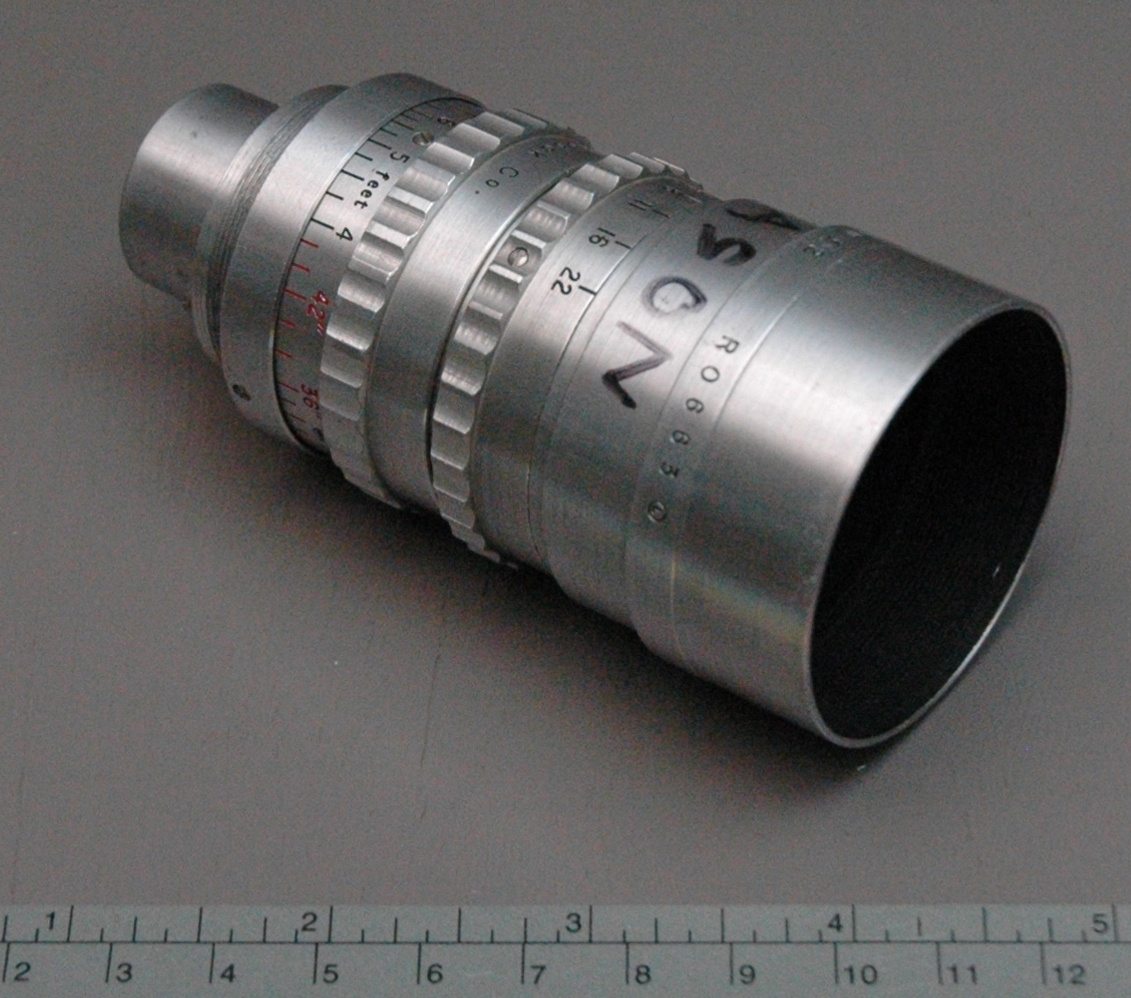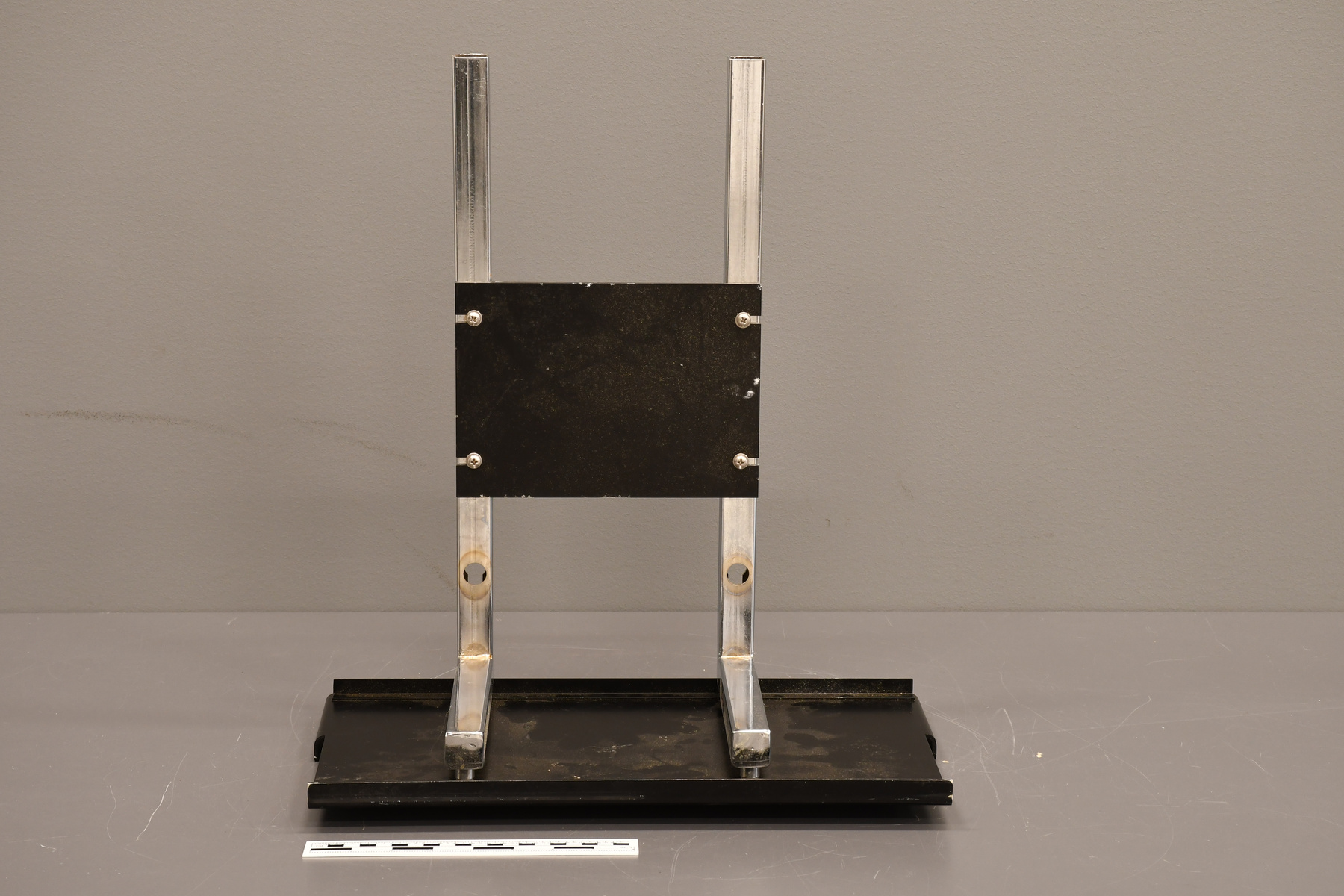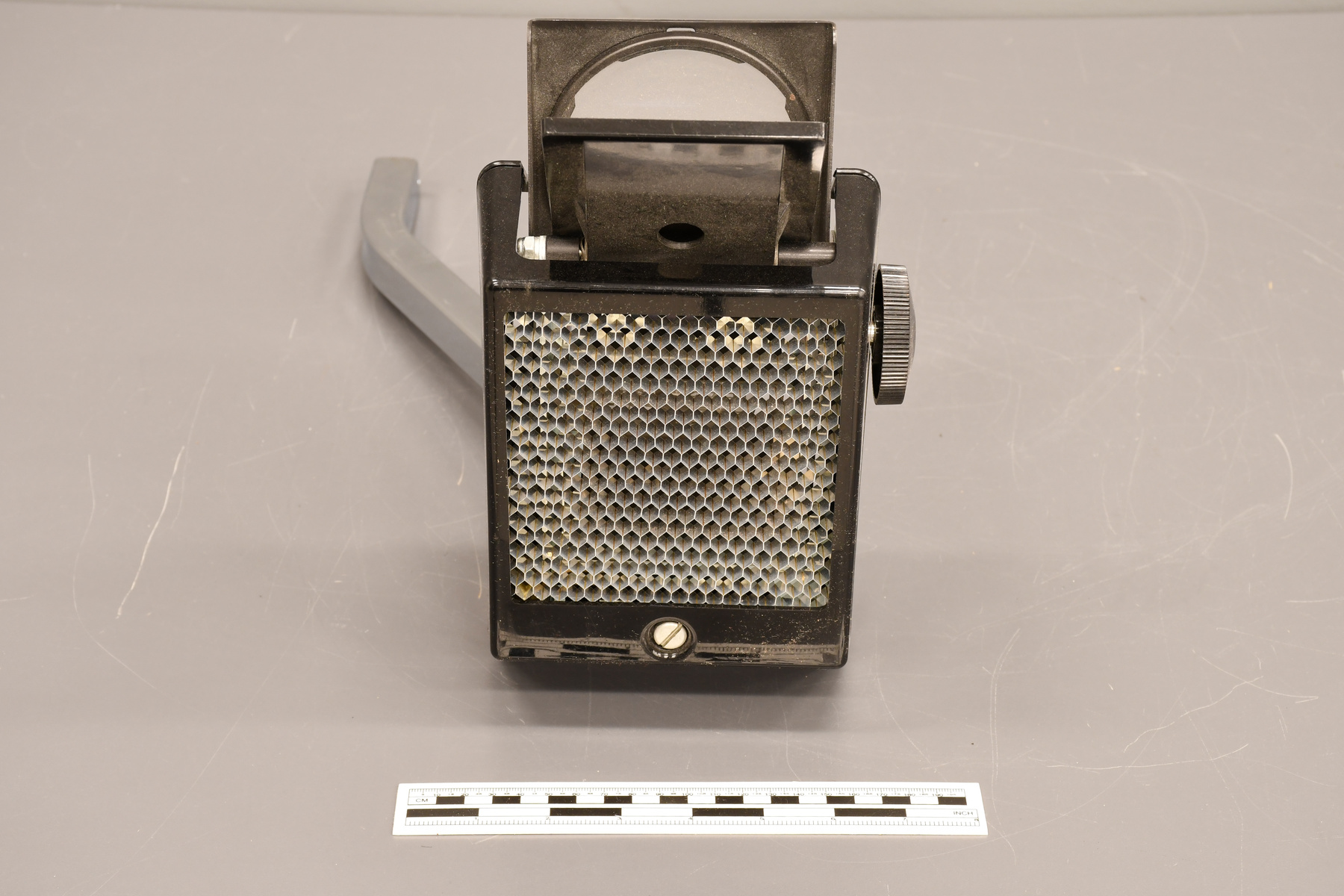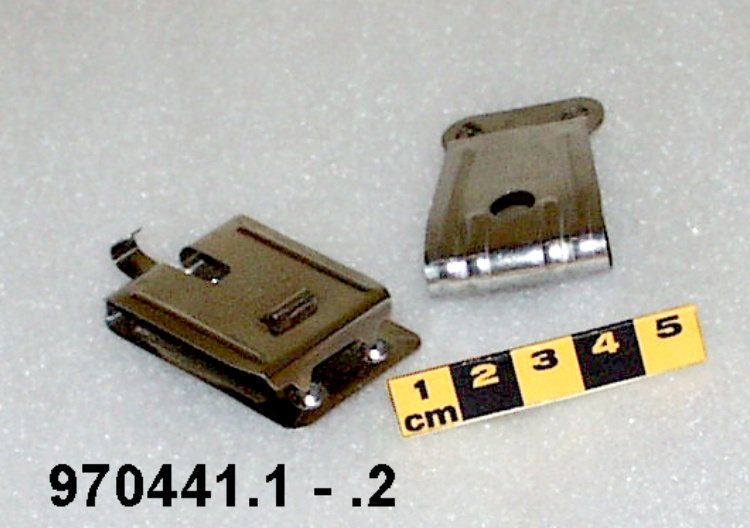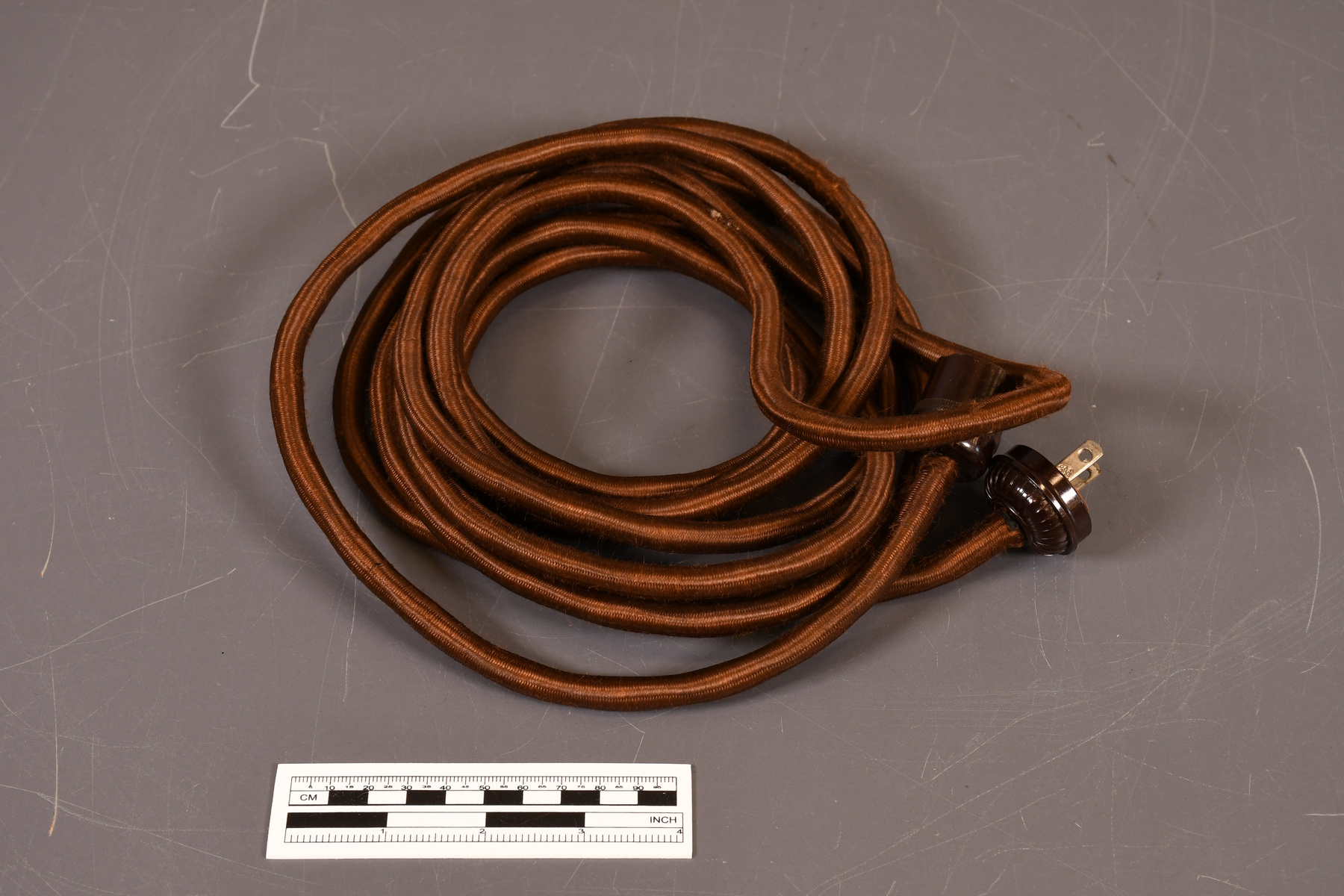Cord, electrical
Use this image
Can I reuse this image without permission? Yes
Object images on the Ingenium Collection’s portal have the following Creative Commons license:
Copyright Ingenium / CC BY-NC-ND (Attribution-NonCommercial 4.0 International (CC BY-NC 4.0)
ATTRIBUTE THIS IMAGE
Ingenium,
2009.0389.004
Permalink:
Ingenium is releasing this image under the Creative Commons licensing framework, and encourages downloading and reuse for non-commercial purposes. Please acknowledge Ingenium and cite the artifact number.
DOWNLOAD IMAGEPURCHASE THIS IMAGE
This image is free for non-commercial use.
For commercial use, please consult our Reproduction Fees and contact us to purchase the image.
- OBJECT TYPE
- projector
- DATE
- 1929–1932
- ARTIFACT NUMBER
- 2009.0389.004
- MANUFACTURER
- General Electric
- MODEL
- Unknown
- LOCATION
- Unknown
More Information
General Information
- Serial #
- N/A
- Part Number
- 4
- Total Parts
- 6
- AKA
- N/A
- Patents
- N/A
- General Description
- Metal and synthetic cord with a fibre covering. Cordon en métal et synthétique couvrit en fibre.
Dimensions
Note: These reflect the general size for storage and are not necessarily representative of the object's true dimensions.
- Length
- 22.5 cm
- Width
- 19.3 cm
- Height
- 8.0 cm
- Thickness
- N/A
- Weight
- N/A
- Diameter
- N/A
- Volume
- N/A
Lexicon
- Group
- Photography
- Category
- Cine images
- Sub-Category
- N/A
Manufacturer
- AKA
- General Electric
- Country
- Unknown
- State/Province
- Unknown
- City
- Unknown
Context
- Country
- Canada
- State/Province
- Ontario
- Period
- ca. 1929-1939
- Canada
-
This projector would have been purchased to show both Kodascope Library films and home movies. Films could be rented from a Kodascope Library – in Canada in 1929, they were in Toronto, Montreal, Winnipeg and Vancouver - for a fixed price, paid in advance, and returned through regular post. In 1924, Eastman Kodak introduced Kodascope Libraries whose primary function was to loan to clients movies for home viewings. This library was a precursor to more modern video rental outlets but because reels were ordered and then shipped to the client, a more apt business comparison would be Netflix. The secondary function of the Library was the sale of cine-kodak projectors. From 1929-1932 the Kodascope Model B was sold under the name “Library Kodascope” with some modifications to the projector such as a rear projection screen, a threading lamp, a self-threading feature, and two lenses for short or long focus. The Library Kodascope projector was sold in a wood (mahogany) Art Deco style case with inlaid ebony diamonds rather than the standard case that was sold with the Kodascope Model B (1987.1152). The original owner by Frank Kasnas, the donor’s father, was a film enthusiast and hobbyist in the 1920s and 1930s. He moved from New York to Ottawa in the late 1920s (1929?) and travelled because of his work with Metropolitan Life Insurance Canada, as a result the projector could have been purchased in 1929 in New York or later in Toronto or Montreal. Ce projecteur aurait été acheté pour montrer à la fois des films de la bibliothèque Kodascope et des films pour la maison. Les films pouvaient être loués auprès d’une bibliothèque Kodascope – au Canada en 1929, ils étaient à Toronto, Montréal, Winnipeg et Vancouver – pour un prix fixe, payés à l’avance et retournés par la poste. En 1924, Eastman Kodak a introduit les bibliothèques Kodascope dont la fonction principale était de prêter aux clients des films pour des visionnements à domicile. Cette bibliothèque a été un précurseur de la location de vidéos plus modernes, mais parce que les bobines ont été commandées et ensuite expédiées au client, une comparaison d’affaires plus appropriée serait Netflix. La fonction secondaire de la bibliothèque était la vente de ciné-kodak projecteurs. De 1929 à 1932, le Kodascope modèle B a été vendu sous le nom de « Library Kodascope », avec quelques modifications au projecteur, comme un écran de projection arrière, une lampe à filetage, une fonction auto-filetage et deux objectifs pour la mise au point courte ou longue. Le projecteur Library Kodascope était vendu dans un boîtier de style Art déco en bois (acajou) avec des diamants incrustés d’ébène plutôt que dans le boîtier standard vendu avec le Kodascope Model B (1987.1152). Le projecteur appartenait à l’origine à Frank Kasnas, le père du donateur, passionné de cinéma et amateur dans les années 1920 et 1930. Il déménage de New York à Ottawa à la fin des années 1920 (1929?) et voyage à cause de son travail avec Metropolitan Life Insurance Canada, ce qui fait que le projecteur aurait pu être acheté en 1929 à New York ou plus tard à Toronto ou à Montréal. - Function
-
To physically connect and deliver power from outlet to a projector. Pour connecter physiquement et fournir l’alimentation d’une prise à un projecteur. - Technical
-
In 1923, Eastman Kodak introduced the 16mm format of film for amateur use; this introduction would lead to the end of the 17.5 mm marketed by Pathé. The Eastman Kodak Co. chose 16mm as a film size because they were promoting the use of “safety film” (acetate) and the odd size of 16mm would discourage consumers from cutting old, nitrate, 35mm films in half (17.5mm). En 1923, Eastman Kodak introduit le format 16mm de film pour un usage amateur; cette introduction conduirait à la fin du 17,5 mm commercialisé par Pathé. La société Eastman Kodak Co. a choisi 16 mm comme format de film parce qu’elle faisait la promotion de l’utilisation de « film de sécurité » (acétate) et que la taille étrange de 16 mm découragerait les consommateurs de couper les vieux films de 35 mm en nitrate en deux (17,5 mm). - Area Notes
-
Unknown
Details
- Markings
- Moulded into the end of the projector-end of the cord: "10A. 250V./ [logo] GE/ 15A. 125V."
- Missing
- Appears complete
- Finish
- Electrical cord with a brown fiber covering and brown synthetic plugs with grey metal prongs. Cordon électrique couvrit en fibre brune et avec des fiches synthétiques en brun avec broches en métal gris.
- Decoration
- N/A
CITE THIS OBJECT
If you choose to share our information about this collection object, please cite:
General Electric, Cord, electrical, circa 1929–1932, Artifact no. 2009.0389, Ingenium – Canada’s Museums of Science and Innovation, http://collection.ingeniumcanada.org/en/id/2009.0389.004/
FEEDBACK
Submit a question or comment about this artifact.
More Like This
